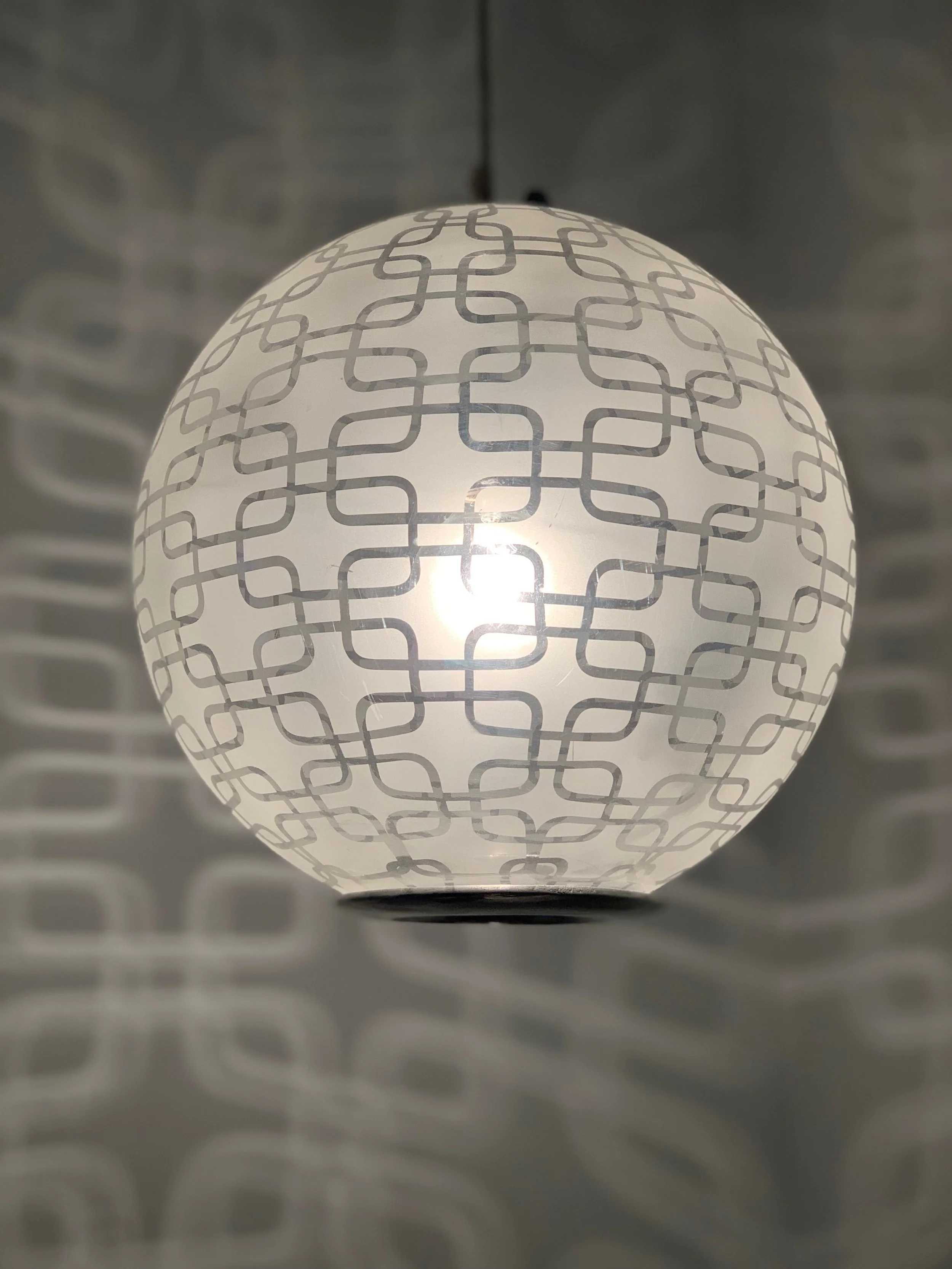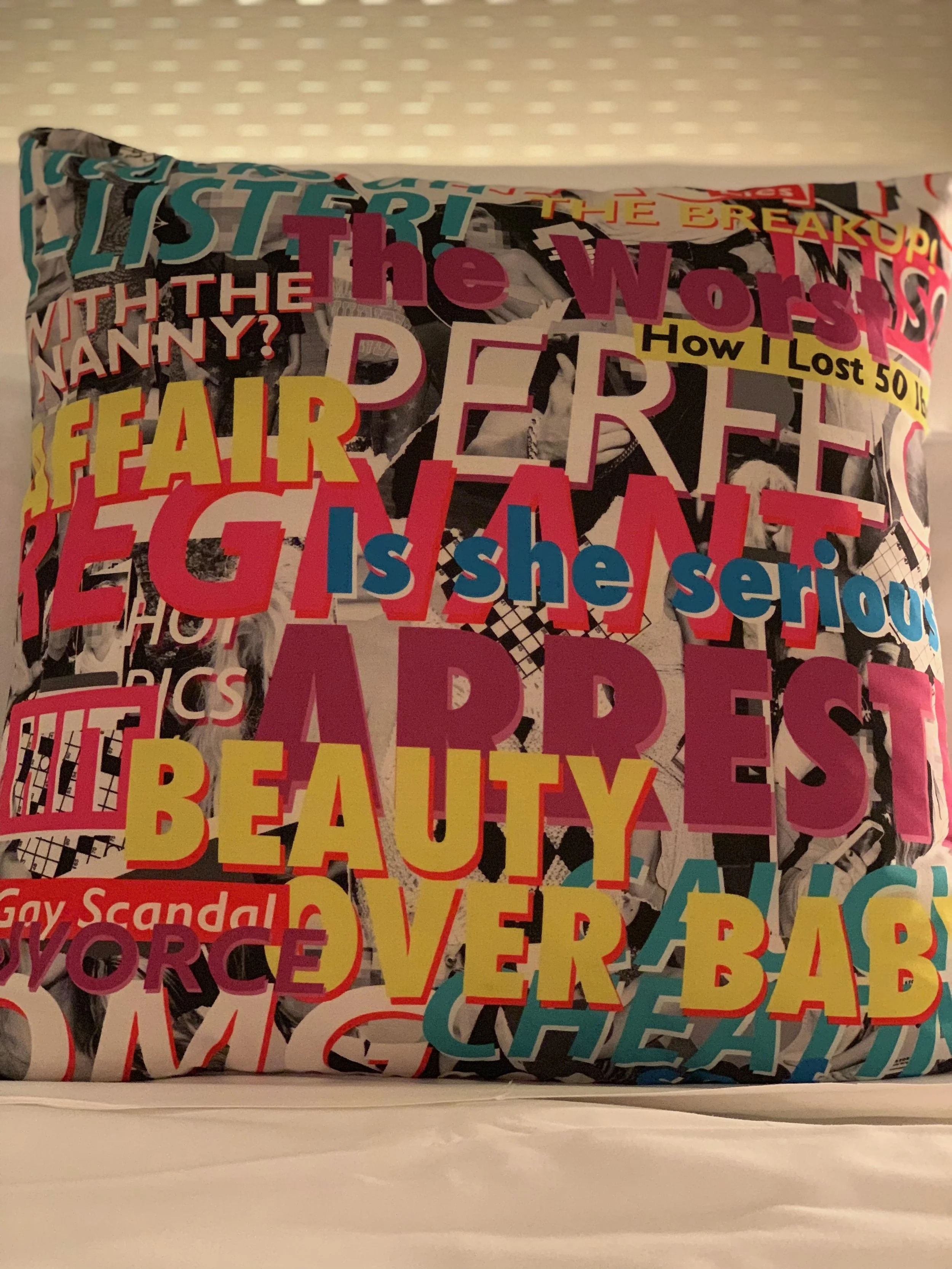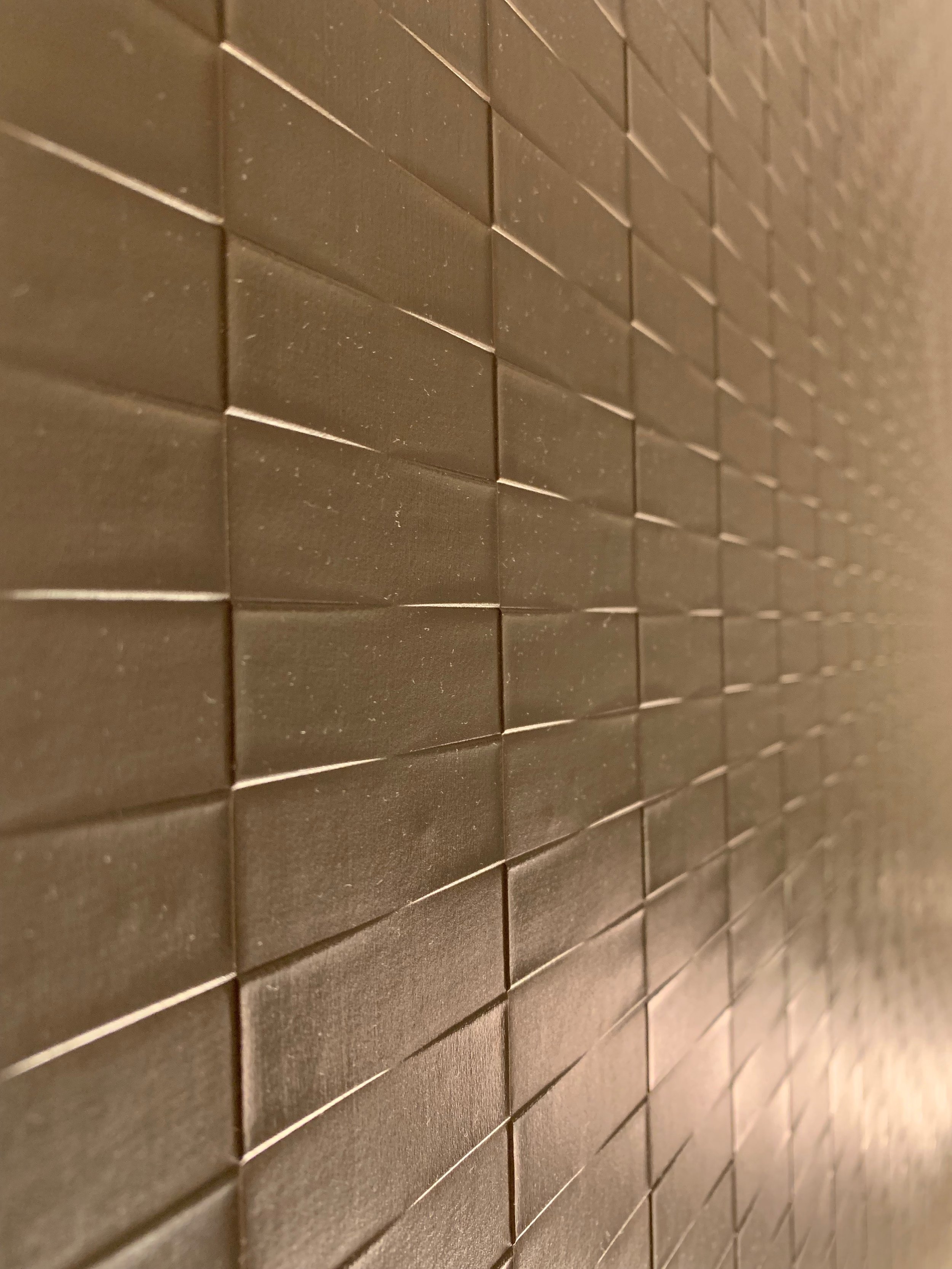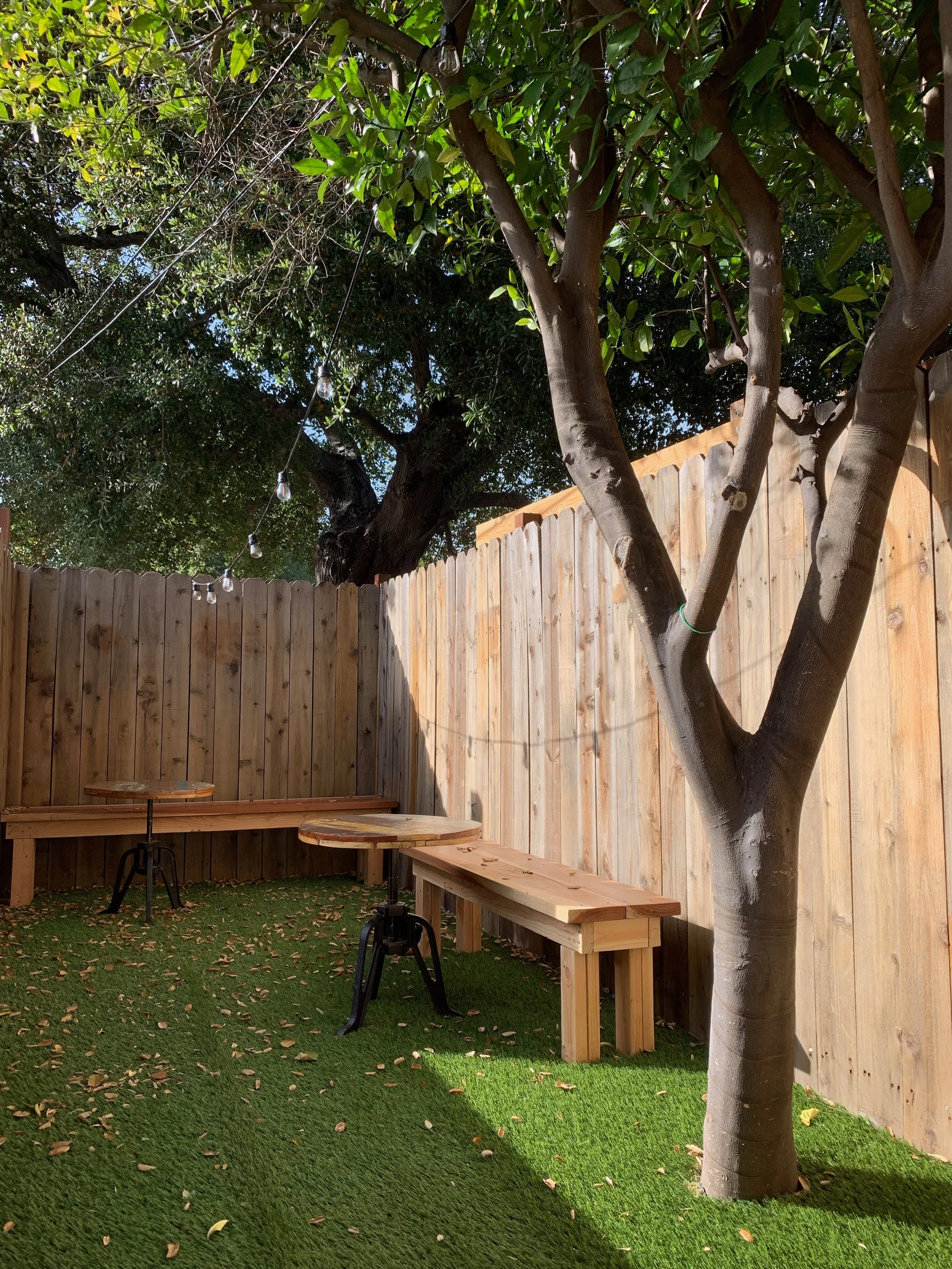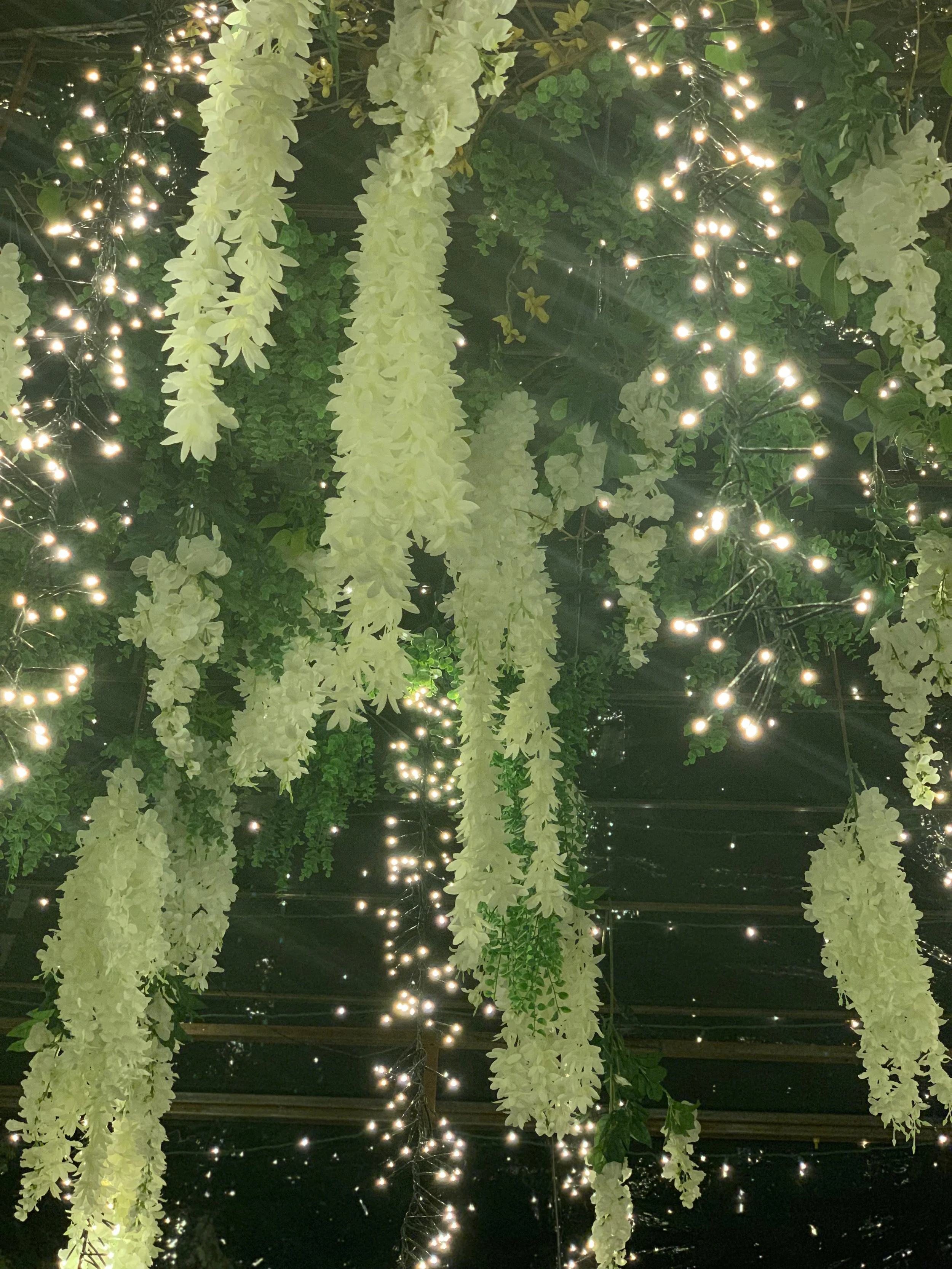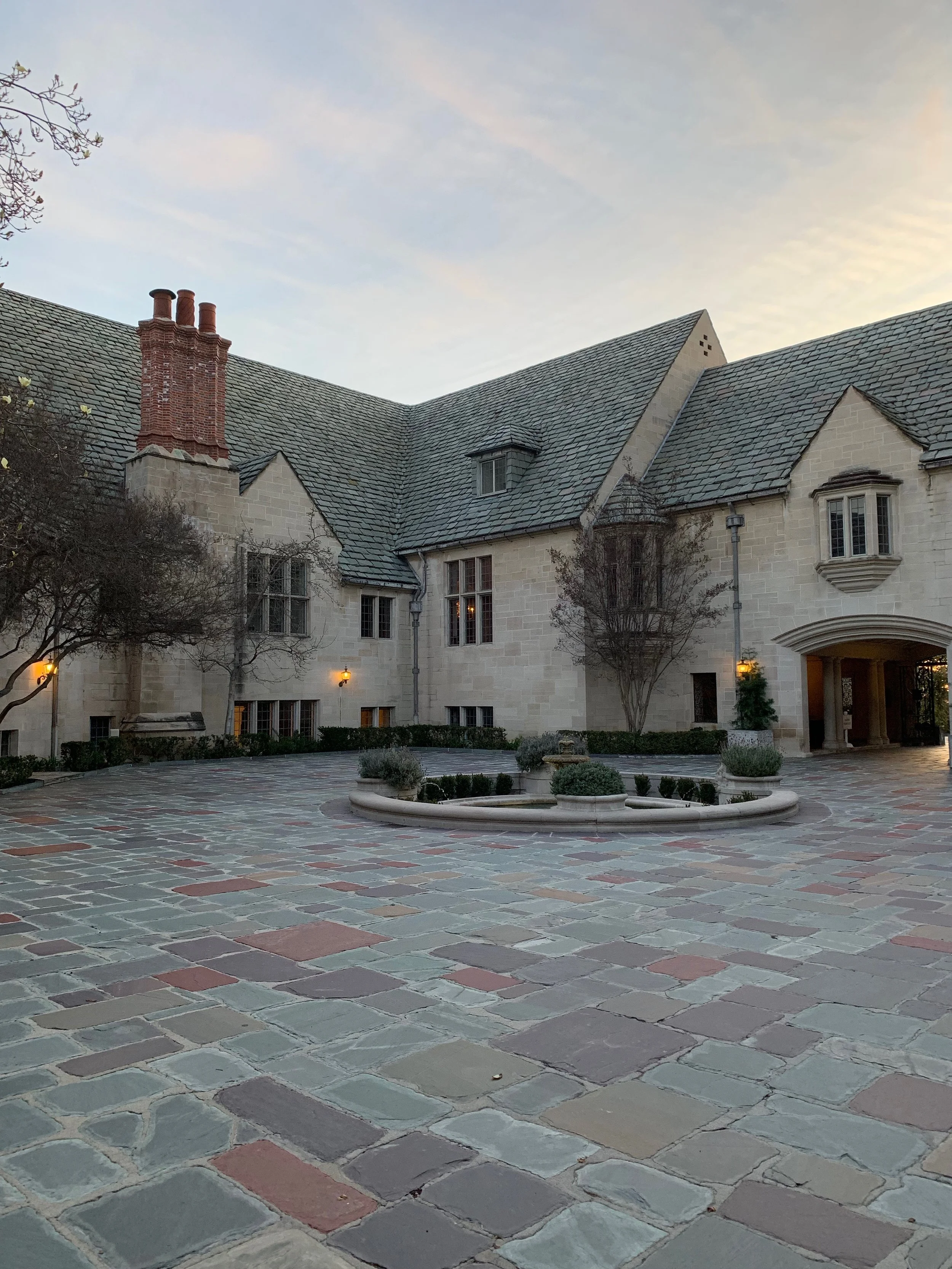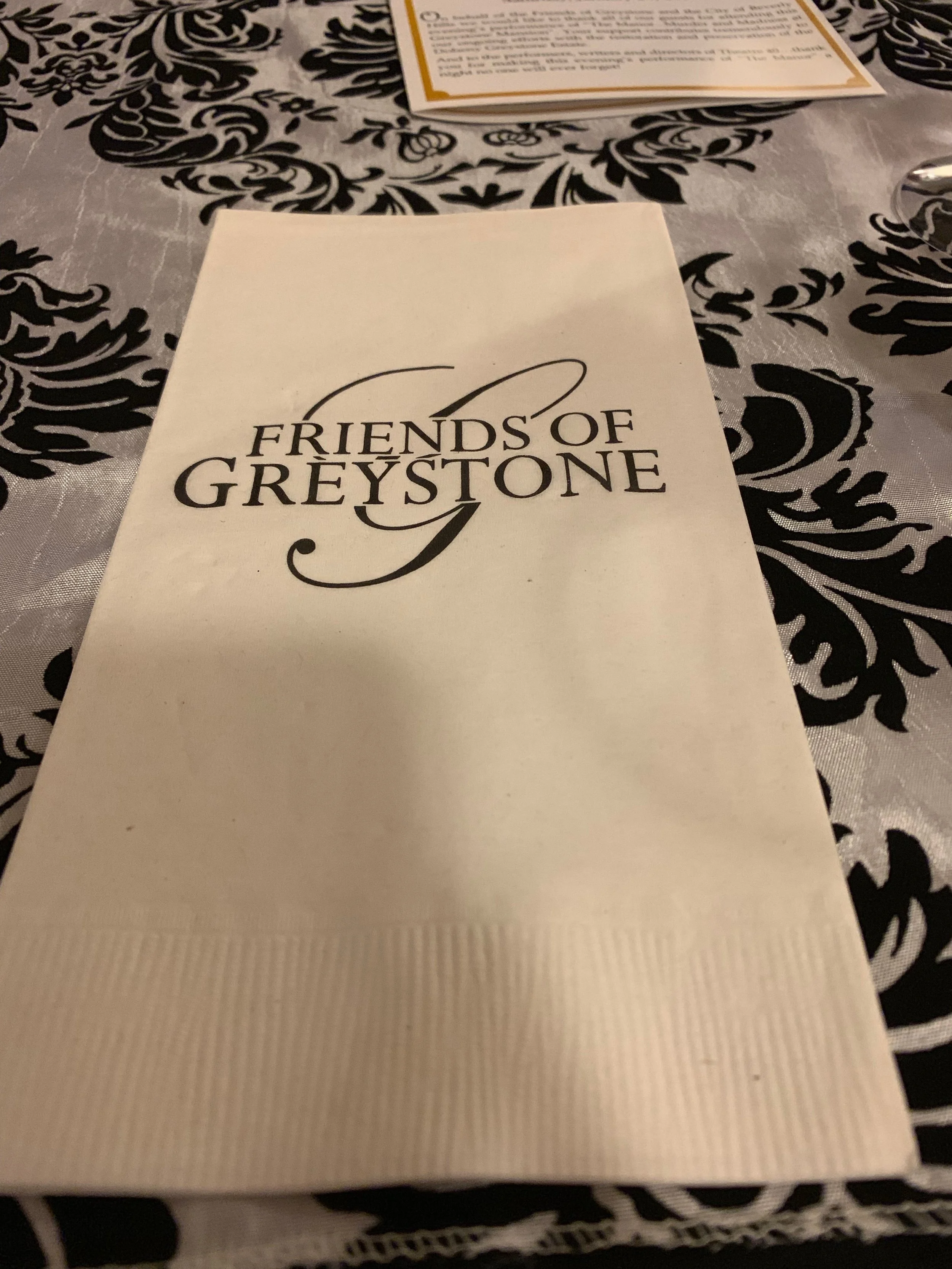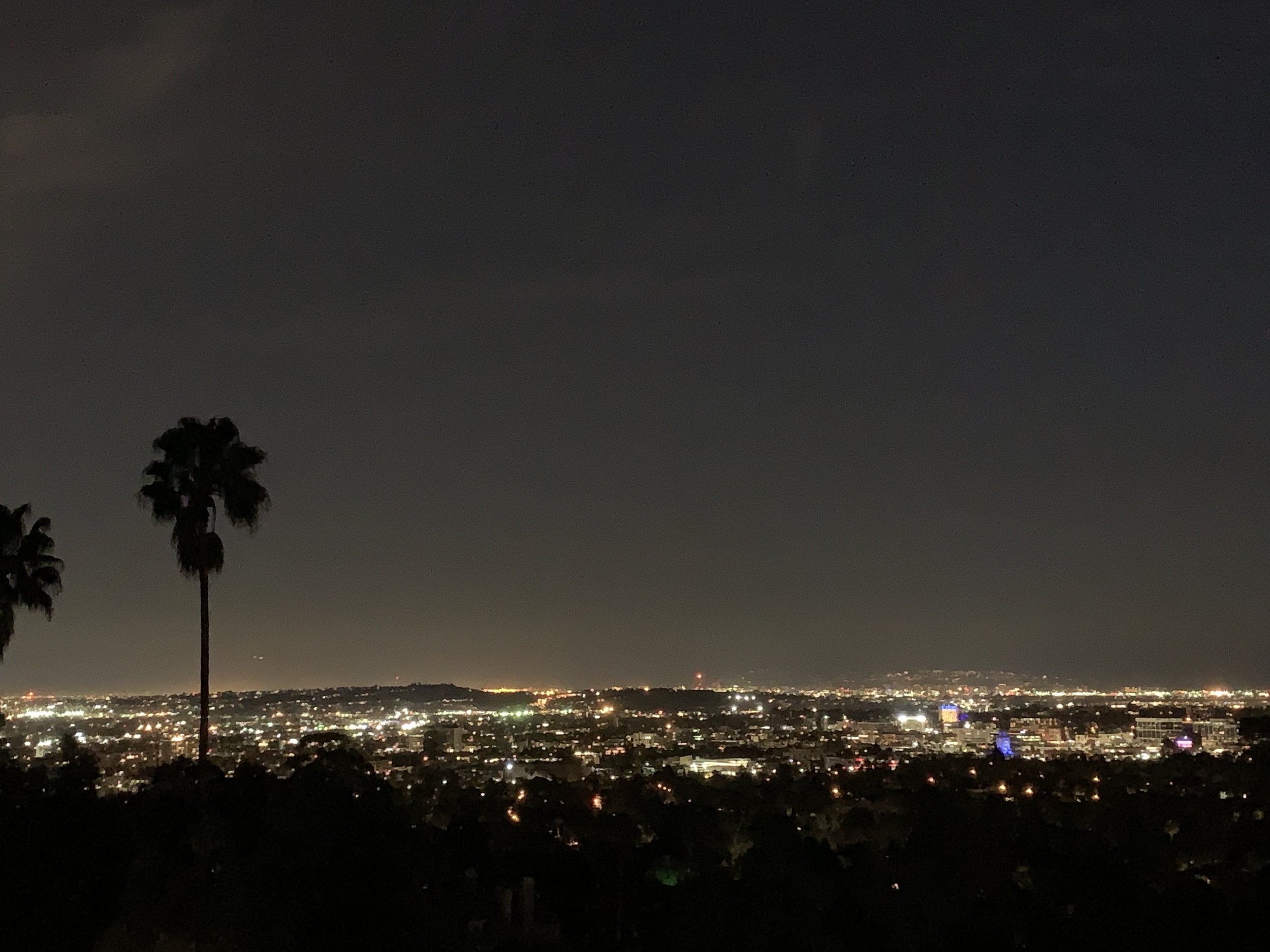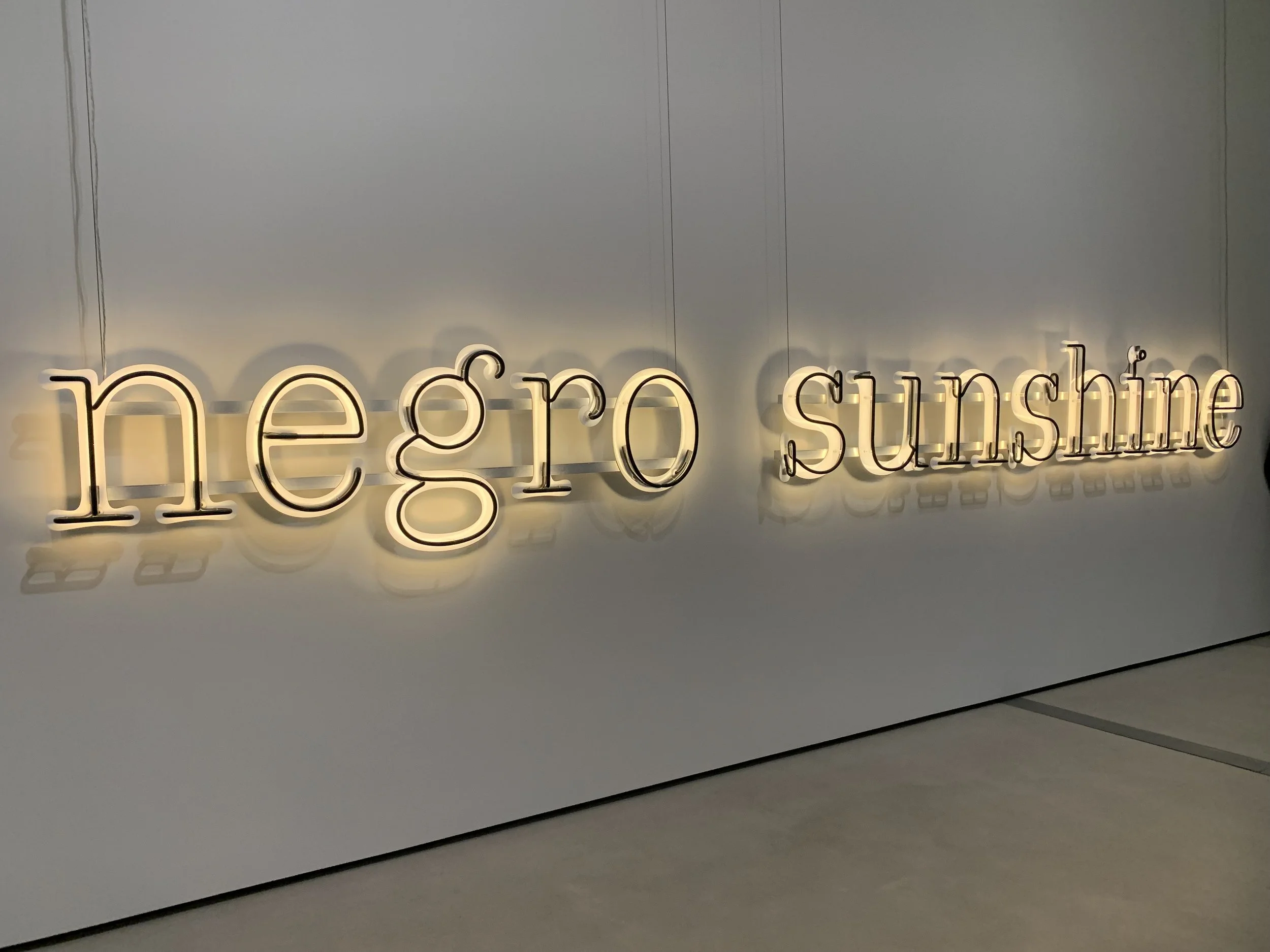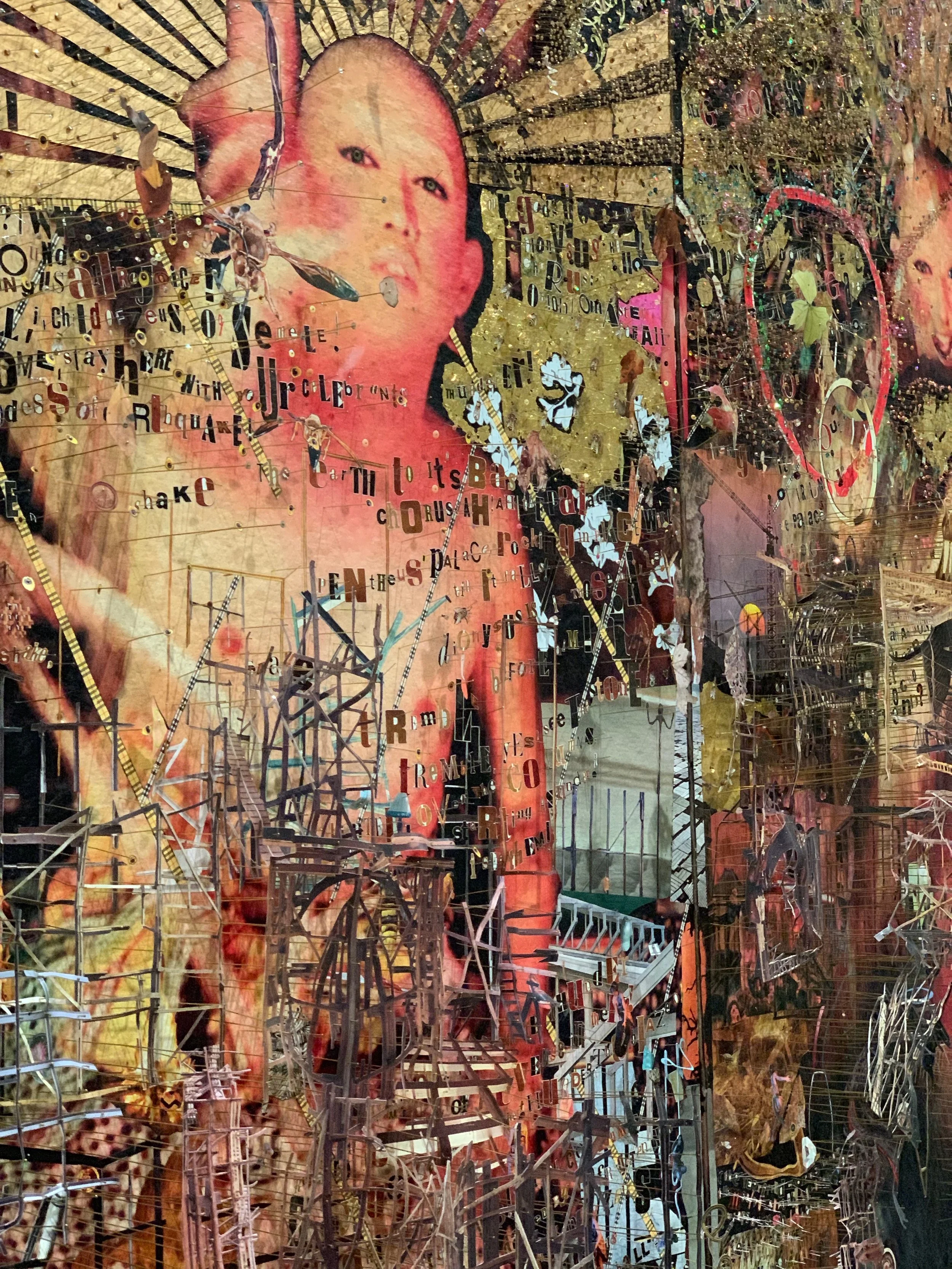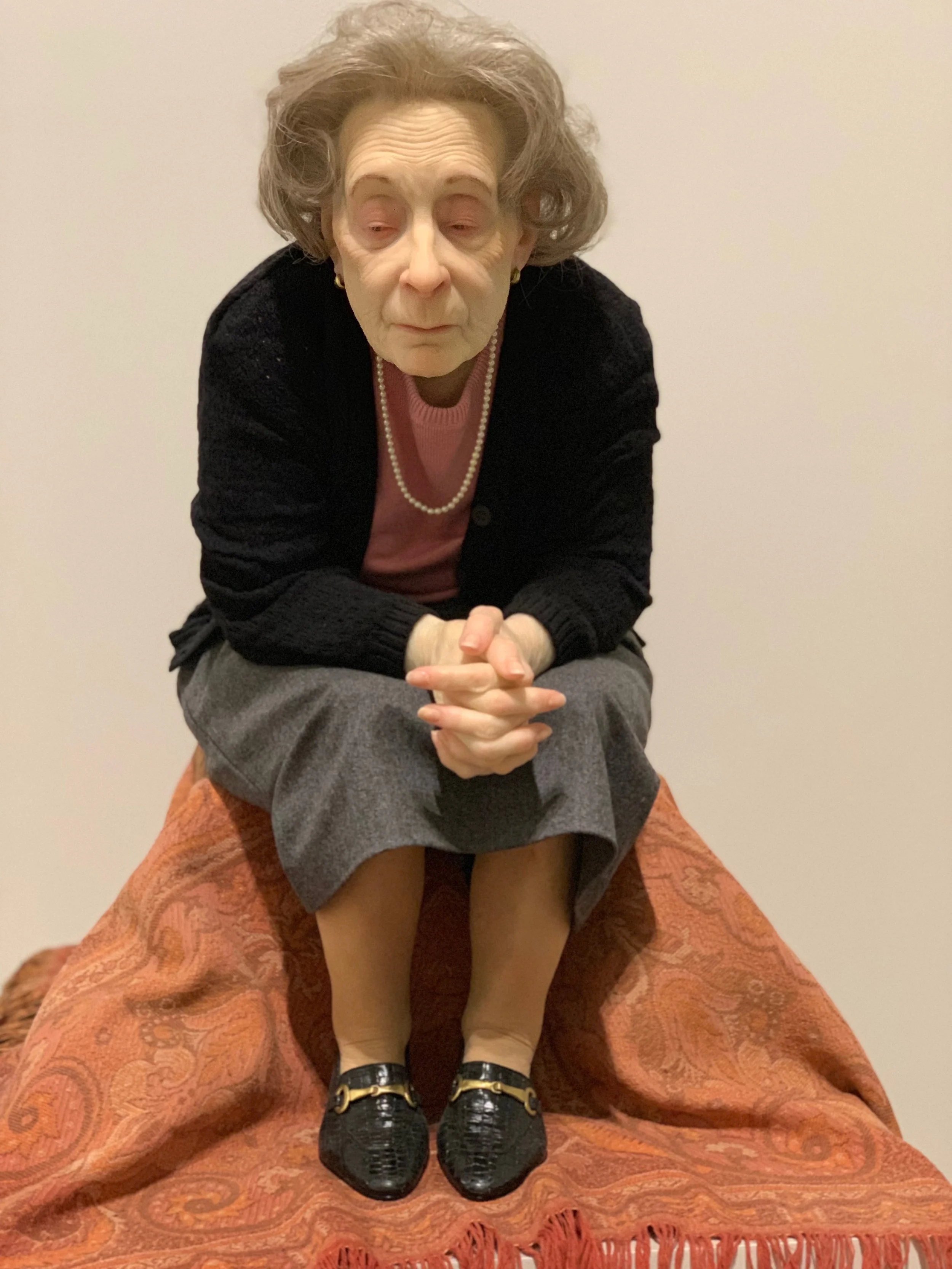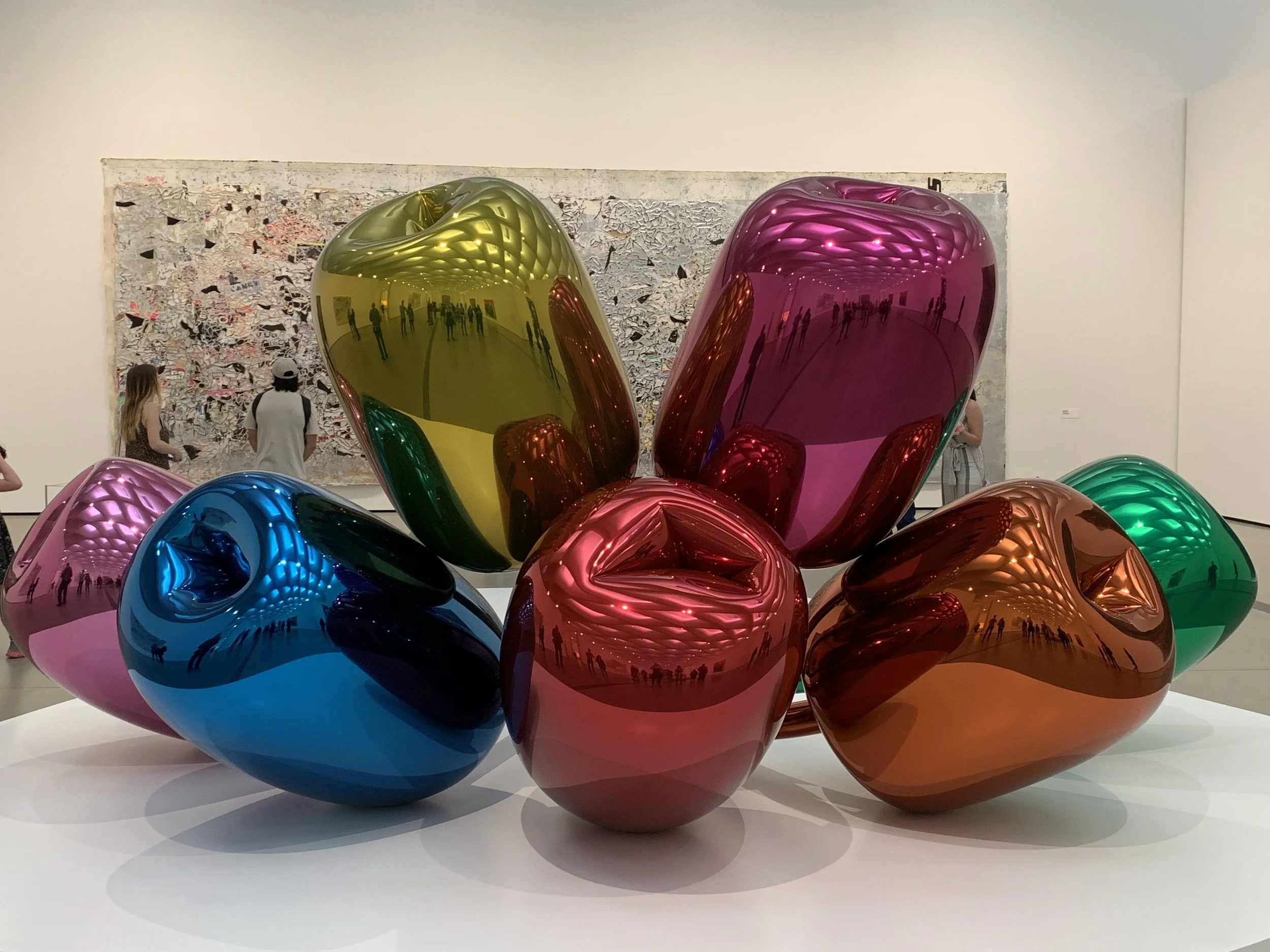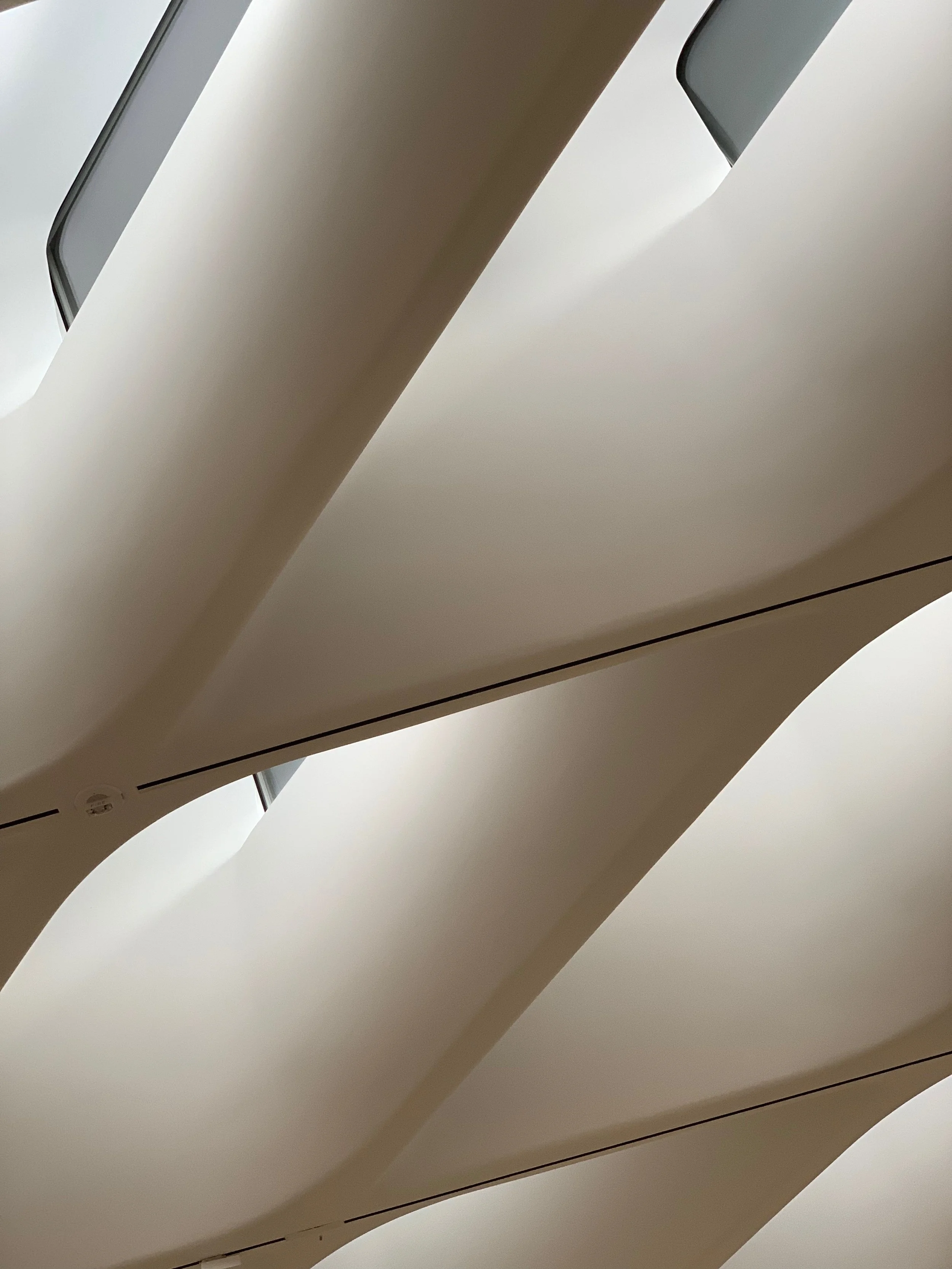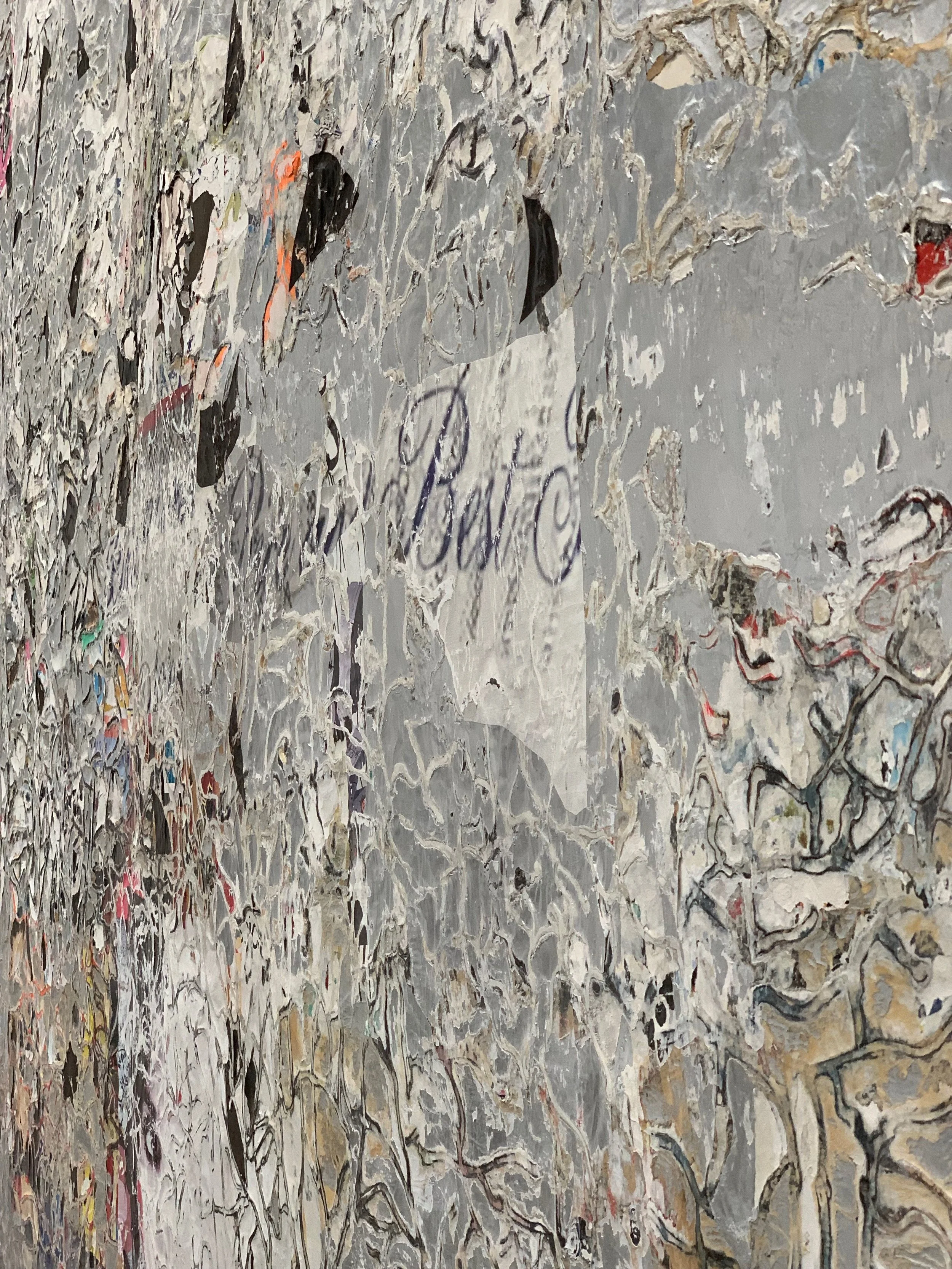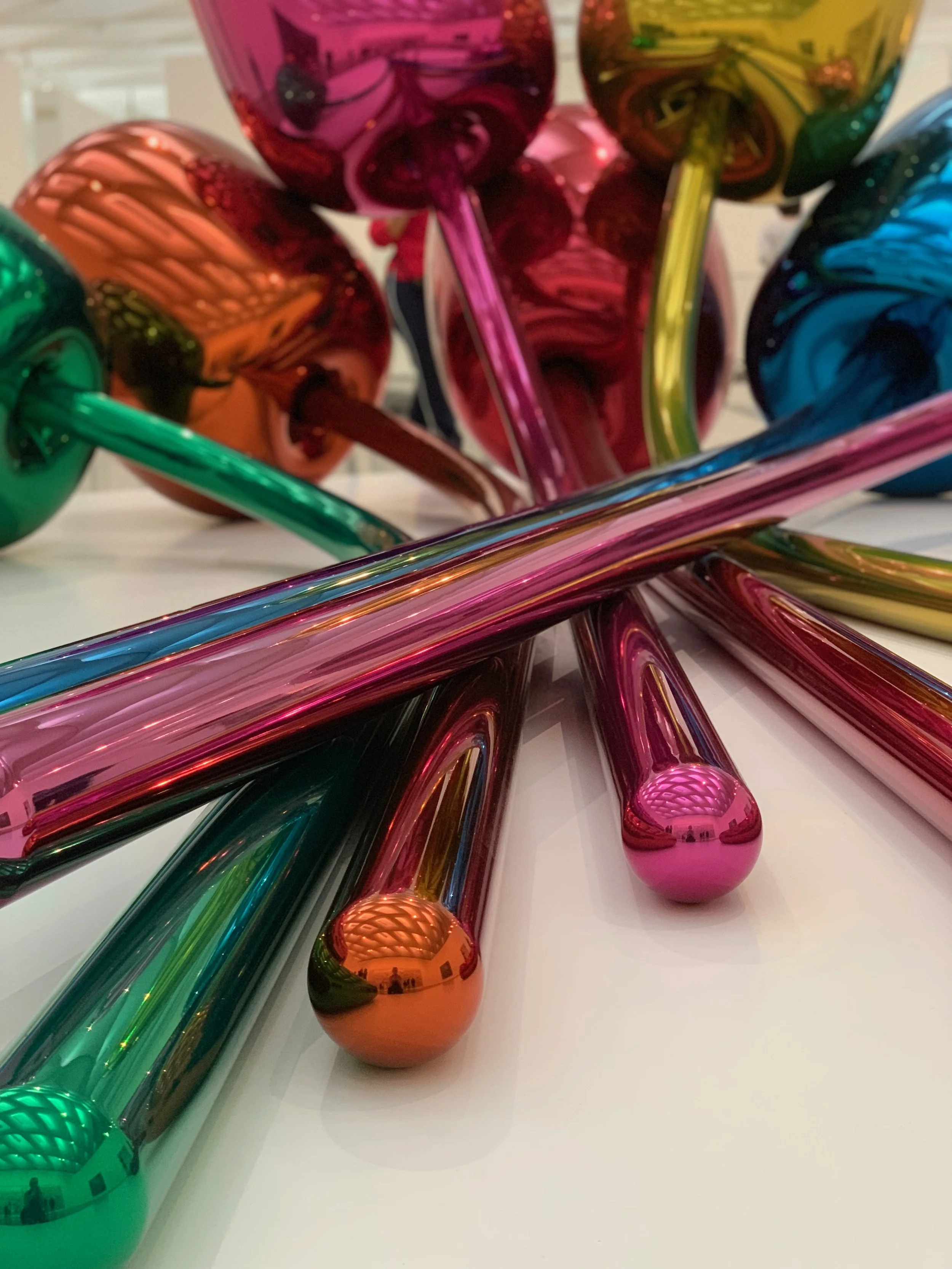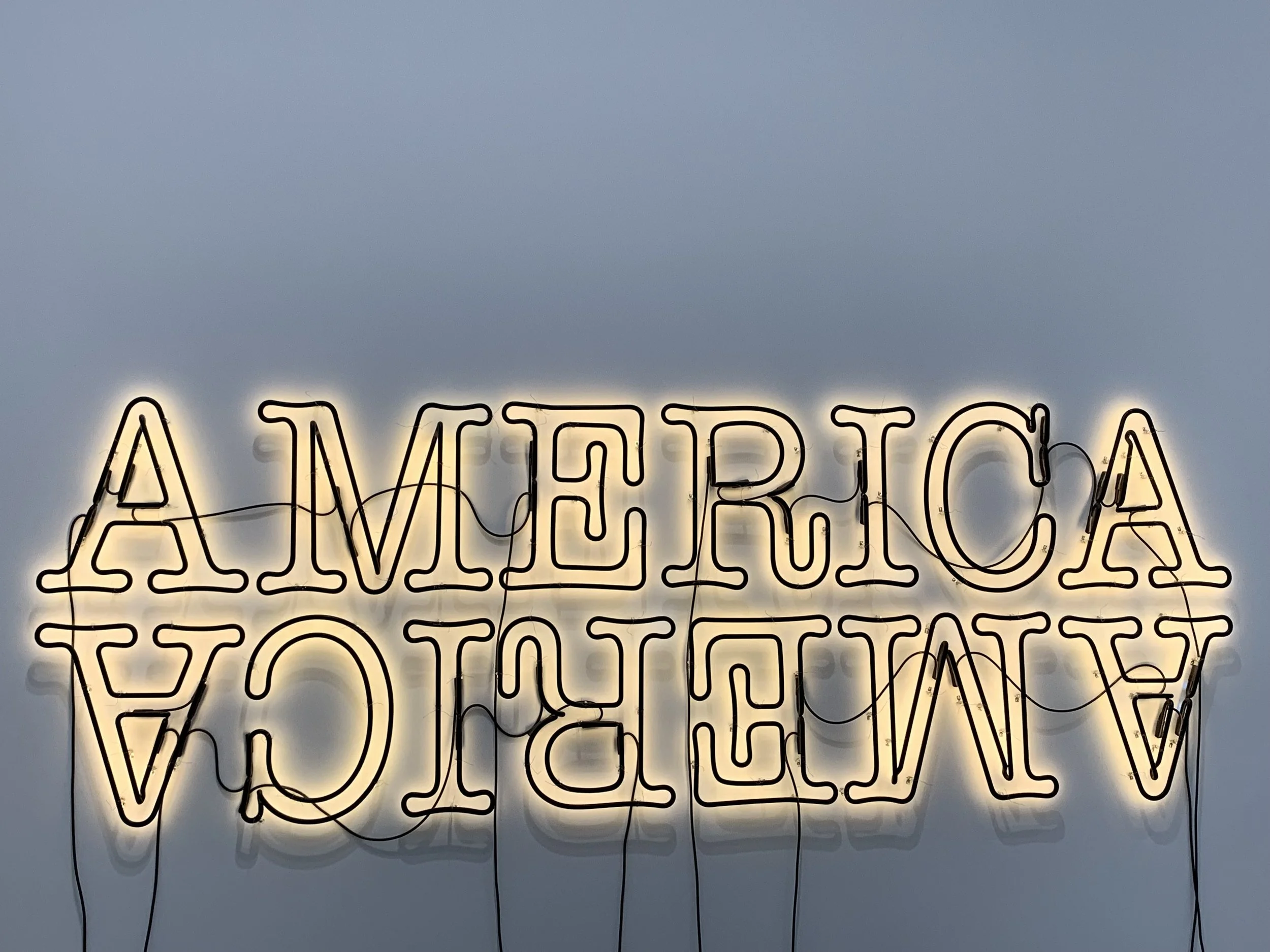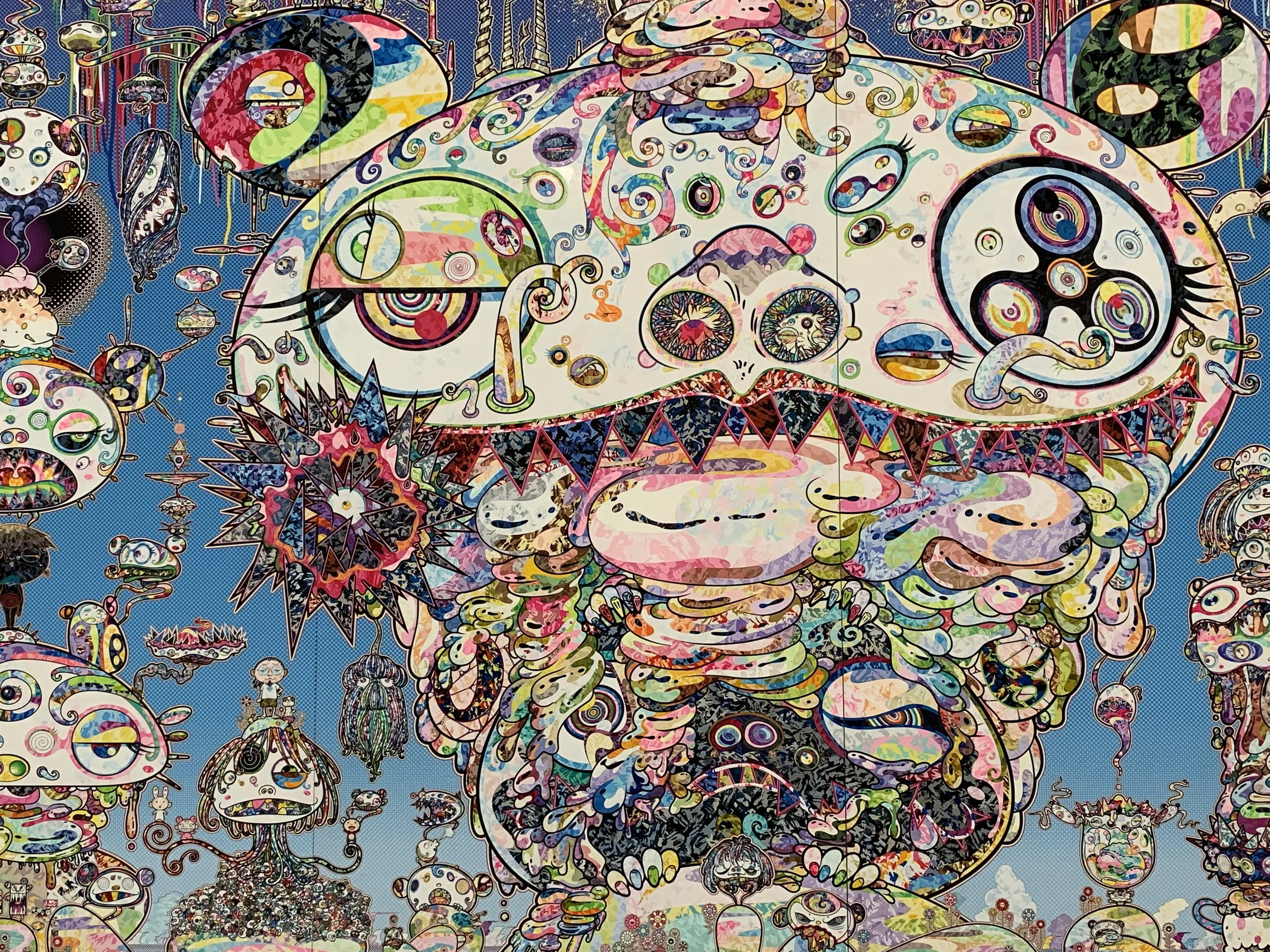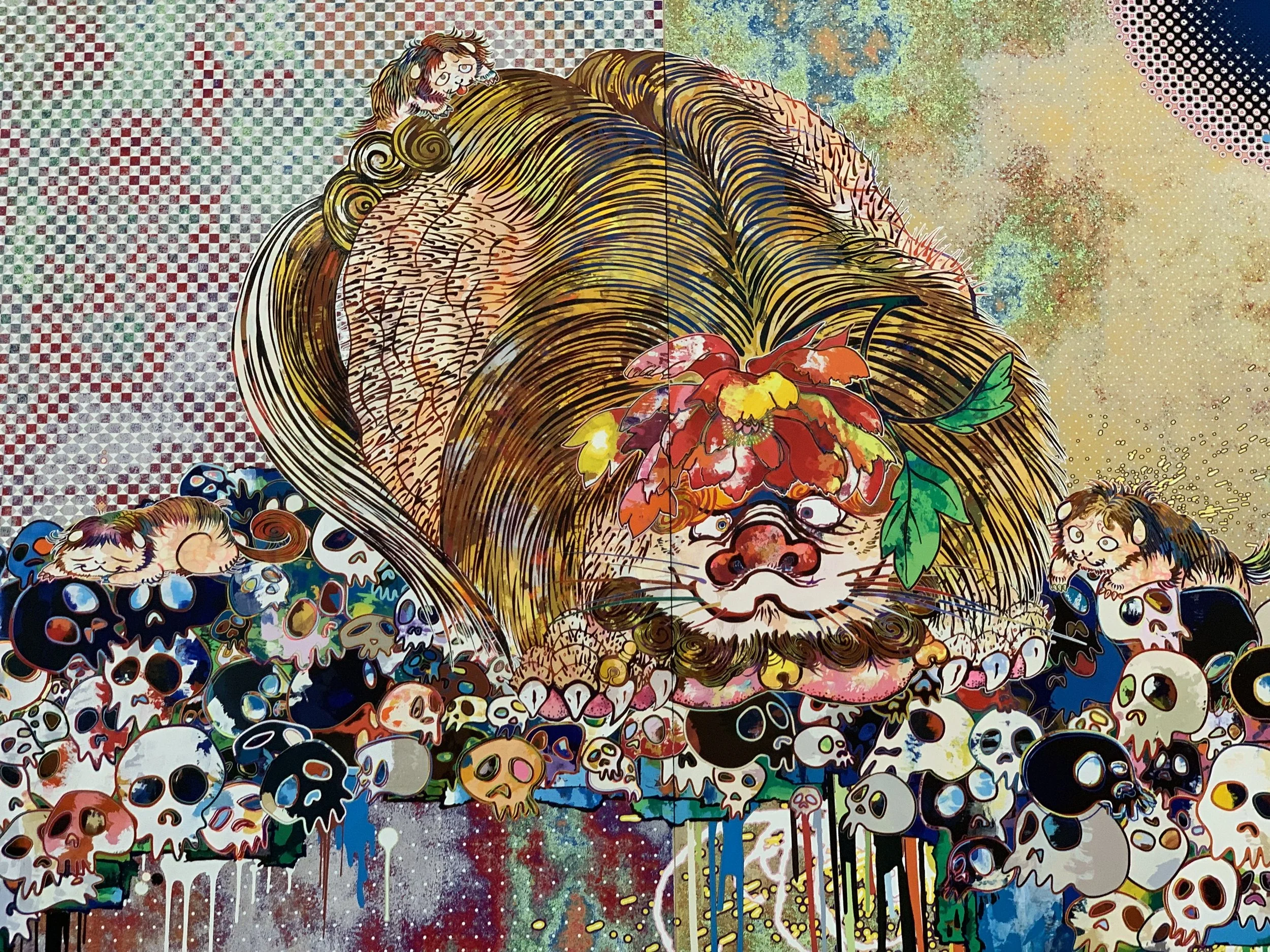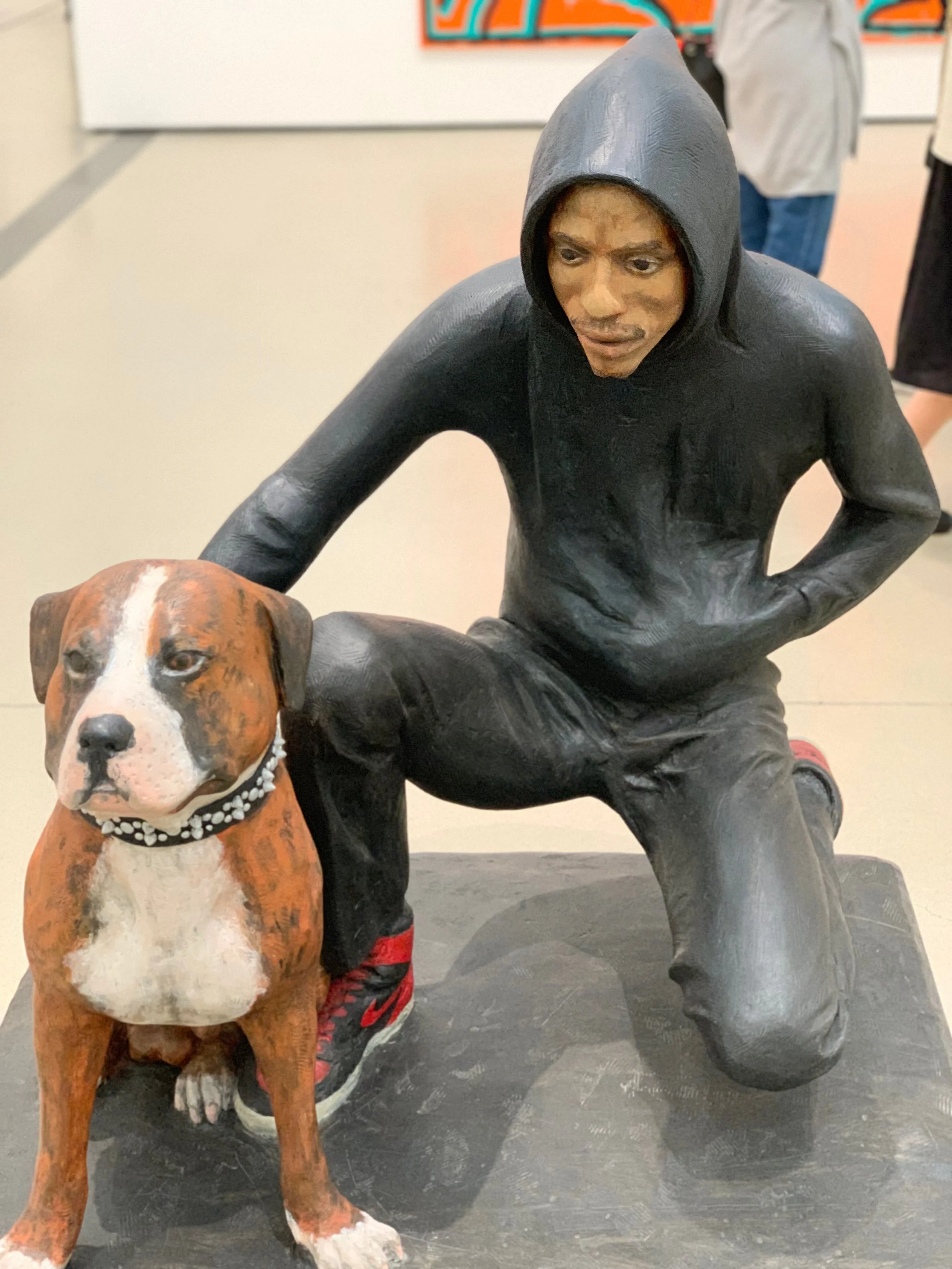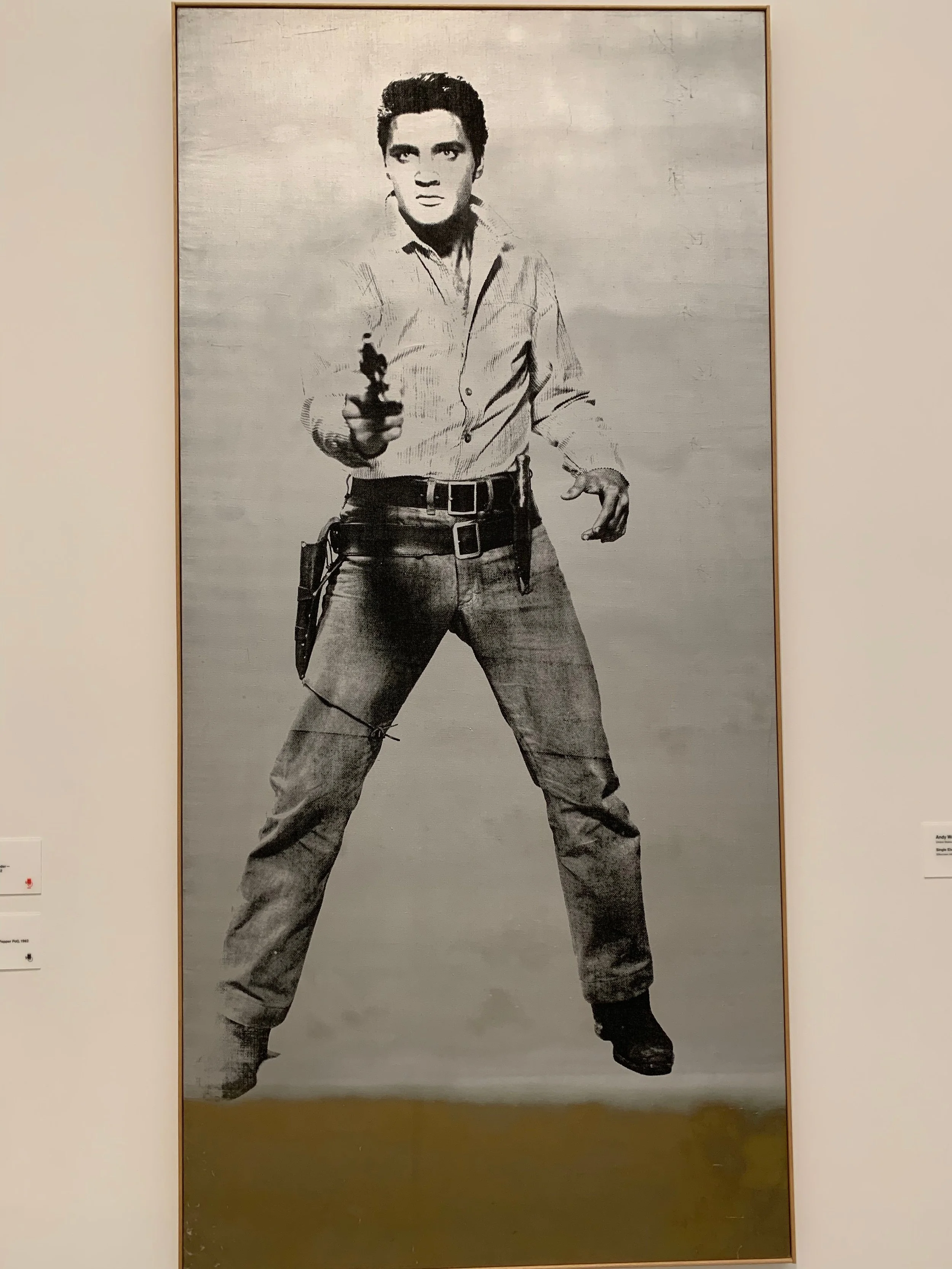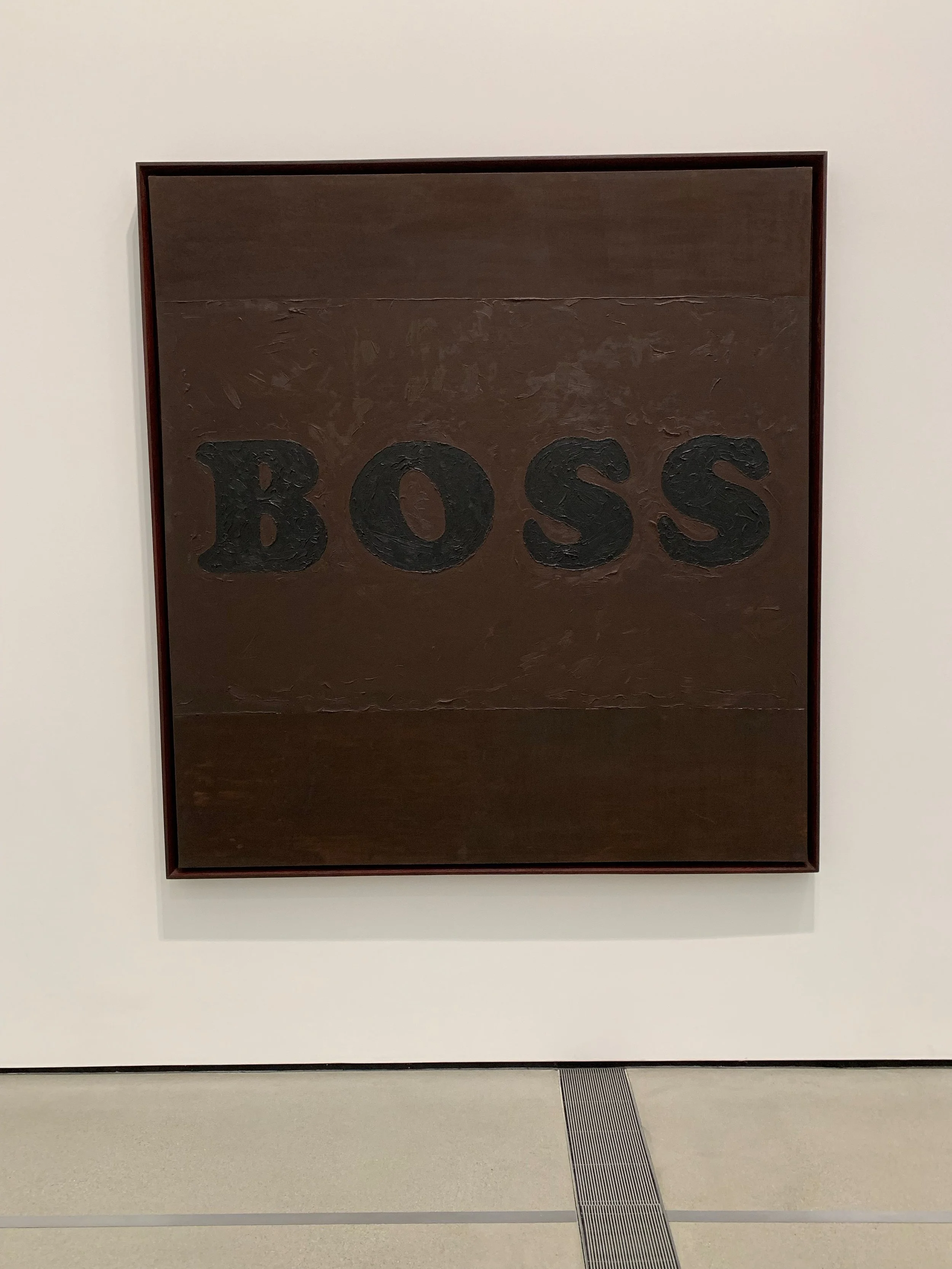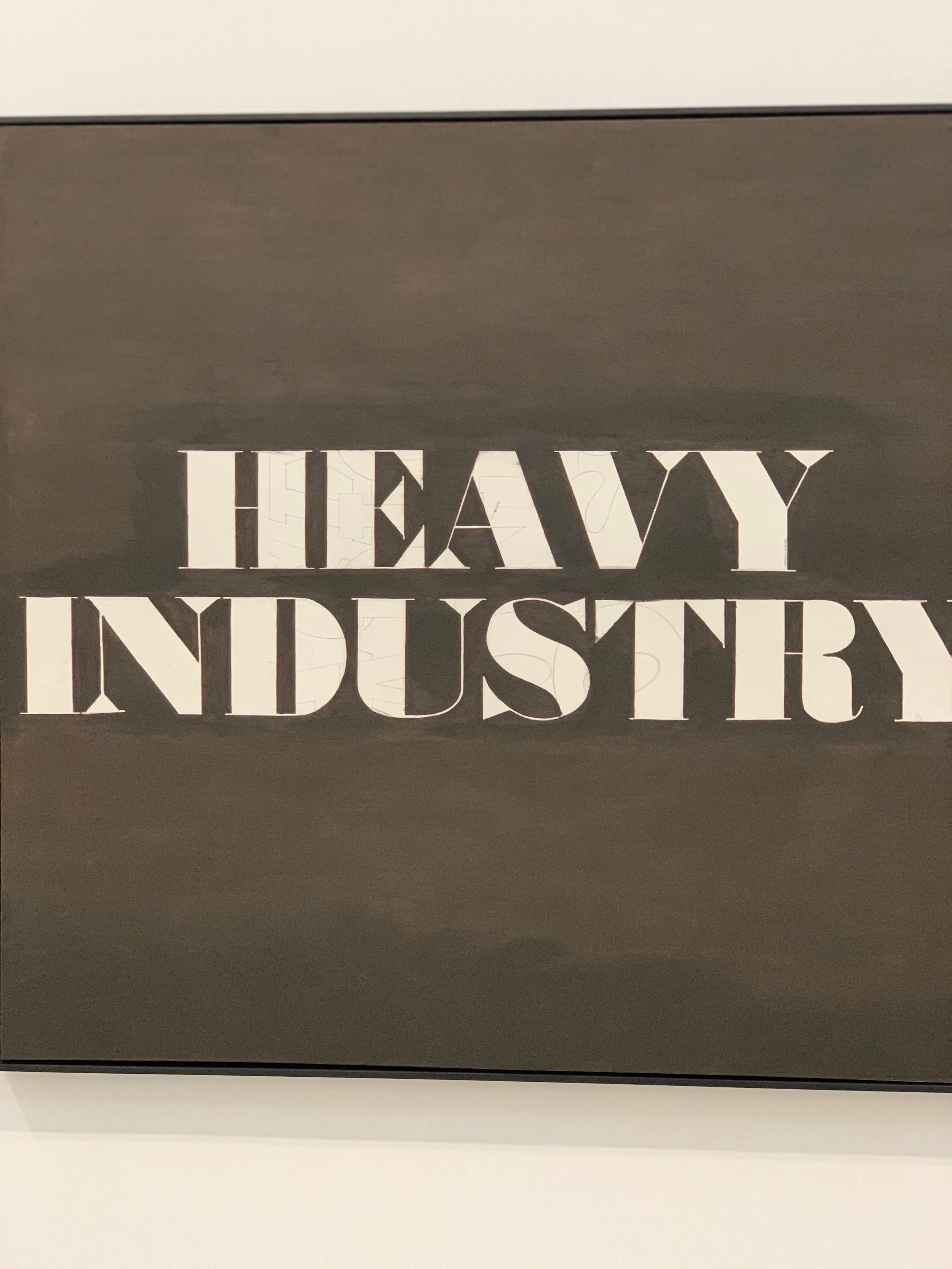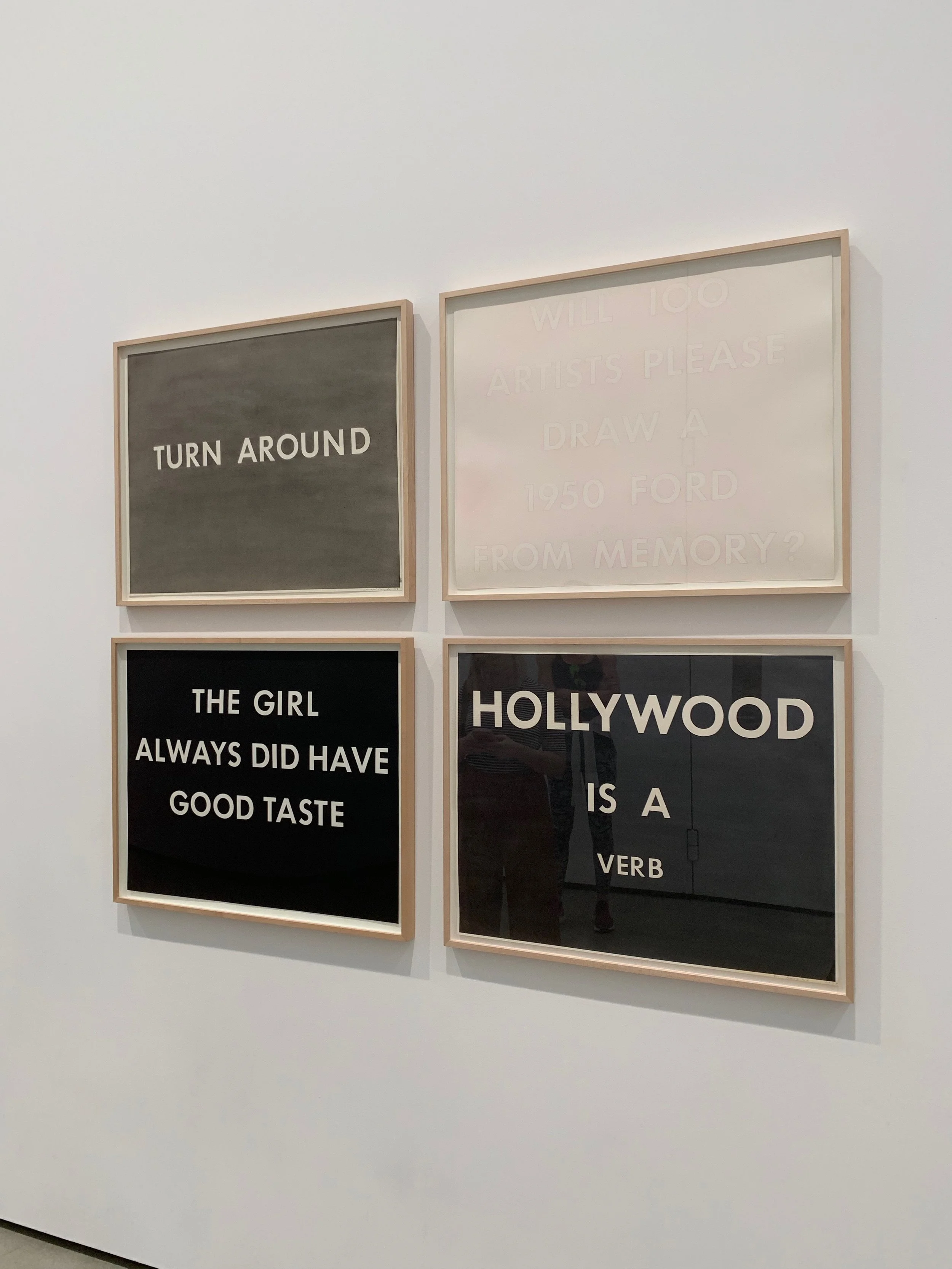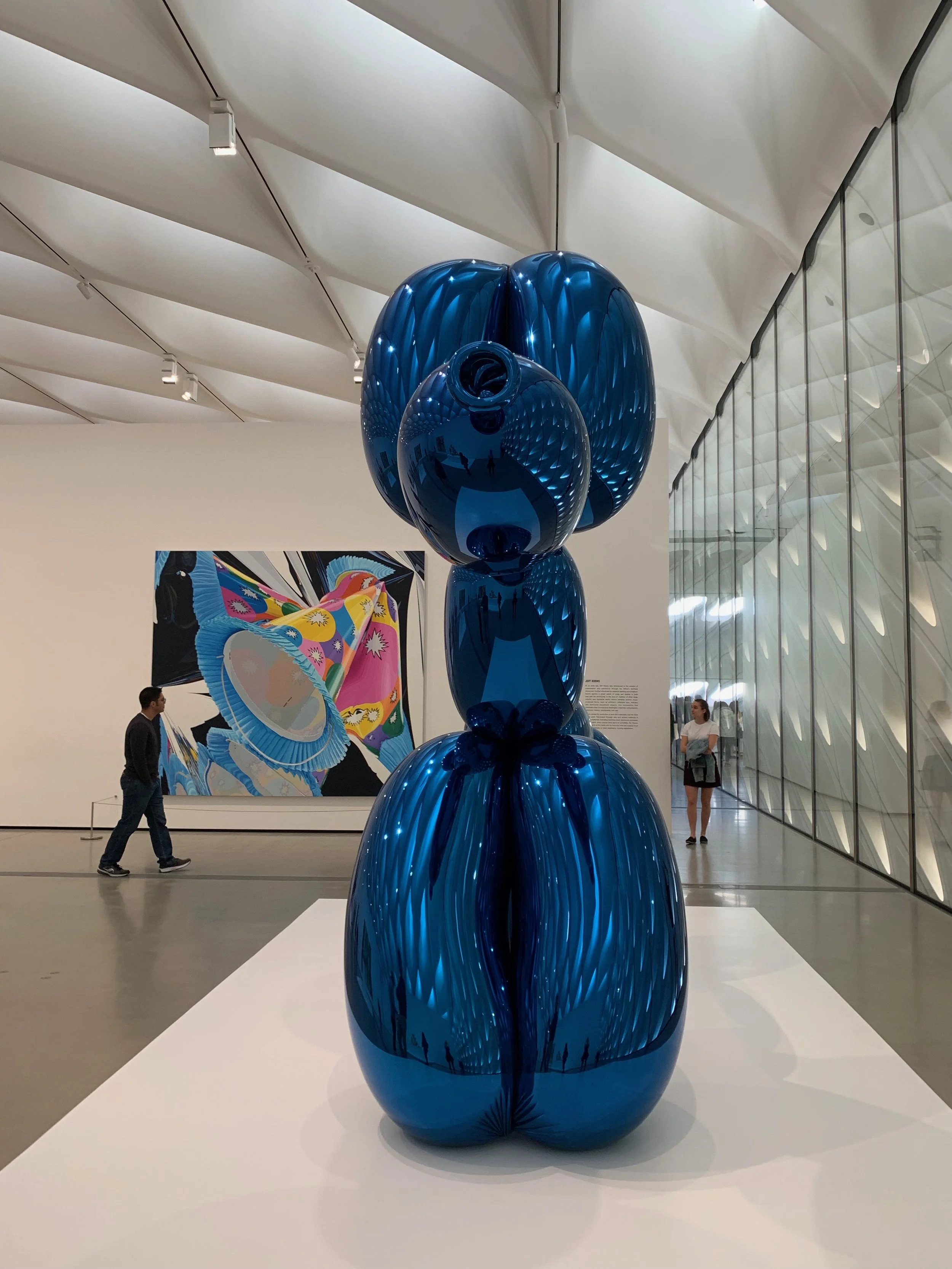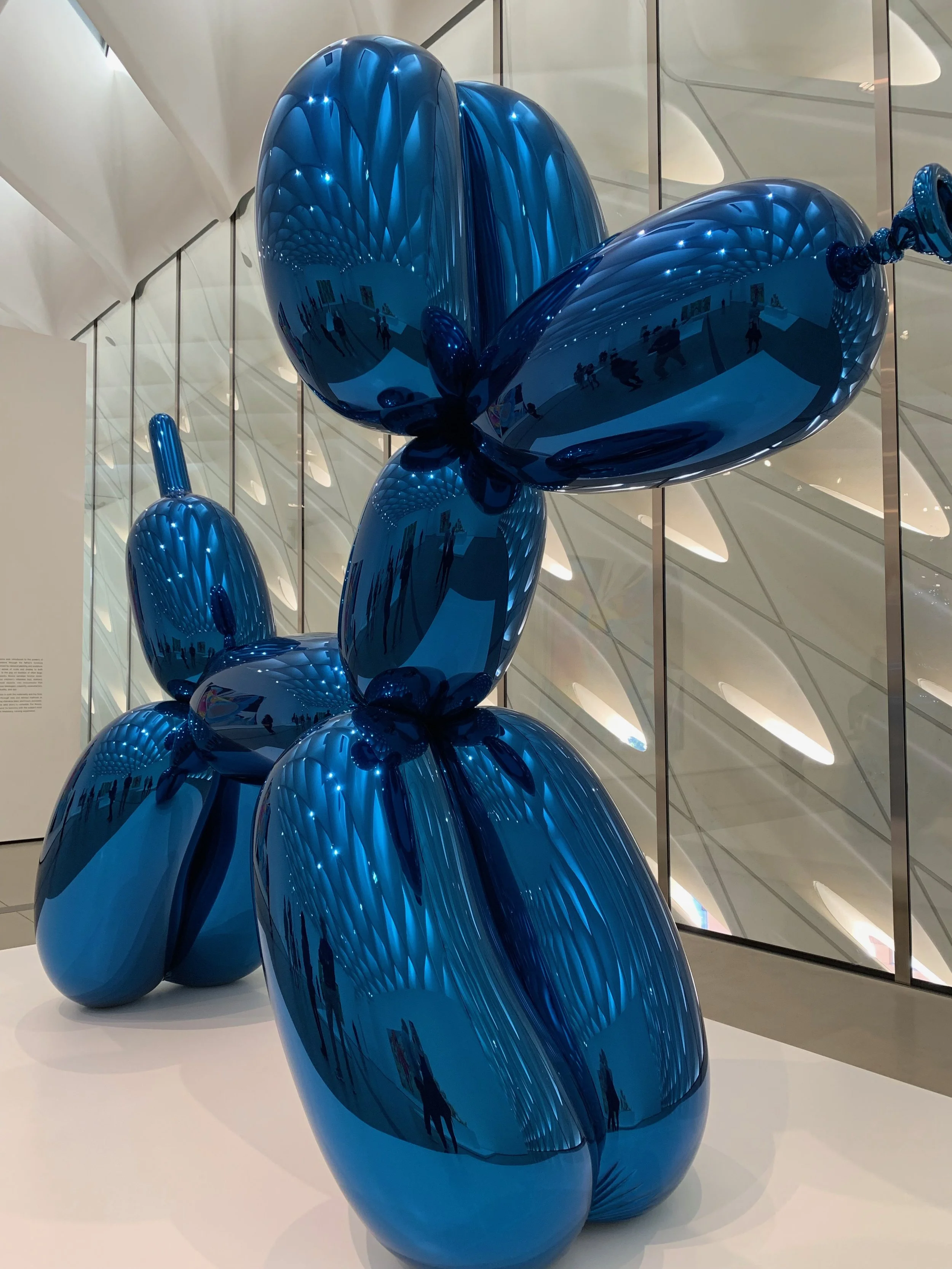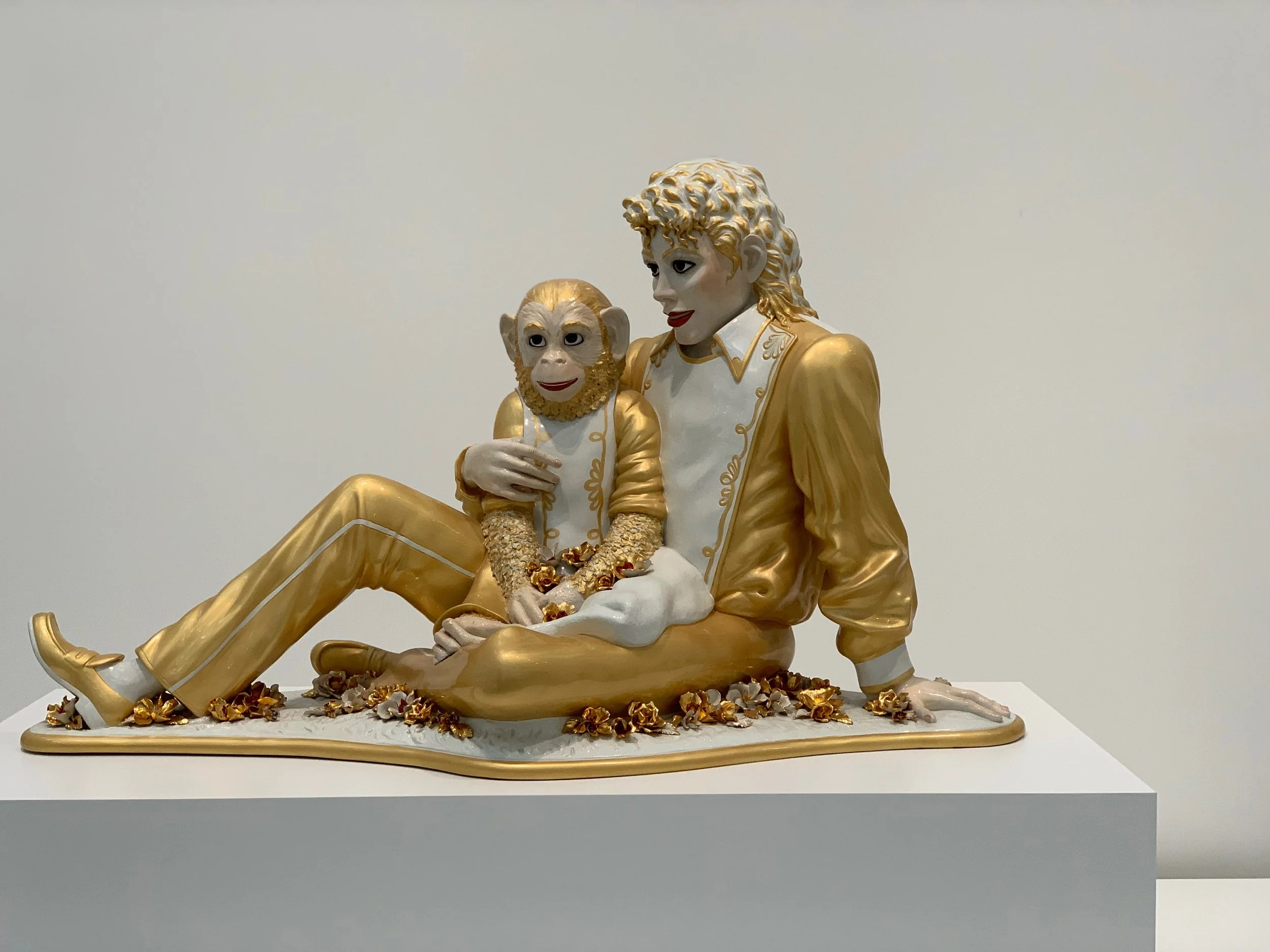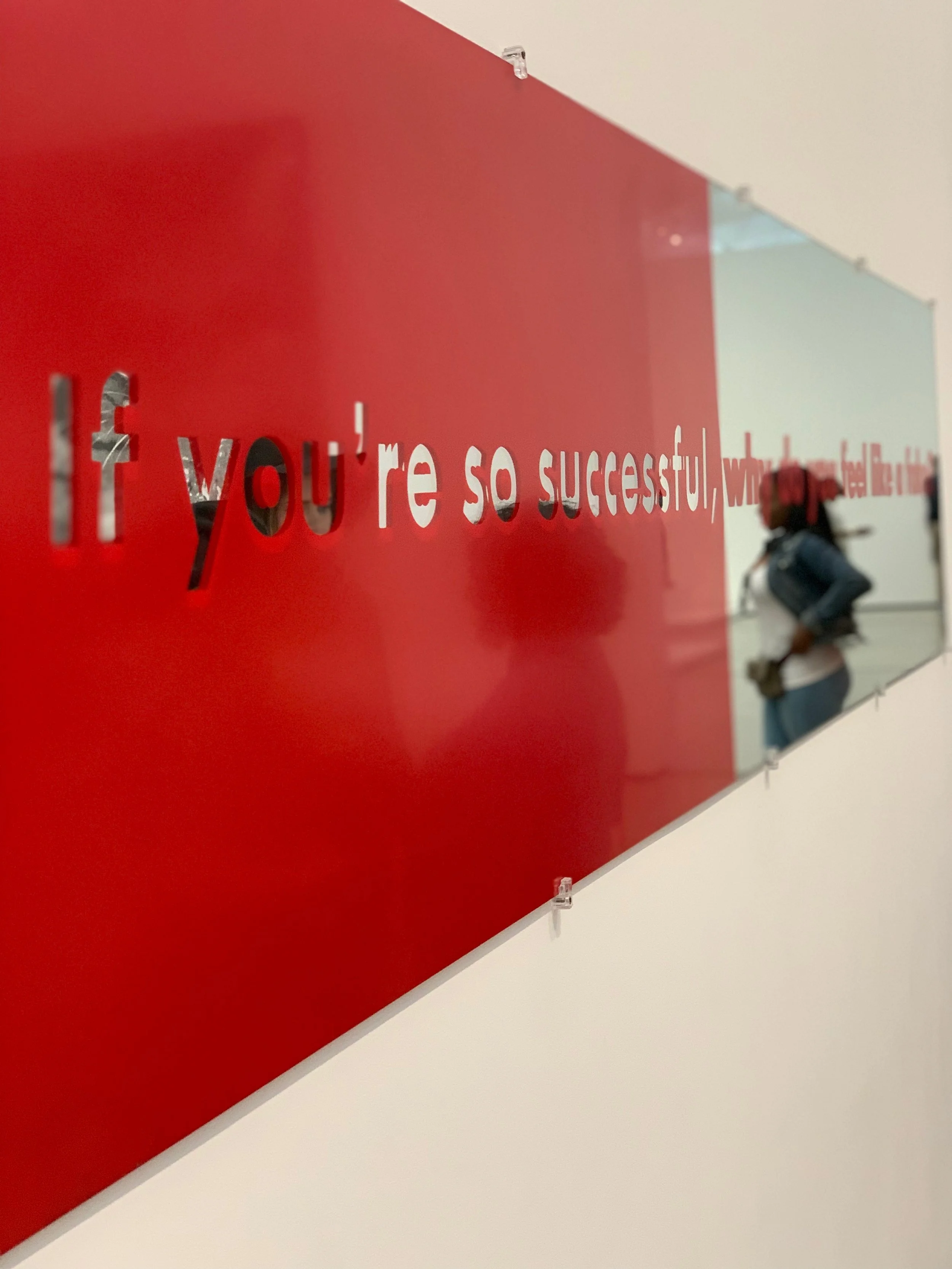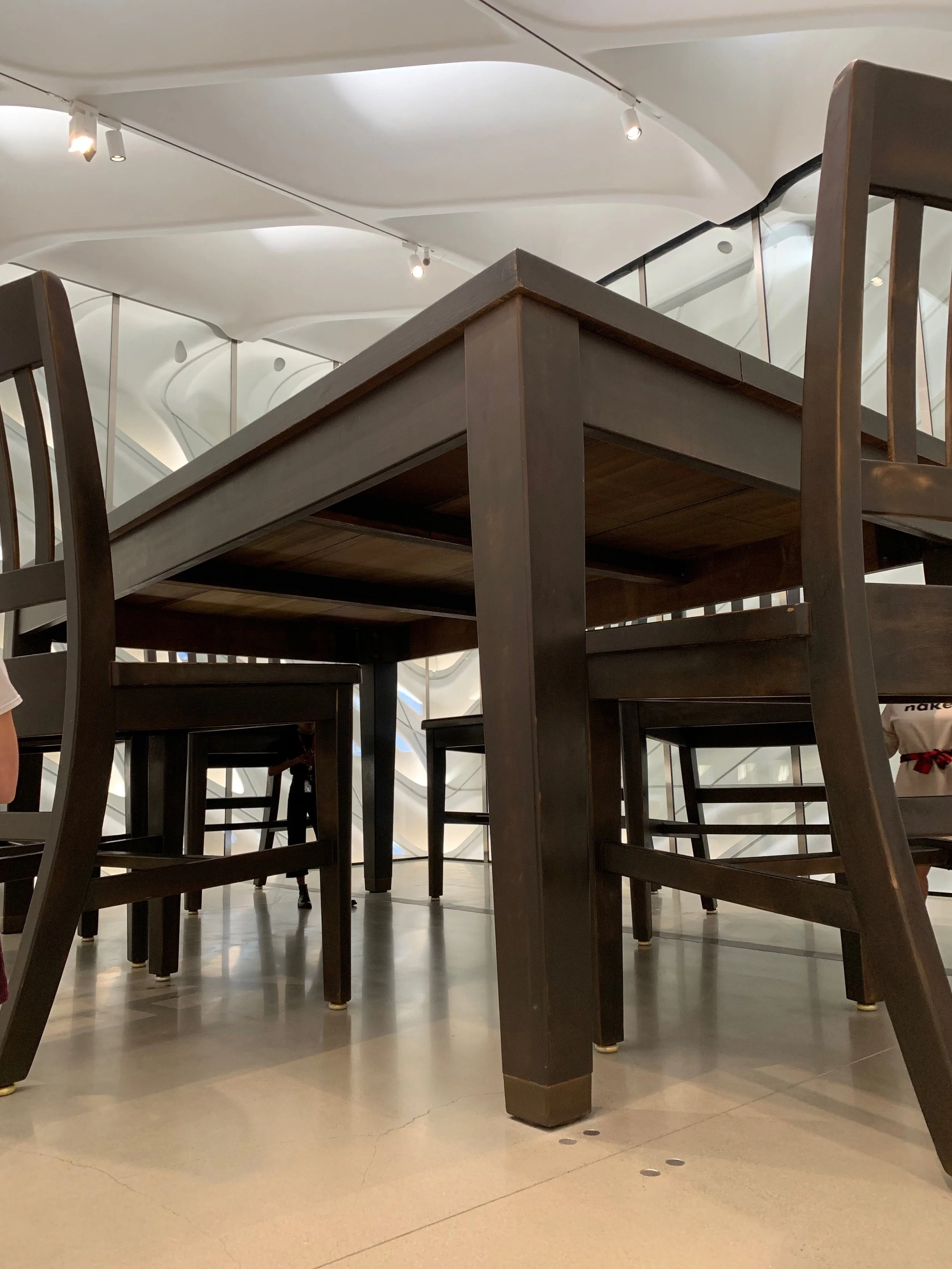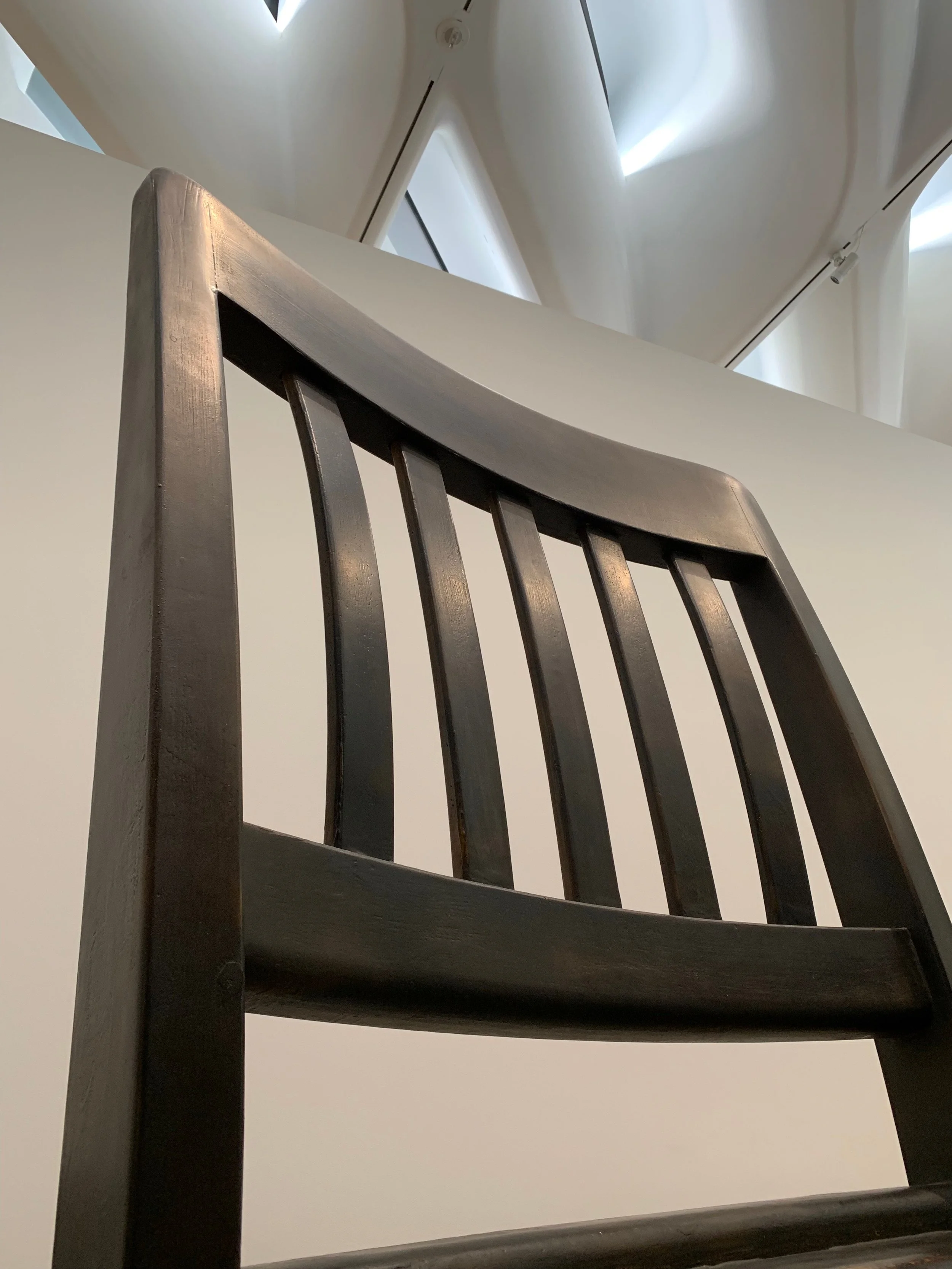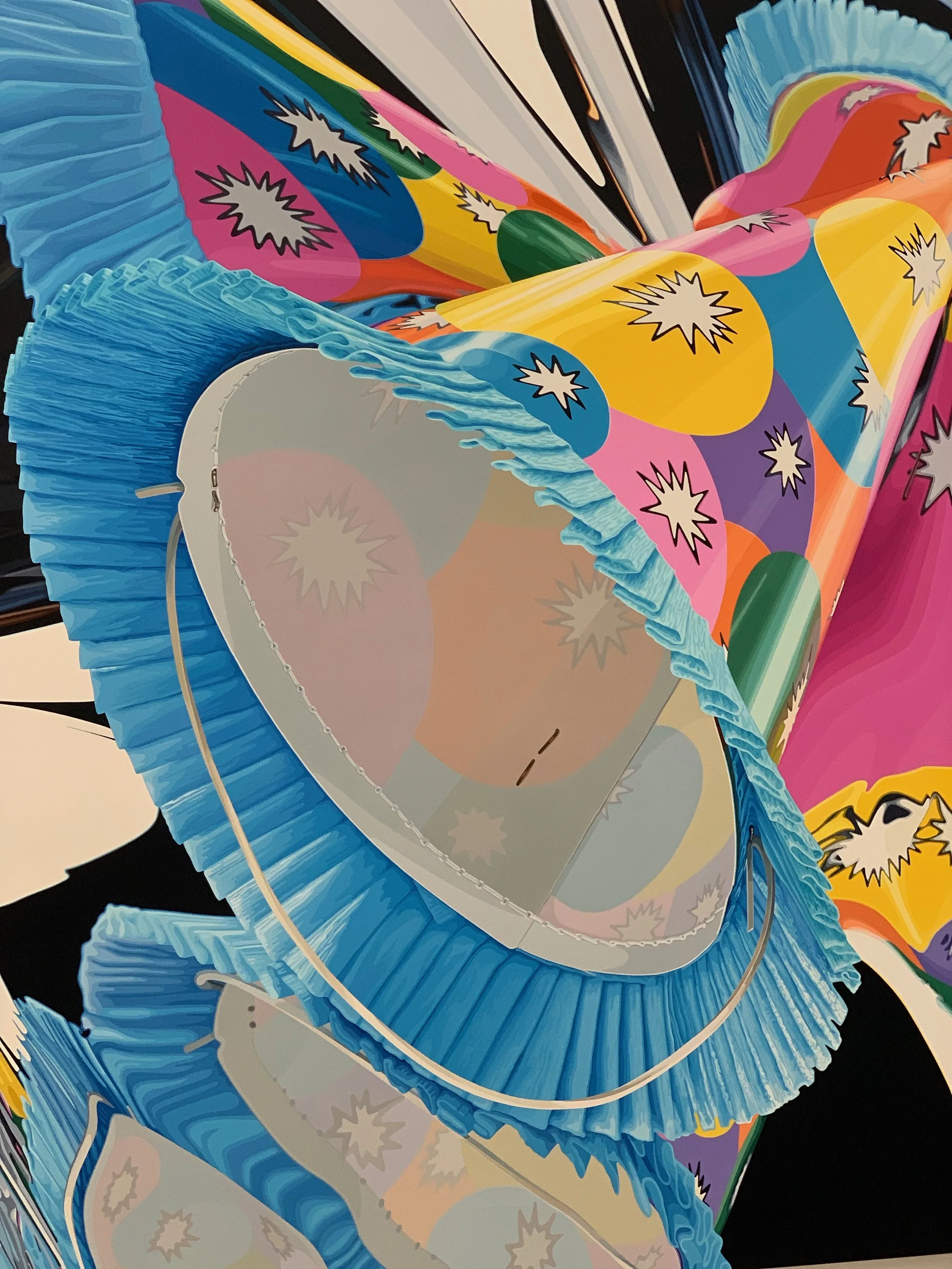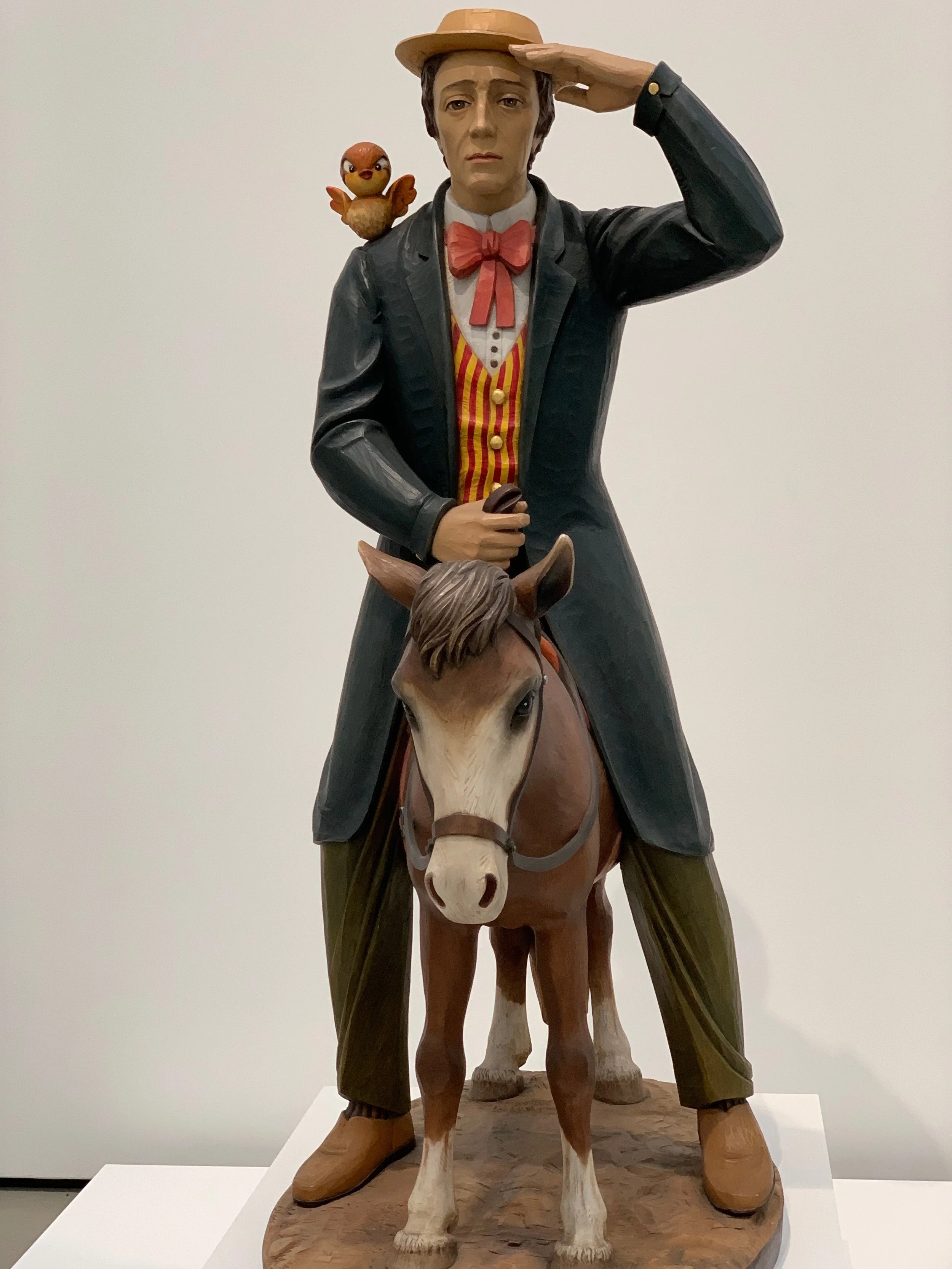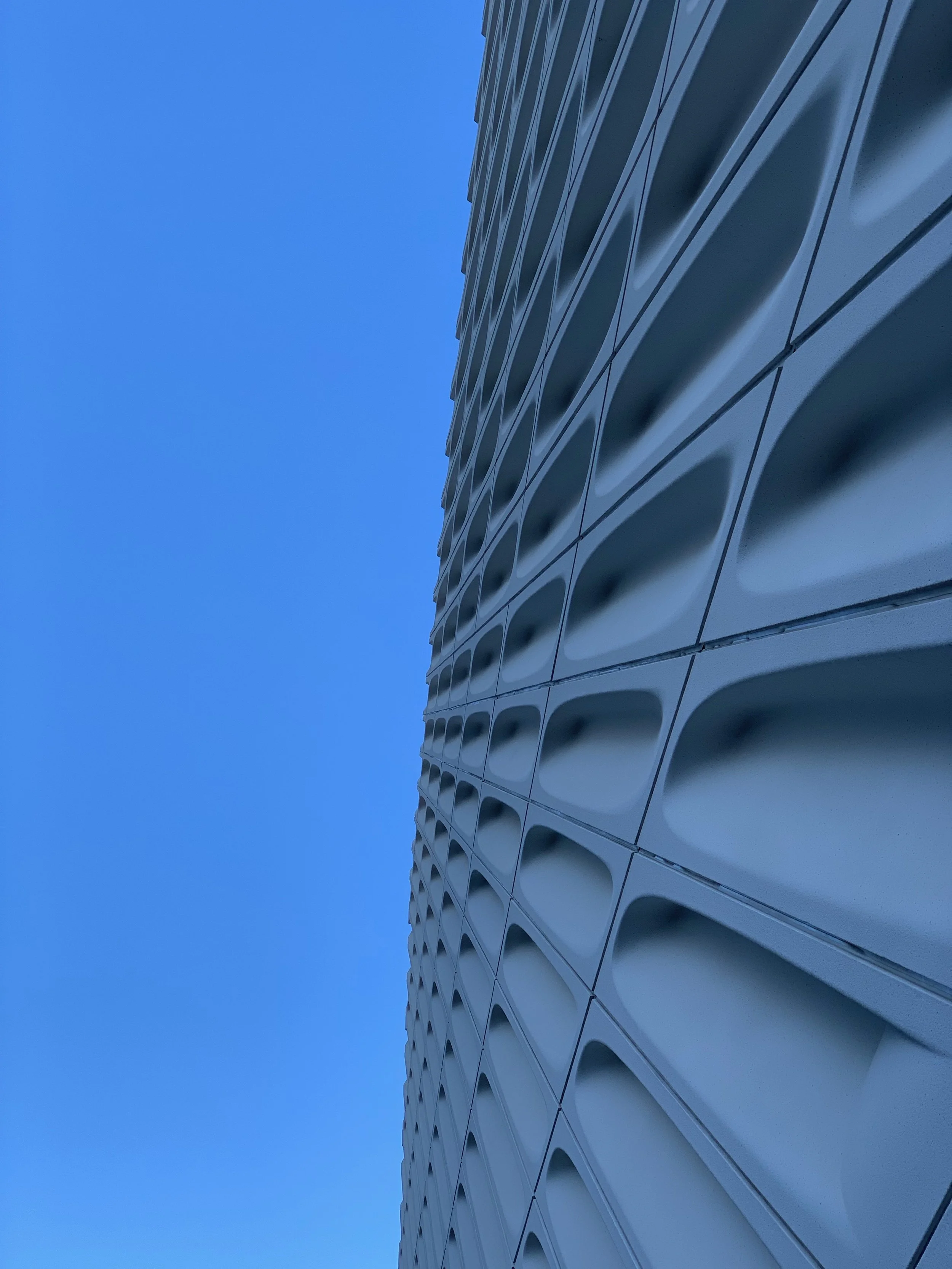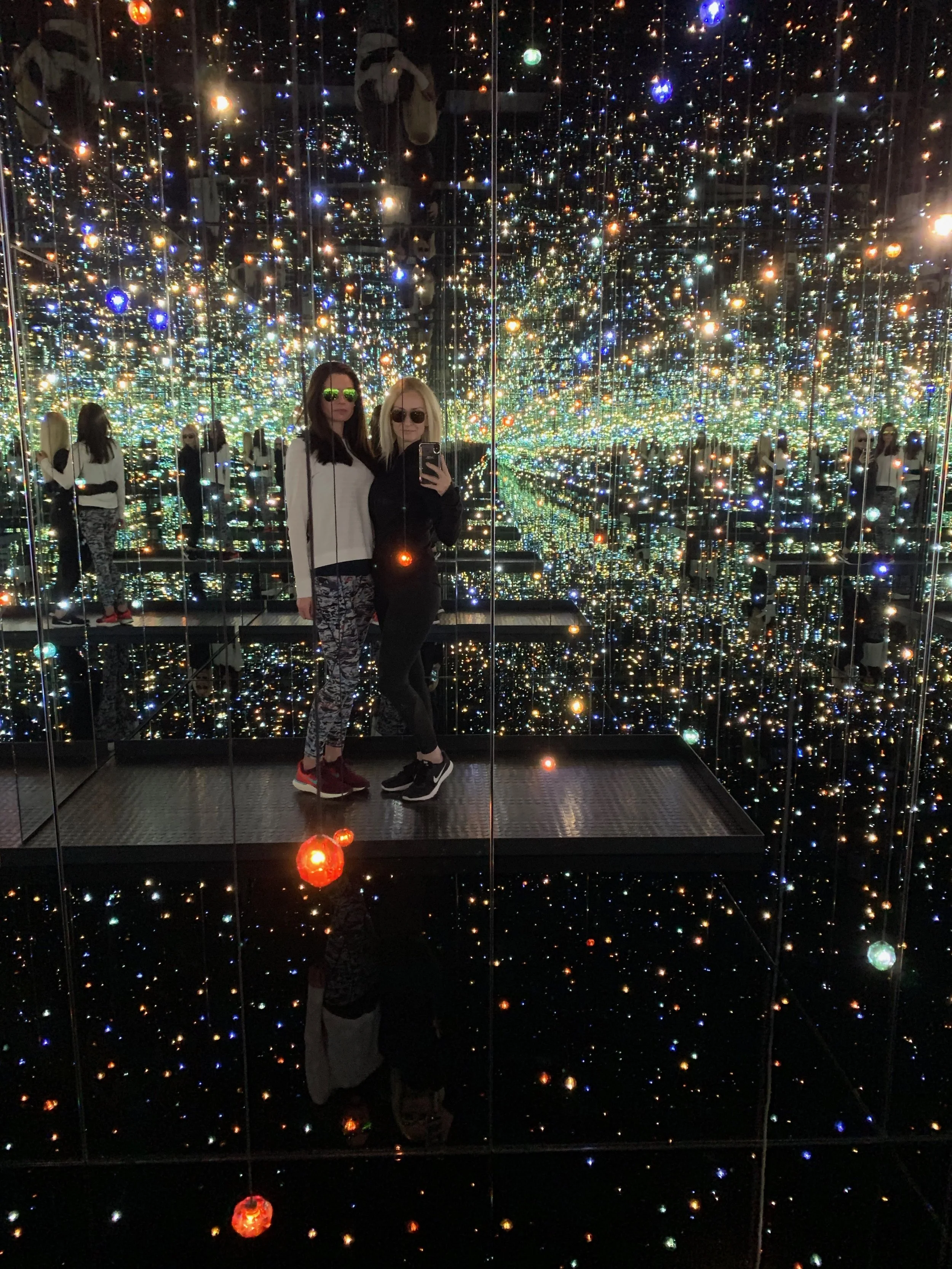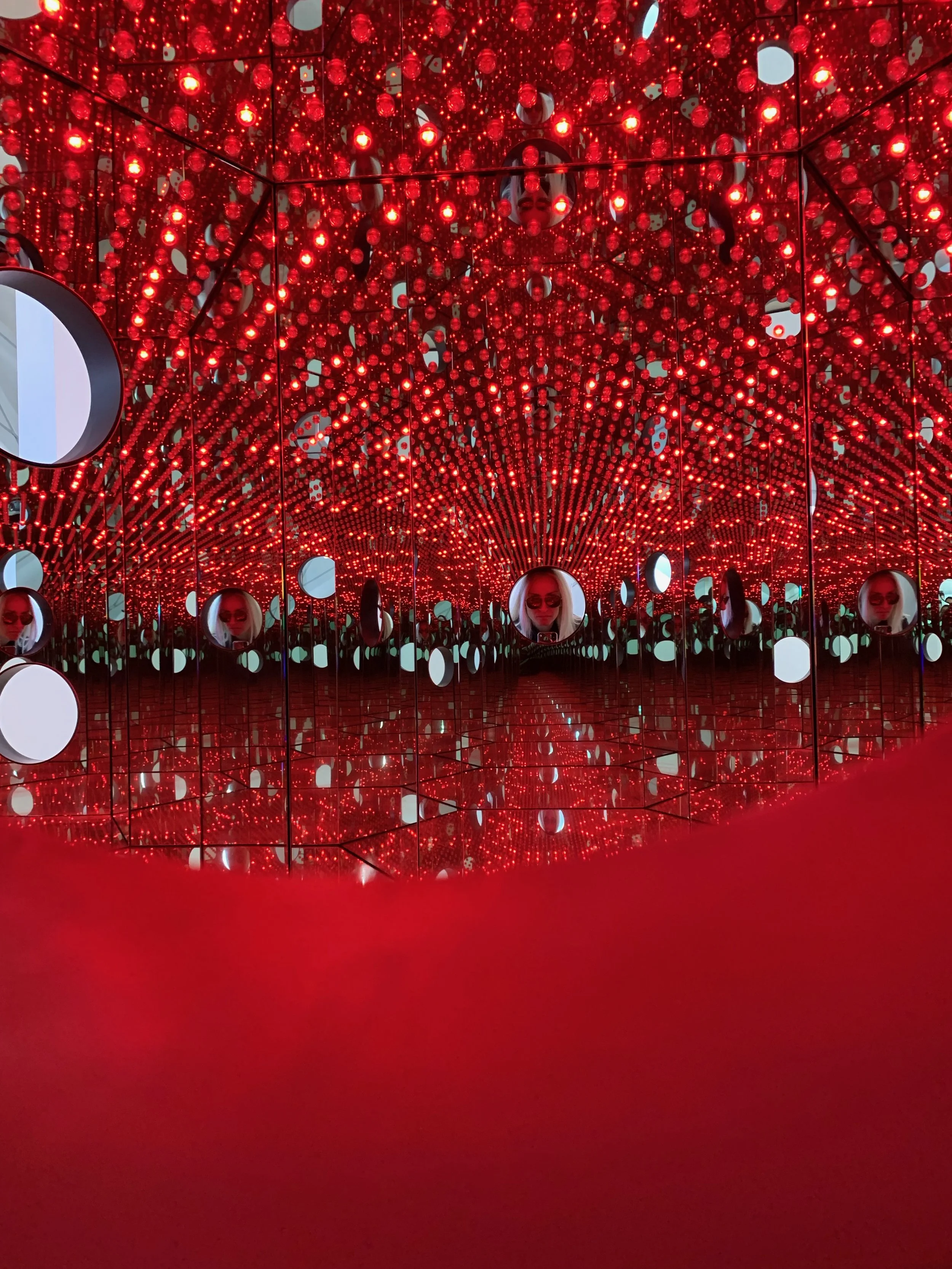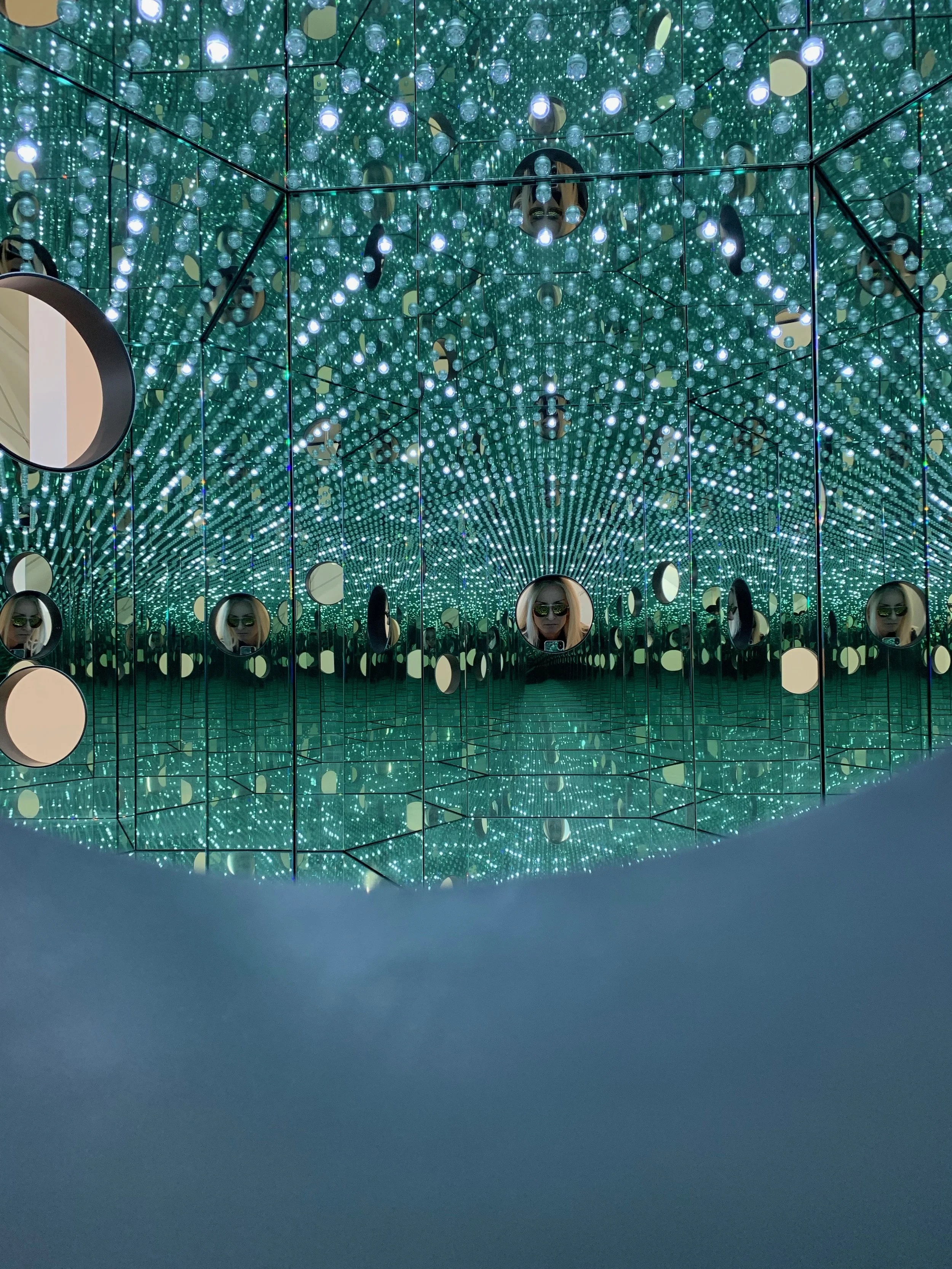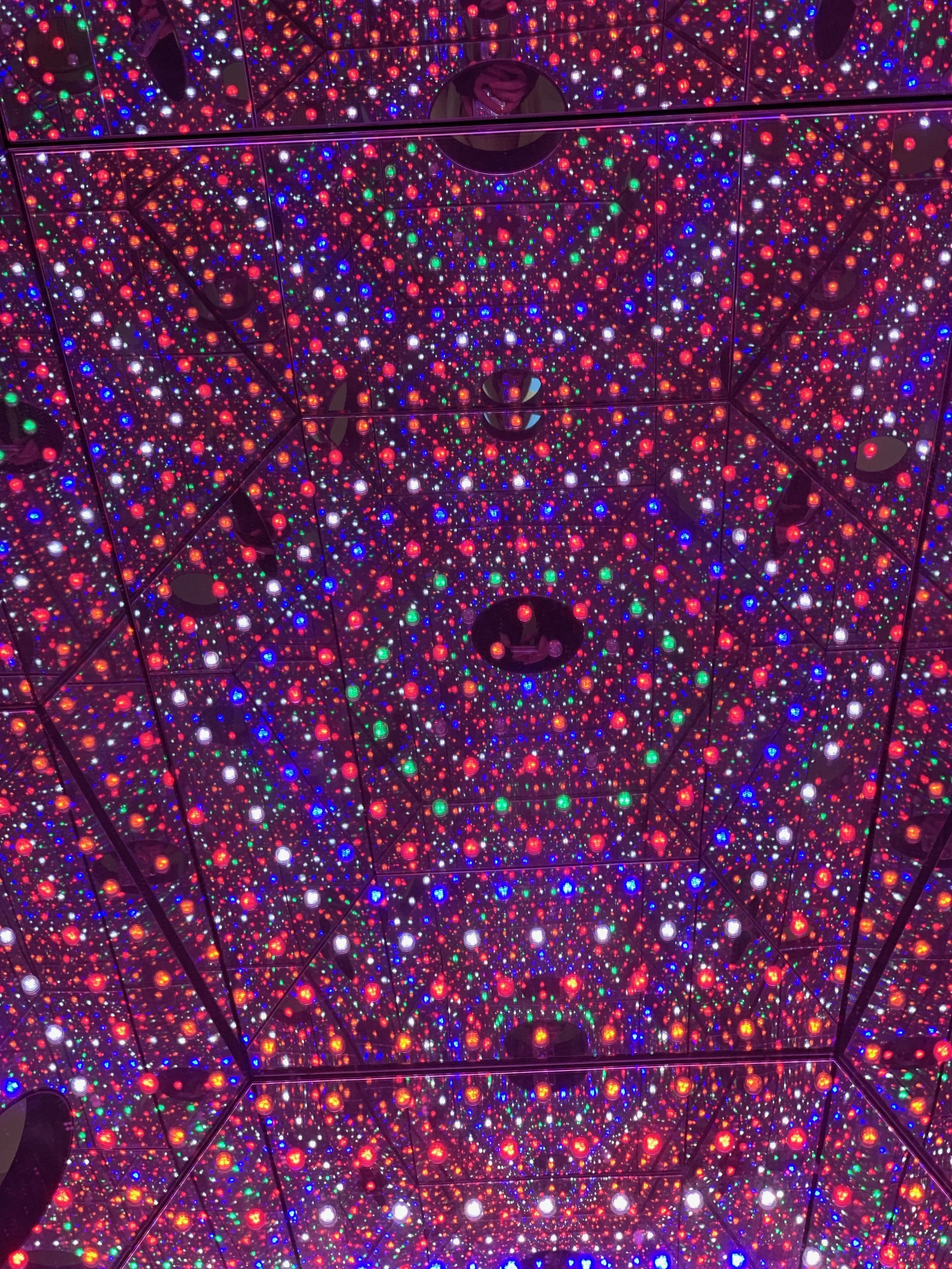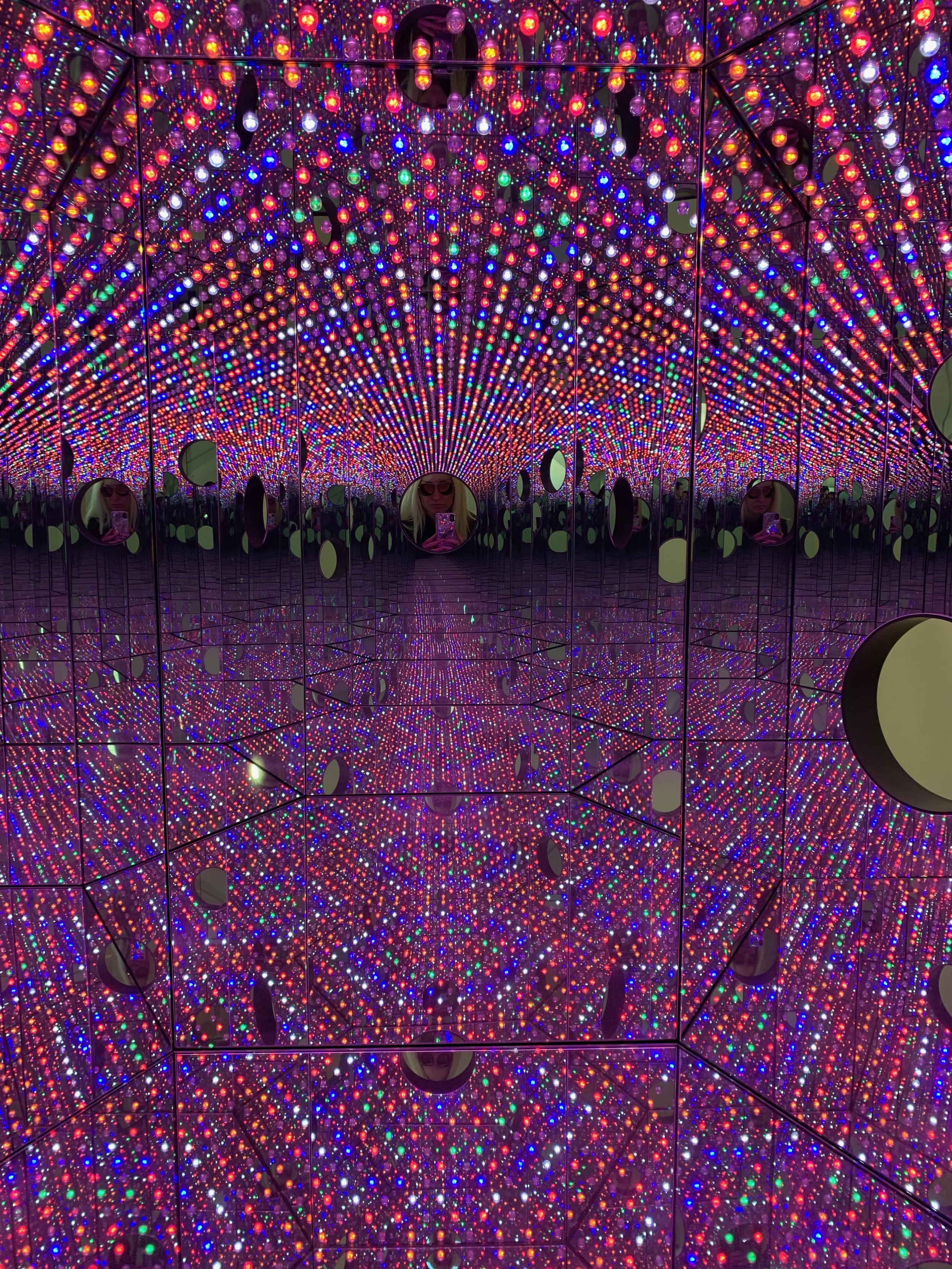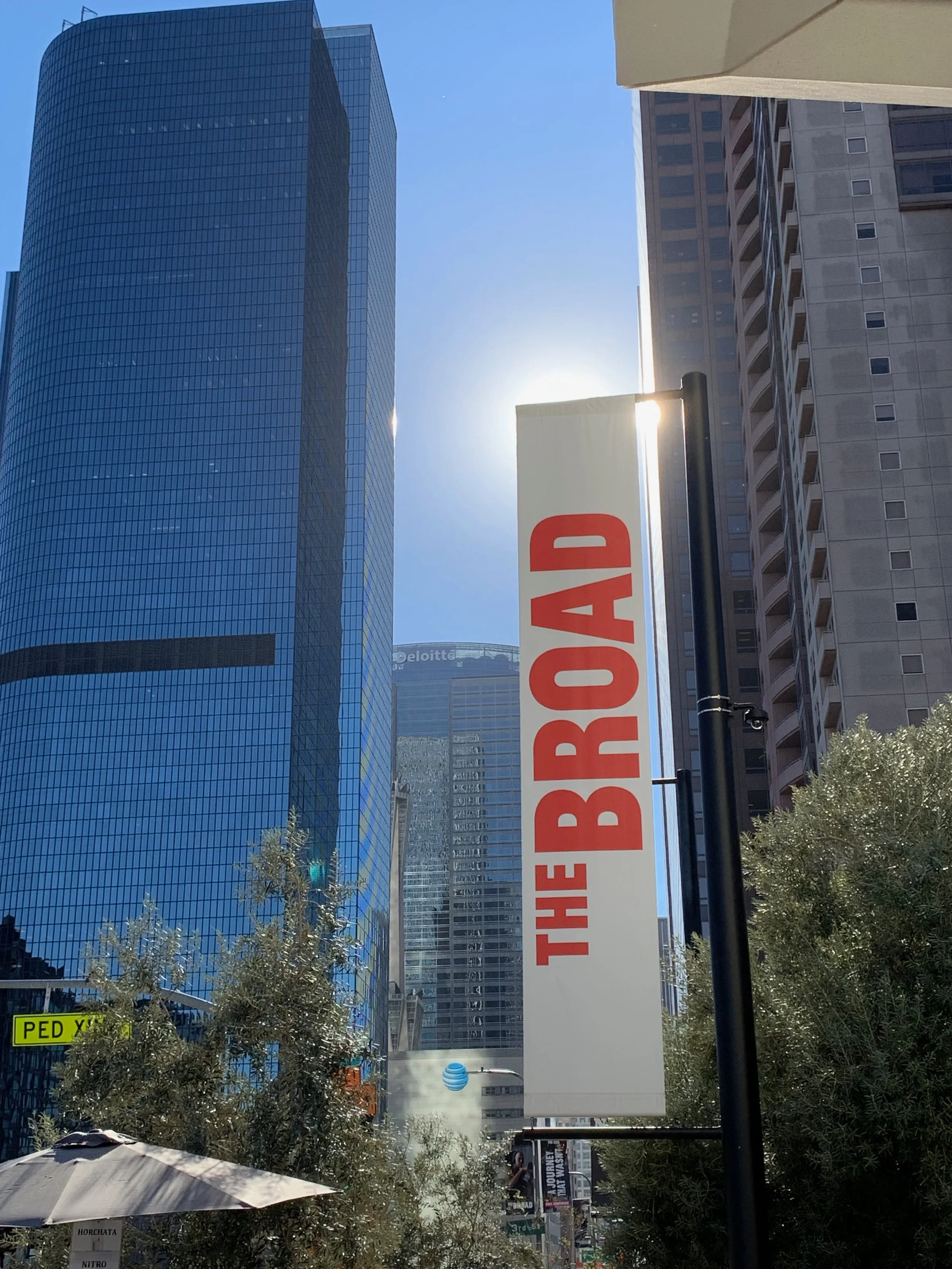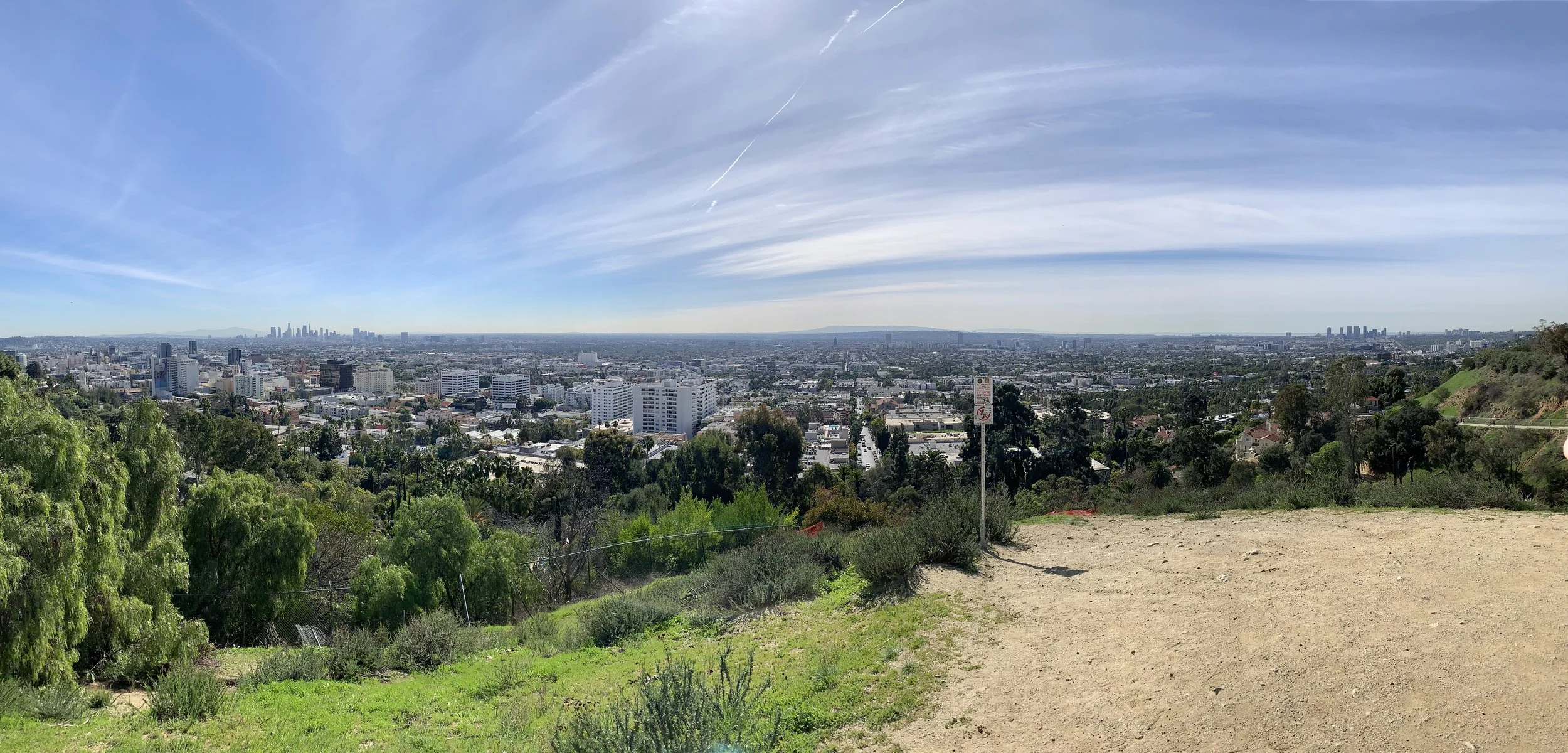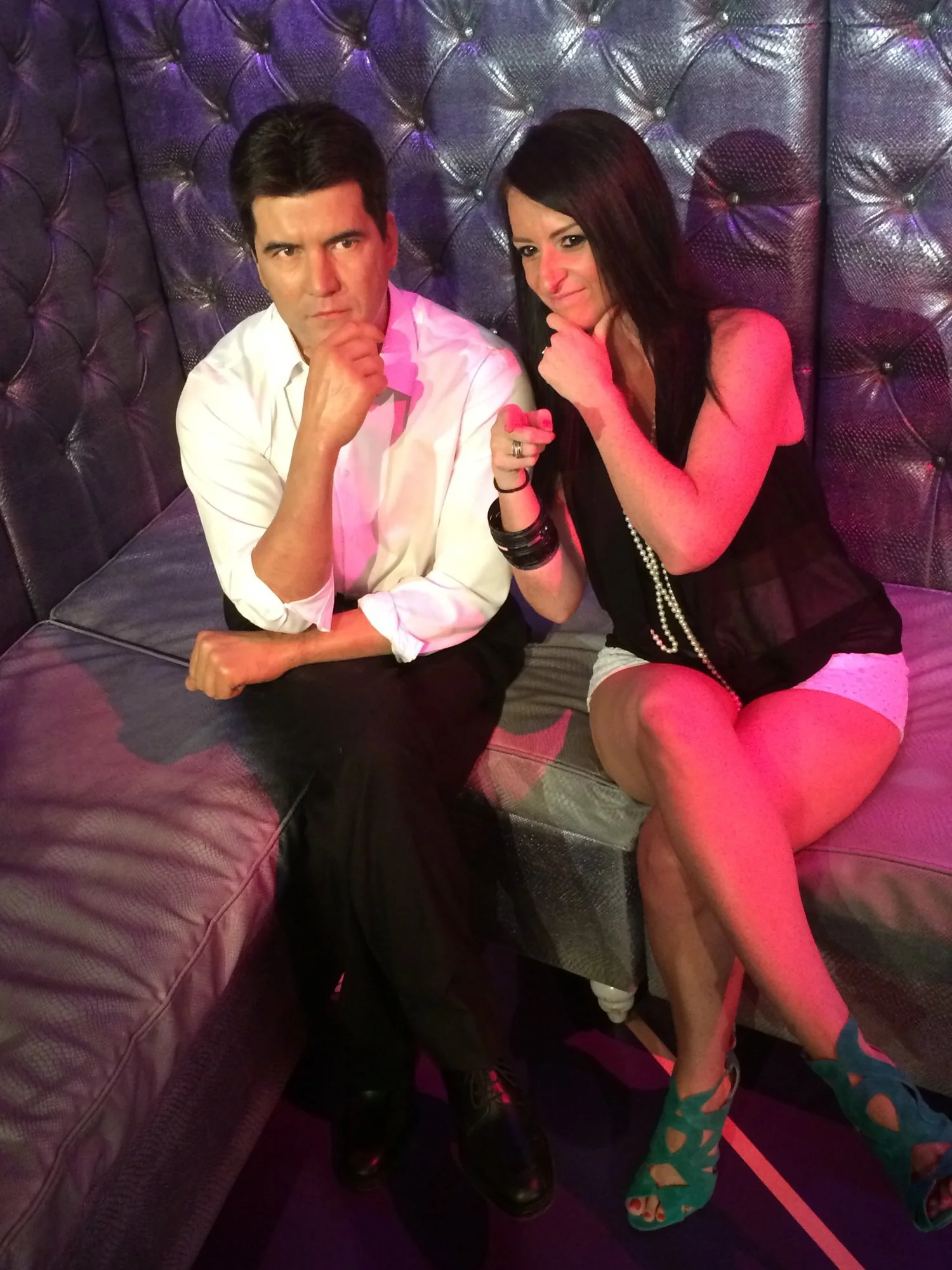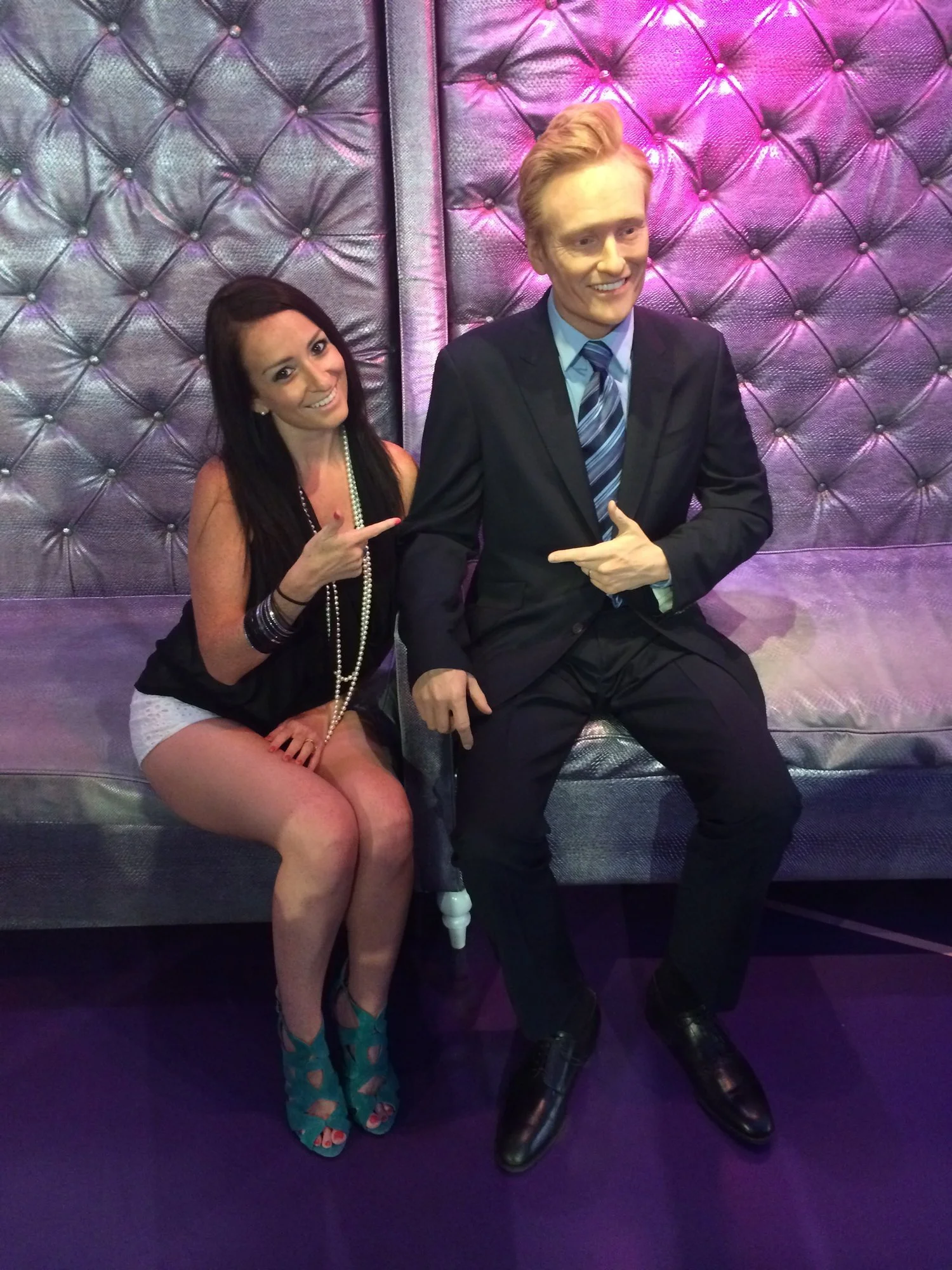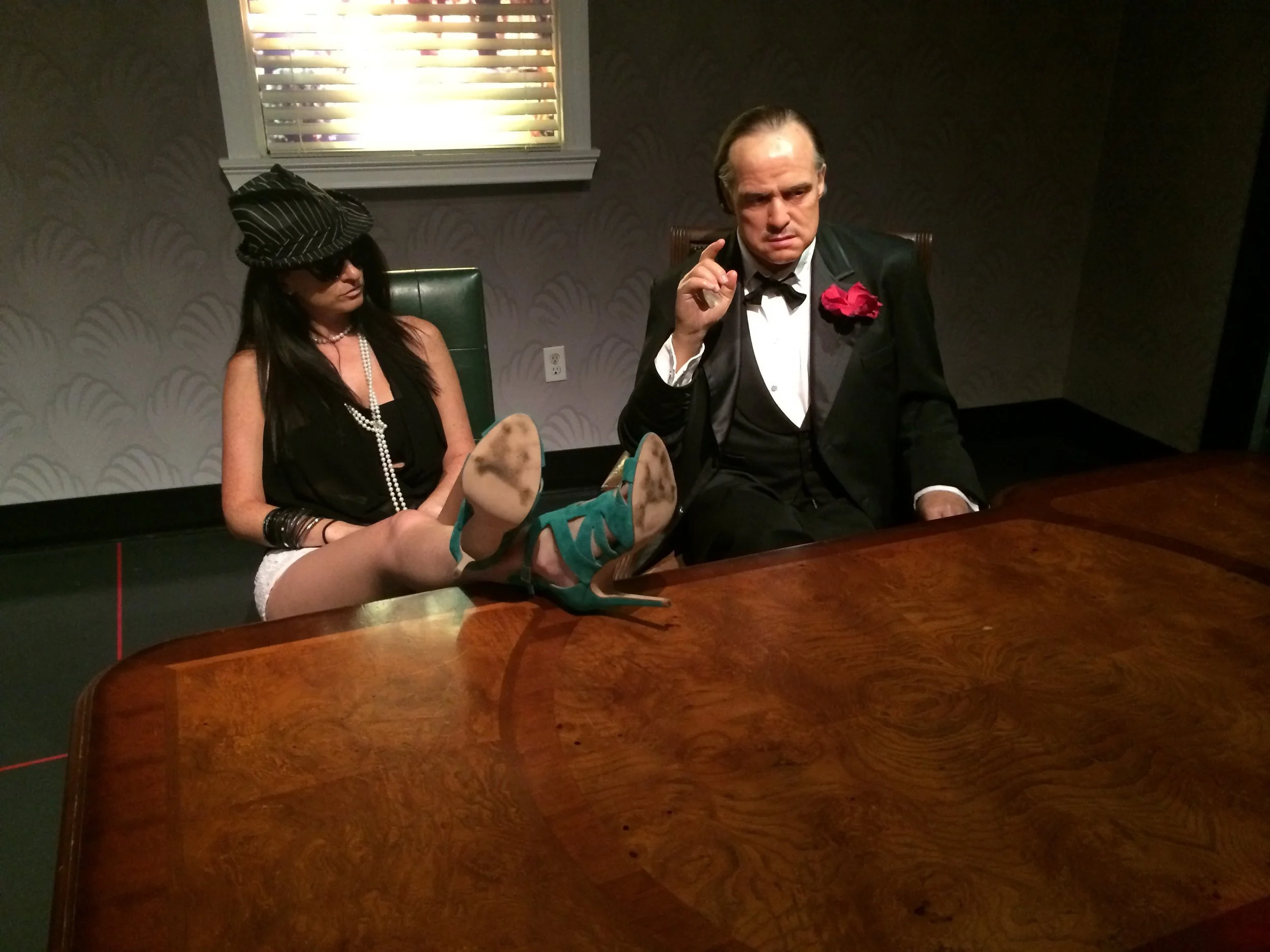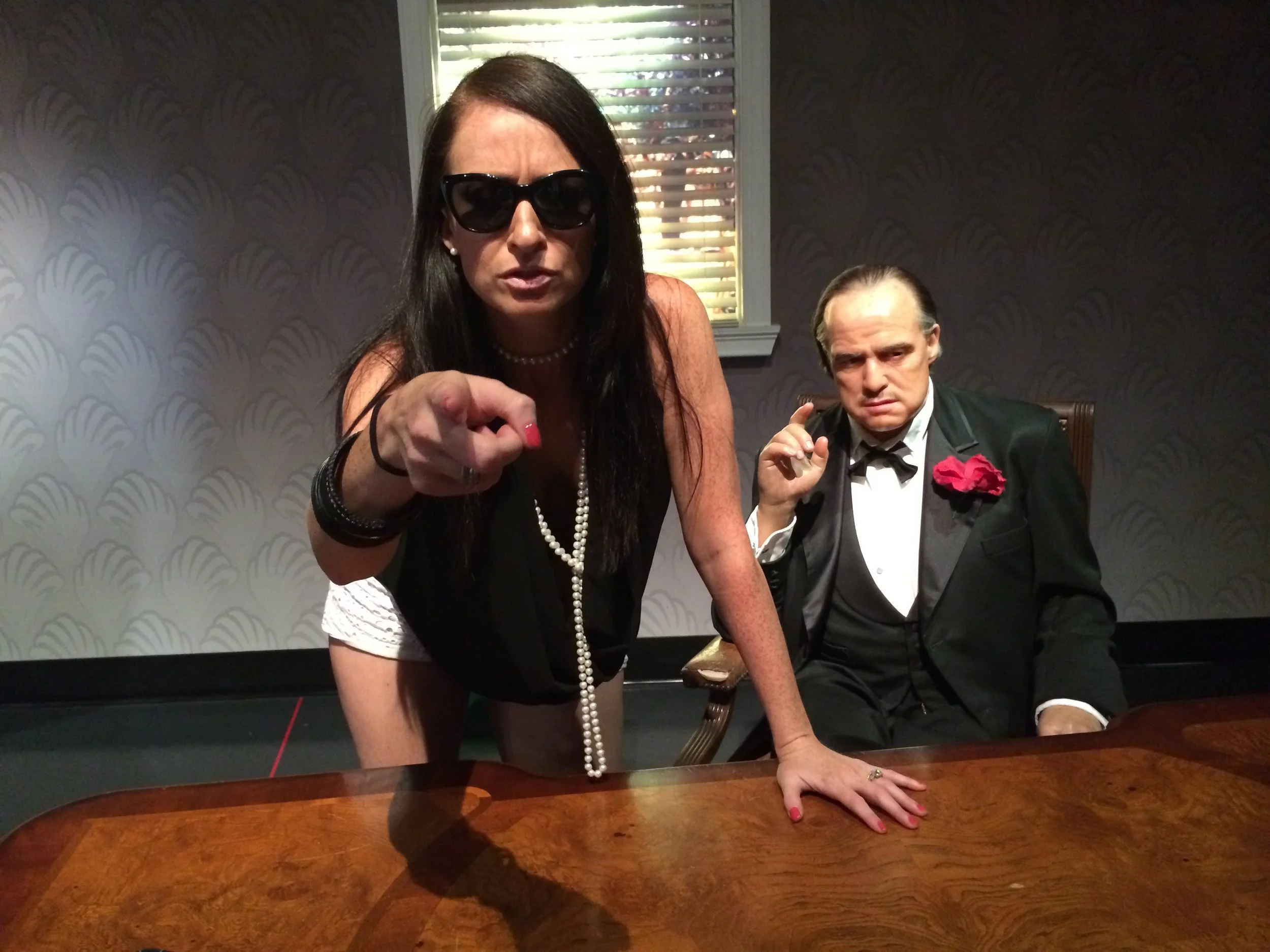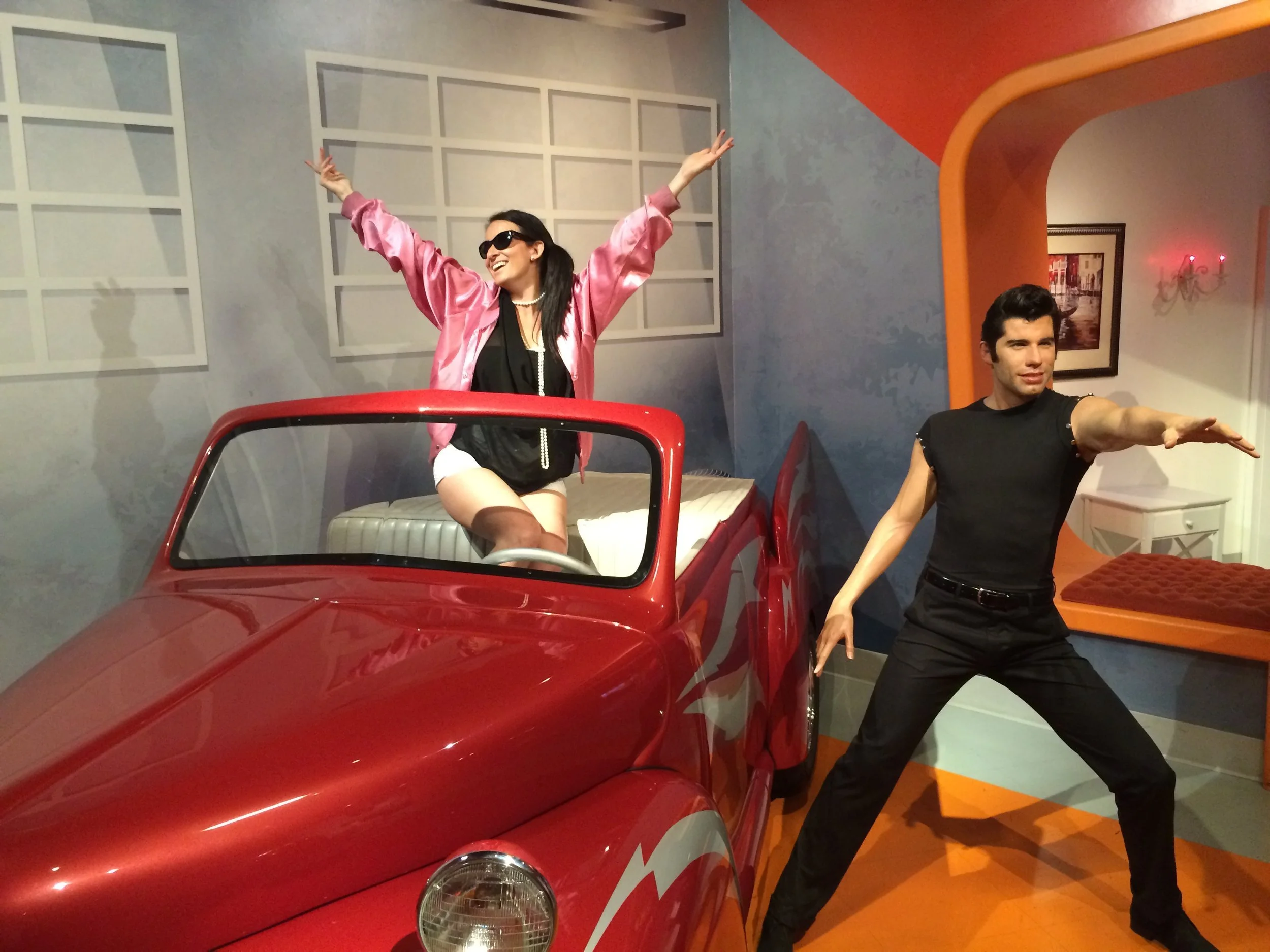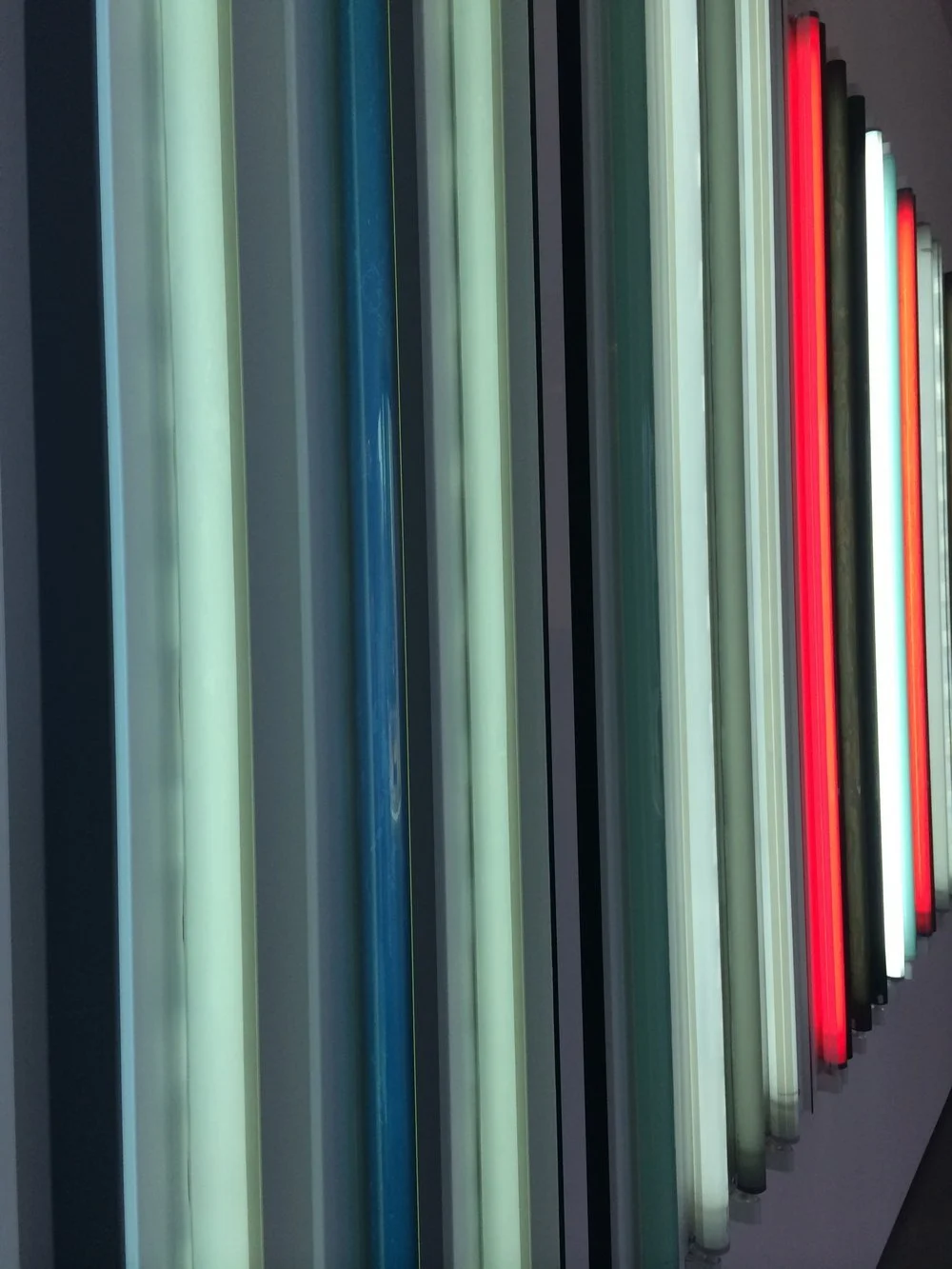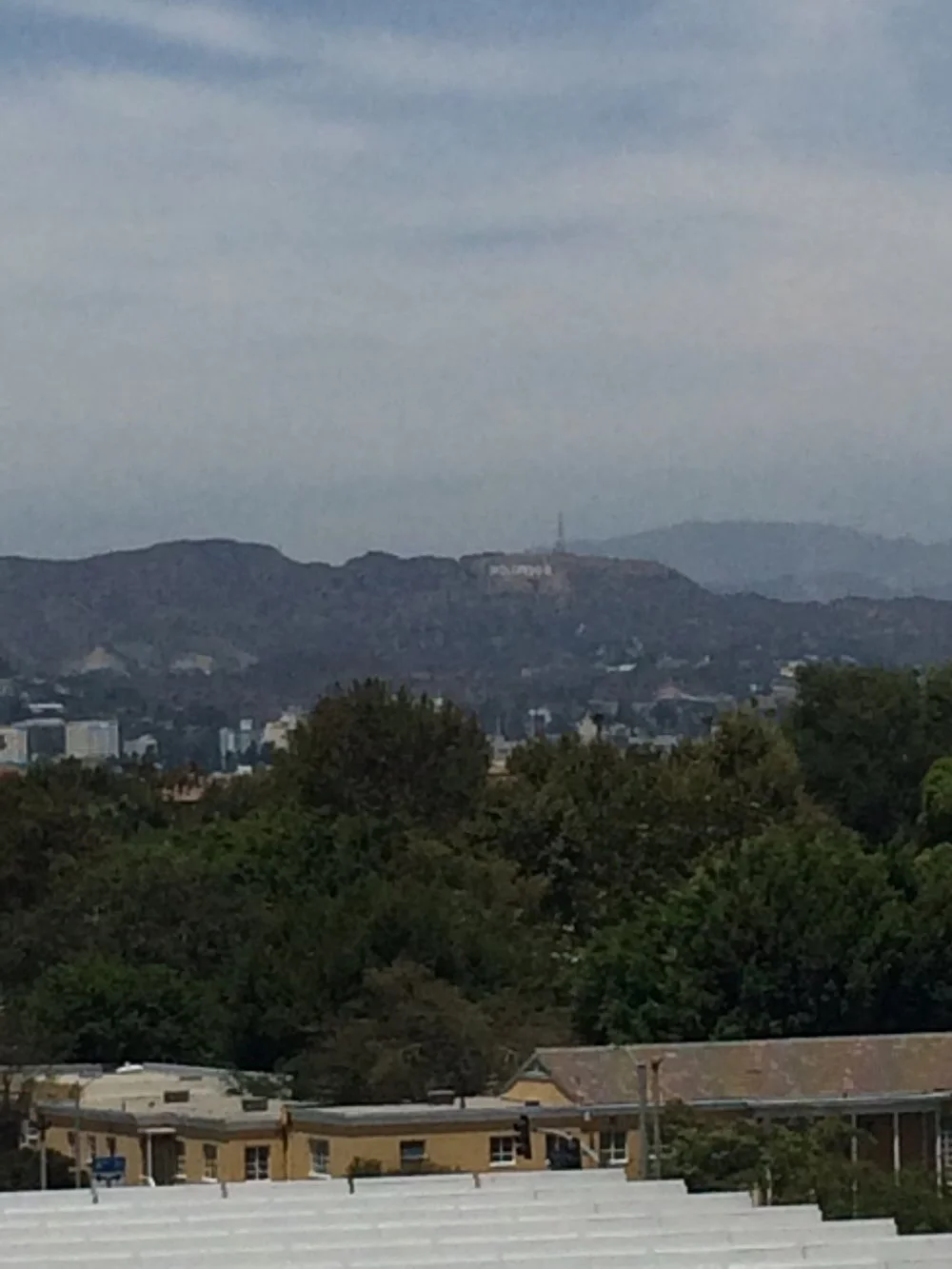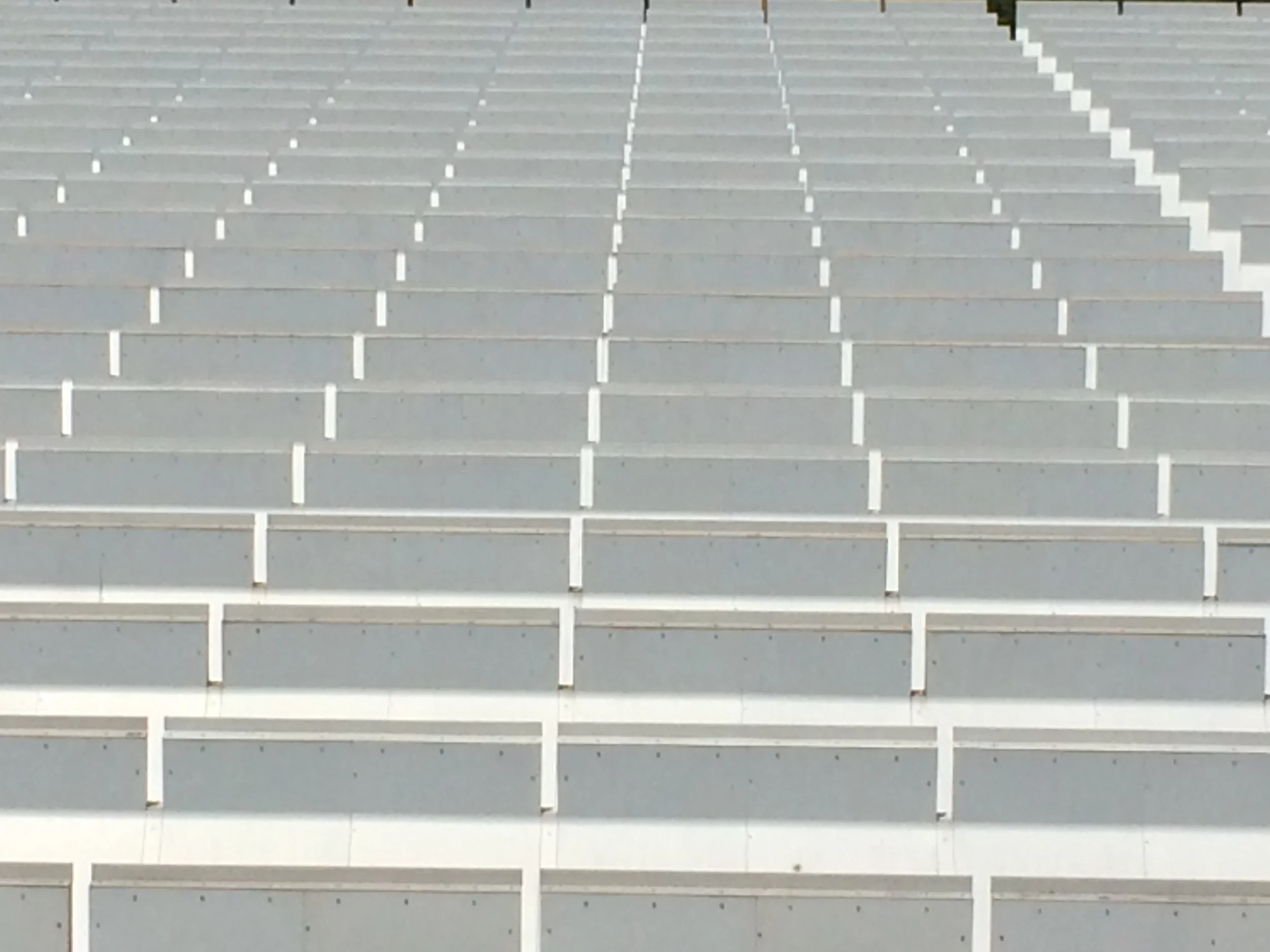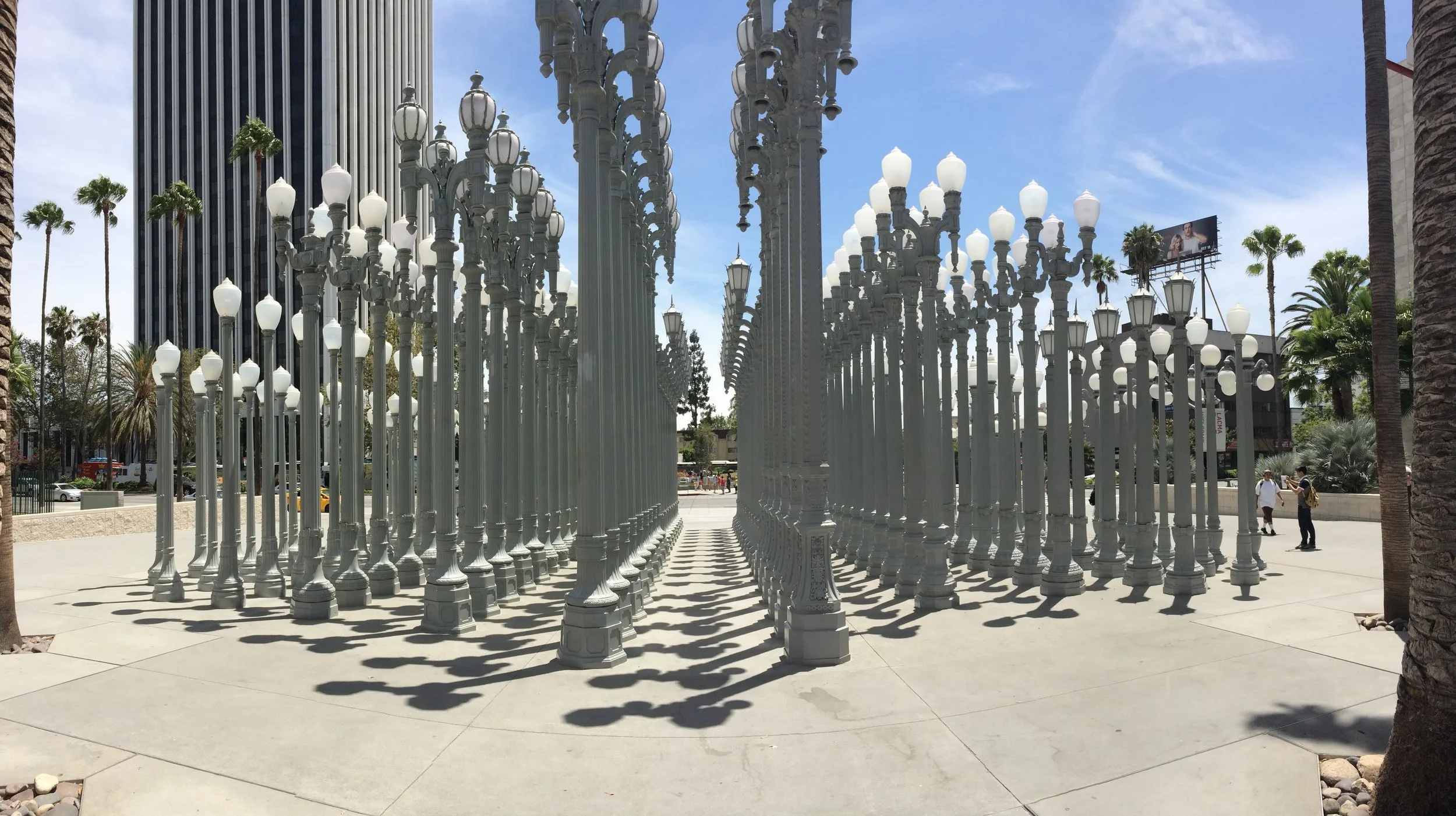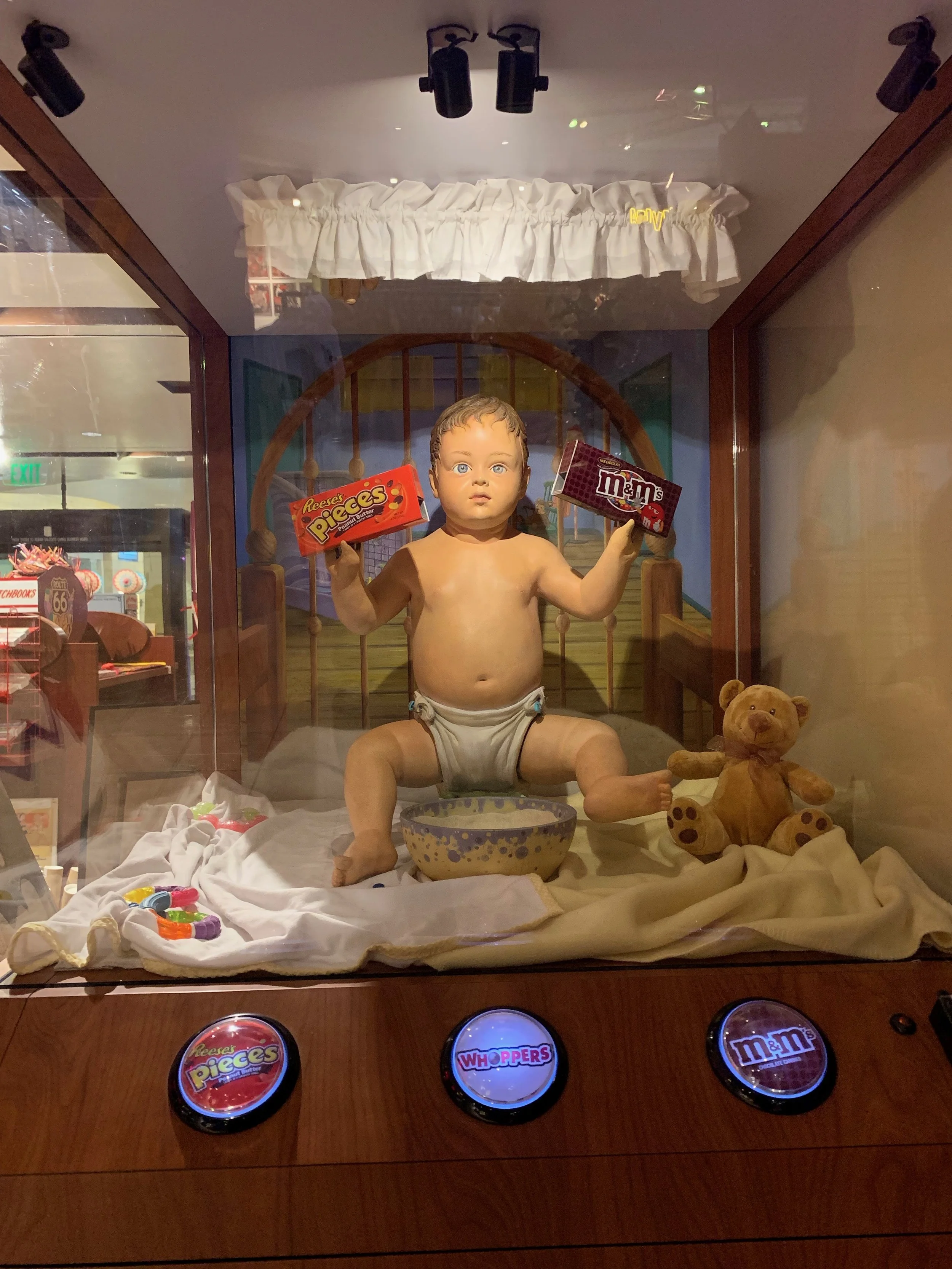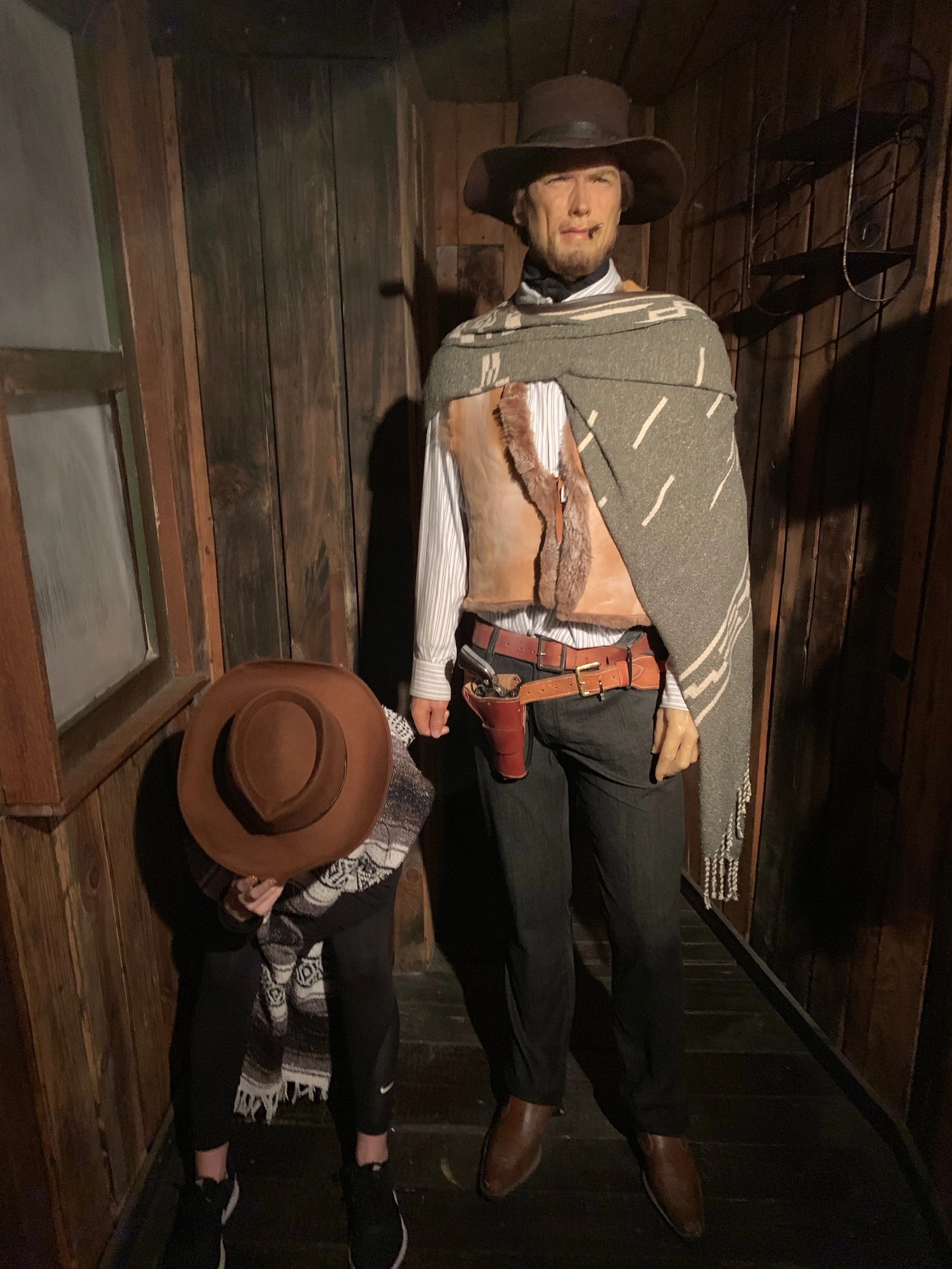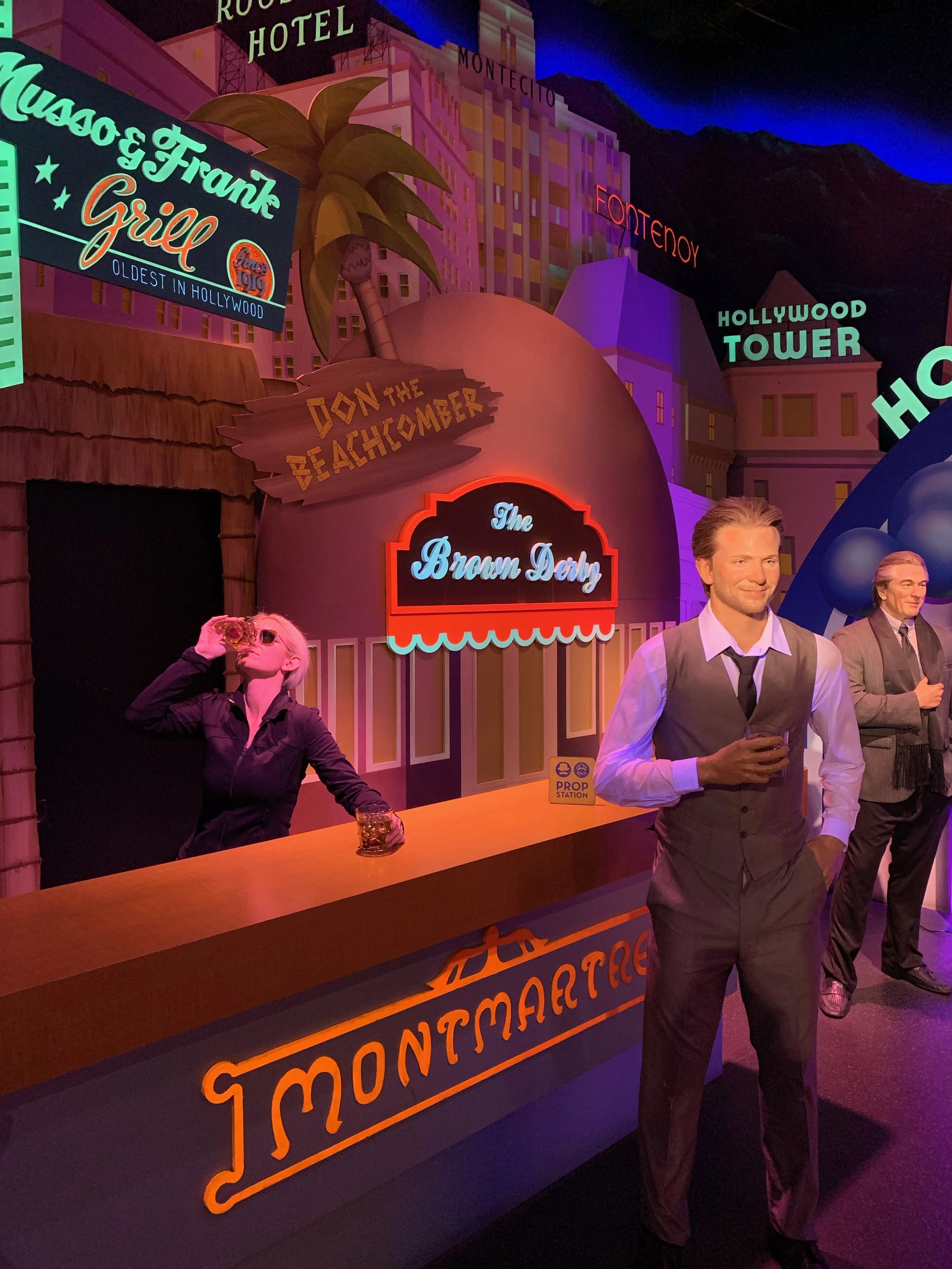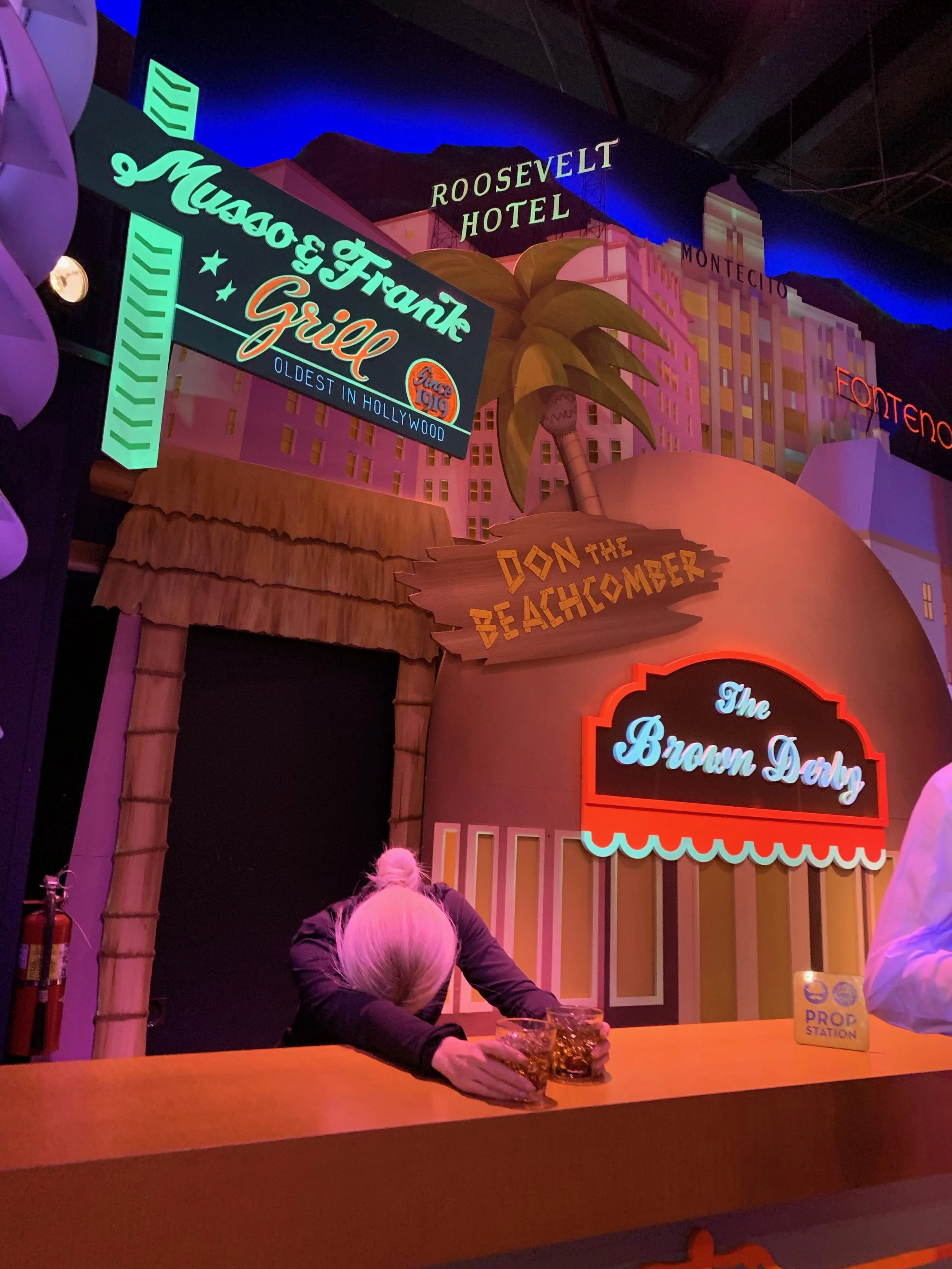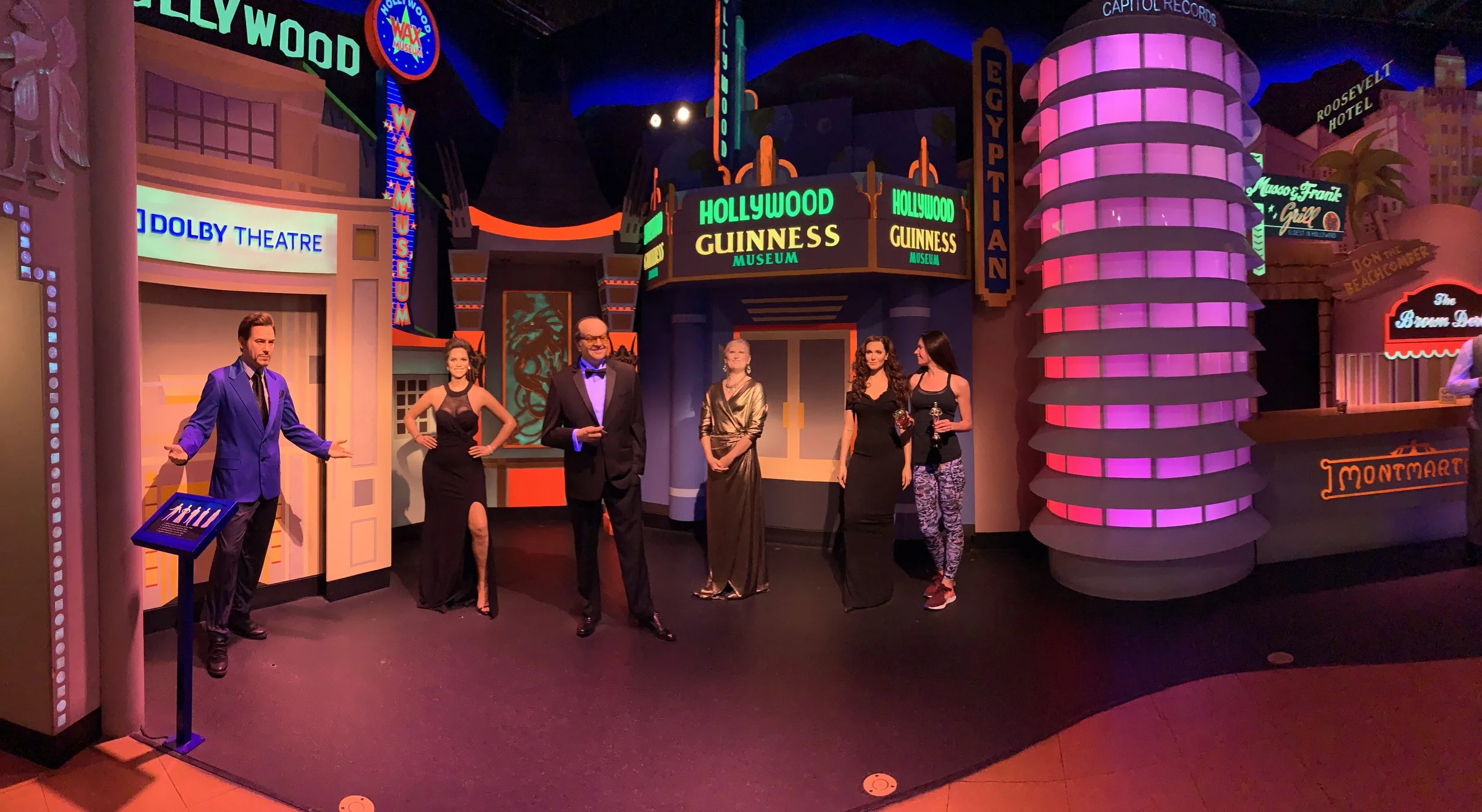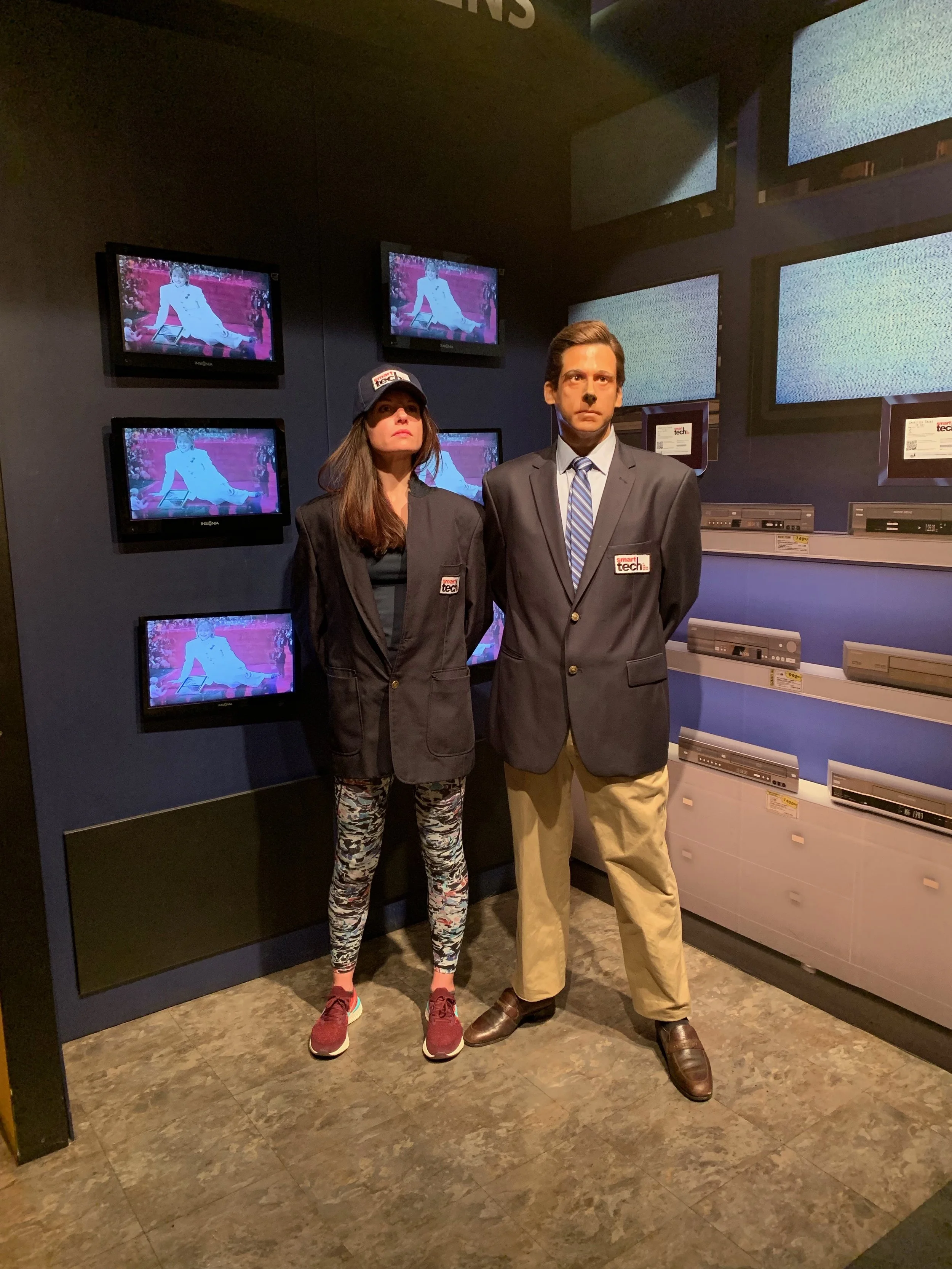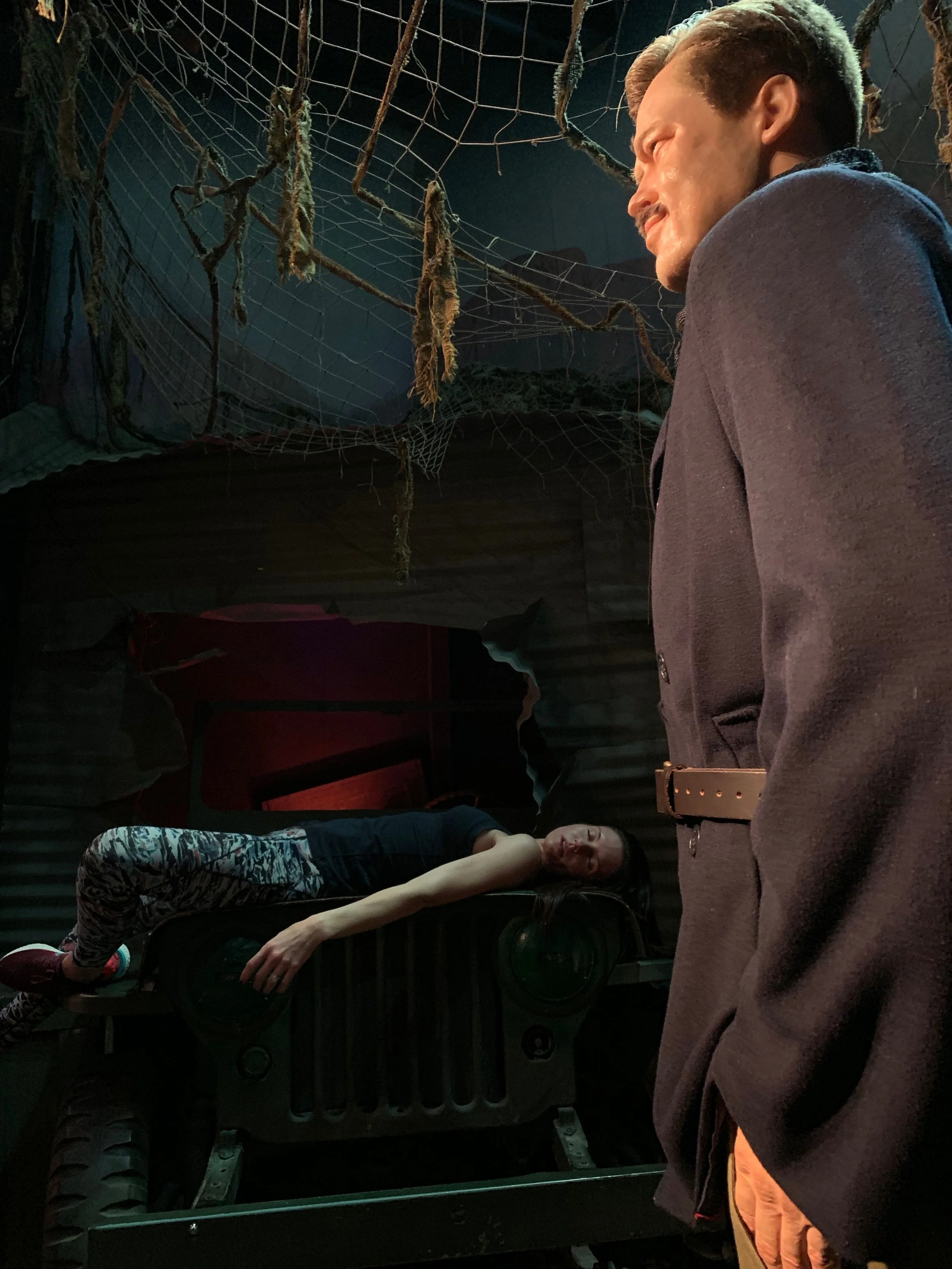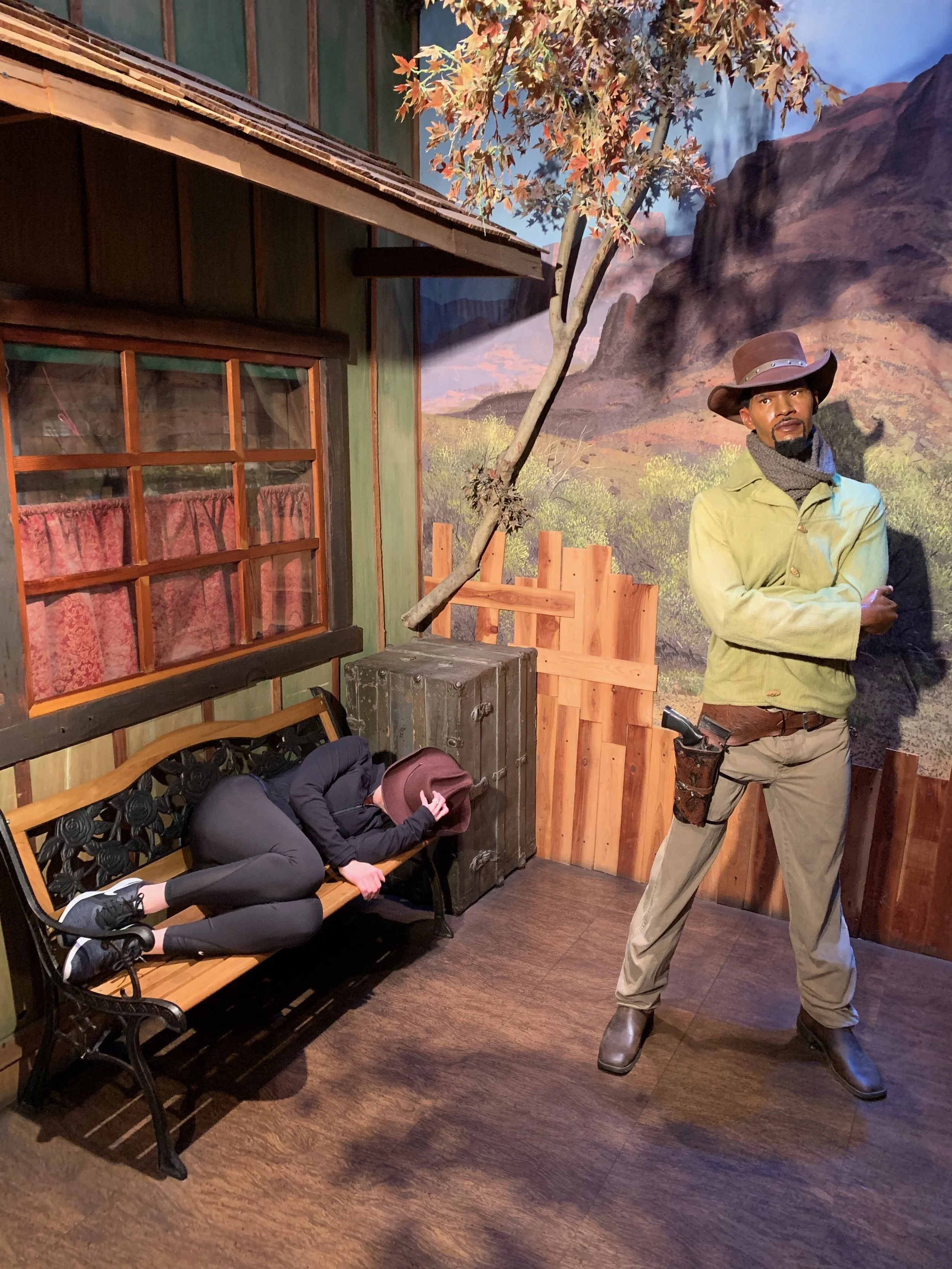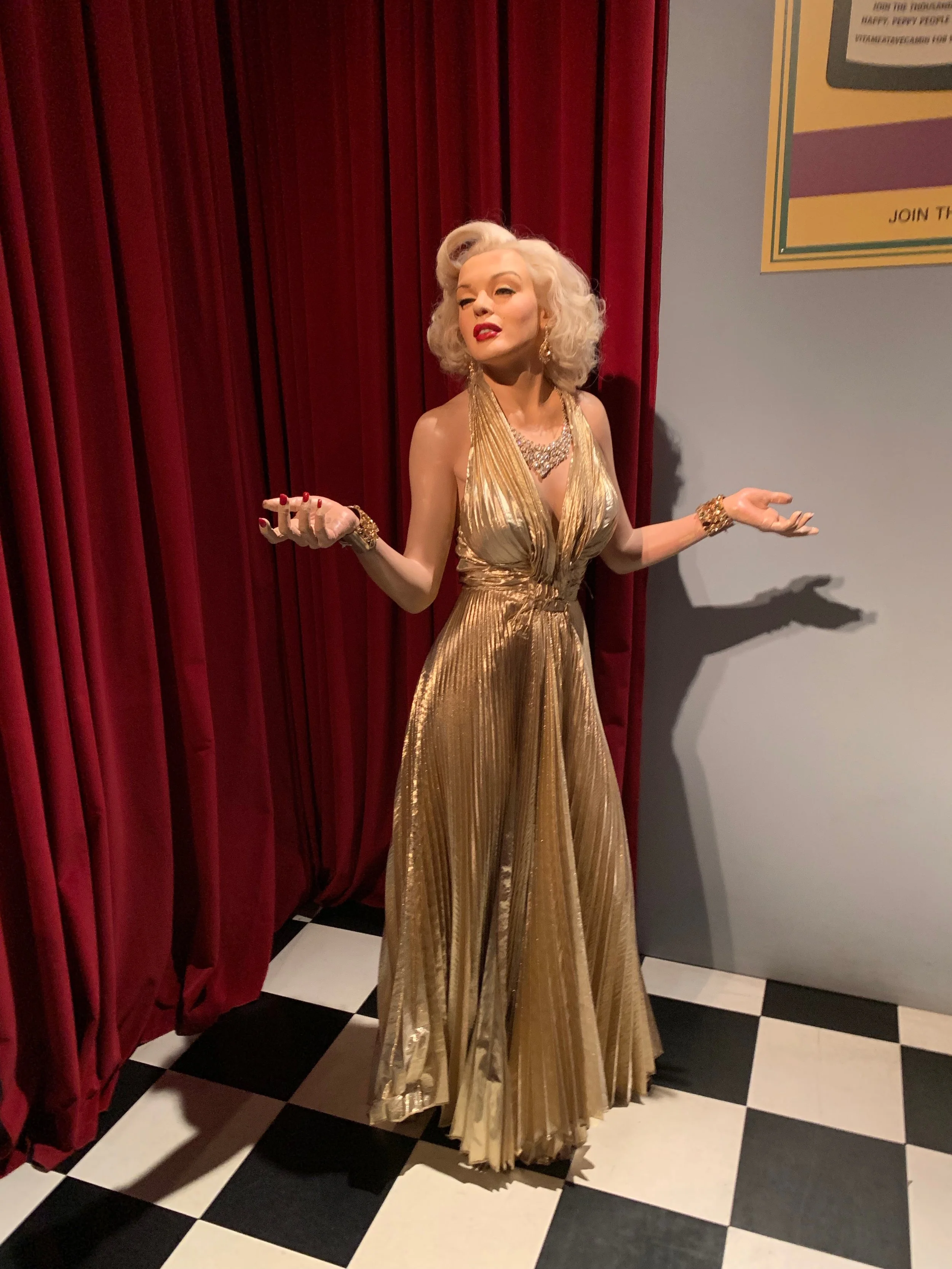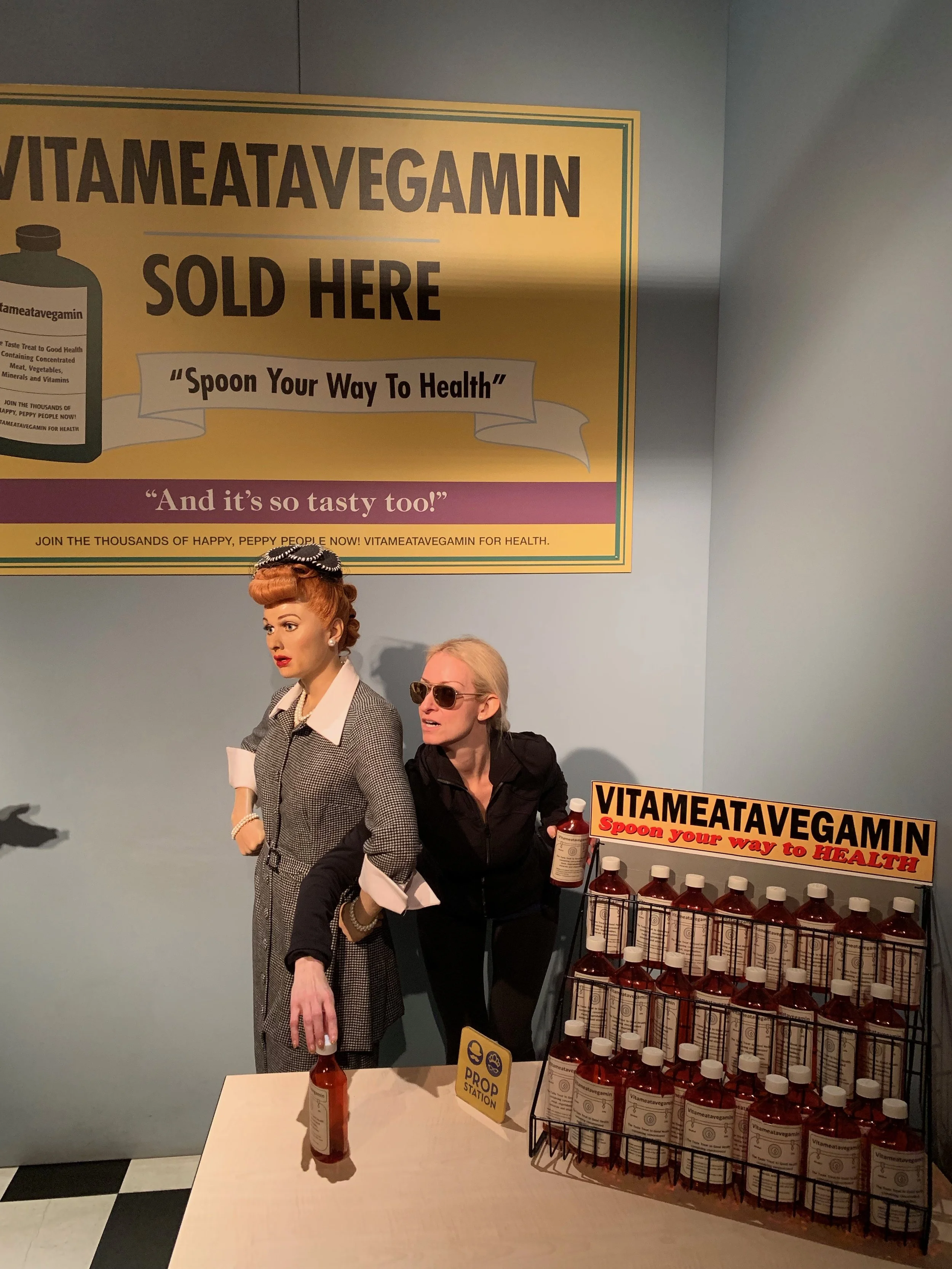Exploring Los Angeles, CA
Note: This post has been updated on February 26, 2024.
Time needed in this city: A long weekend - one week.
After a long work conference in Newport Beach, I was heading up to Los Angeles when my Lyft driver commented on how there’s always so much to do in the L.A. area that you feel like you’ll never see and do it all. I agreed. This multi-cultural city is constantly evolving to a point that every time I go, there’s something new to see or do.
The below information is a complete guide of the best places to stay, the top rated places to dine and drink, and all there is to see and do. We’ve also included transportation tips, as well as a summary of the history of this expansive city!
Jump To:
Where to Stay
My preference for West Hollywood is the W Hotel. Little known fact to most: The residences are home to a few reality stars and celebrities (we saw Josh Flagg twice), and the hotel hosts a never-ending list of celebrities (we saw some rappers, as well as the German Porsche racing team checking in). It’s a great location with even better people watching, but the customer service and overall look and feel are what sets it apart from so many other places.
BEverly Hills
Hollywood
The Hollywood Roosevelt - A celeb favorite. TIP: Bowl a few frames at their bowling alley on the second floor.
Studio City
Where to Dine & Drink
Beverly Hills
Blasteran
Classic veggie-forward American menu with some Indonesian dishes in an unfussy setting.
Guisados
Unpretentious taco spot known for its braised meat & veggie stews atop handmade tortillas.
L’ Restaurant
Elevated French bistro fare served in a posh dining room with vintage glamour & glossy accents.
Lawry’s The Prime Rib
Outpost of a classic beef & seafood fine-dining chain with tableside carving in a formal setting.
Little Door
French Mediterranean restaurant since 1996 serving rustic meals, farm-to-table cocktails & wines.
South Beverly Grill
Swanky yet welcoming wood-&-brick dining room offering American comfort fare & creative cocktails.
Tagine
Innovative Moroccan cuisine served in a cozy & romantic setting co-owned by actor Ryan Gosling.
The Penthouse at Mastro’s
Snazzy chophouse serves decadent plates & drinks to glamorous crowds in a plush supper-club setting.
The Roger Room (Speakeasy)
Eclectic bar with vintage freak show pictures on the walls serving trendy, upscale cocktails.
Hollywood (Proper)
Beauty & Essex
A sophisticated, jewel-toned eatery with vintage decor offering New American plates, drinks & wine.
Good Times at Davey Wayne’s (Speakeasy)
Funky '70s retro bar with era-appropriate garage sale decor, an Airstream trailer & backyard BBQ.
Musso & Frank Grill
Waiters serve classic American fare & martinis to diners in red booths at Hollywood's oldest eatery.
Rao’s
Replica of the venerable New York eatery offering upscale, homestyle Italian fare & wine.
the Edmon
Swanky, art deco–inspired spot for contemporary cuisine & classic cocktails in pretty glasses.
Santa Monica
Bruno’s Italian Restaurant
Handmade pizzas & Italian staples are served in a modest setting with red checkered tablecloths.
Forma Restaurant & Cheese Bar
Stylish, modern Italian spot featuring updated classics along with a cheese bar & cocktails.
Milo & Olive
All-day outfit offering wood-fired pizza, small plates & baked goods in a comfortable space.
Sol Agave
Stylish, upmarket restaurant & bar presenting creative takes on Mexican classics.
Sugar Palm
Innovative, locally-sourced coastal cuisine and craft cocktails
Tar & Roses
Moodily lit, buzzy spot with seasonal American small & large plates, plus an ample wine & beer list.
THE Curious PALATE
Locally sourced American meals offered in cool digs with craft beer & kombucha on tap, plus a patio.
The Georgian Room
Italian steakhouse the Georgian Room, which first opened in 1933 in Santa Monica and welcomed the likes of Judy Garland, “Bugsy” Siegel, Dick Van Dyke, and more, quietly reopened at the end of June 2023.
In keeping with the intimate, private, and exclusive feel at the Georgian, dining is reservation-only, with just 65 seats available at a time. Photography is also typically not permitted, and diners are encouraged to put their phones away to enjoy the live jazz performers and piano bar.
Studio City
Aroma Coffee and Tea
Cozy cafe with breakfast, sandwich, salad, pastry & coffee options plus backyard patio seating.
KREATION ORGANIC JUICERY
Instead of heading to Aroma Coffee and Tea because of the line, we went over to Kreation Organic Juicery for some uber healthy salads and cold-pressed juices. Our recommendations are the Kinky Quinoa Bowl, the Feel Better juice shot (it has quite a kick), and the Loaded Gun. They have an online store you can order from and from first-hand experience, I’d highly recommend ordering from them. If you’re in the area, make sure to head to the back of the store to eat in their charming little backyard.
LALA’s
Unassuming restaurant offering a menu of classic Argentinian dishes, plus American options.
The Baked Potato Jazz Club
The Baked Potato Jazz Club has been the home venue for some of the greatest musicians since 1970. The Proprietor, Don Randi, is a professional pianist and keyboardist who’s been active in the industry for over 60 years, playing with the likes of Nancy Sinatra and the Beach Boys. The club has been named the best jazz club in Los Angeles more than once. The location has also seen tragedy: It was here that Nick Menza of Megadeth collapsed and died from heart failure while playing a set with his jazz band OHM.
It offers nightly music and you guessed it, baked potatoes with a variety of toppings (they serve other food there as well).
The Village
Buzzy bar/restaurant offering luxe drinks, patio seating & eclectic small plates, cheeses & pizzas.
Vitello’s
Airy Italian spot serving standard pasta dishes & pizza, with a popular jazz nightclub upstairs (The Rendition Room).
Vivian’s Millenium Cafe
Snug, time-tested cafe with a homey vibe & covered patio for American breakfast & lunch classics.
West Hollywood
Adults Only (Speakeasy)
Cult classics are screened at this movie-centric bar with craft cocktails, pool & a hidden entrance.
Barton G
Luxurious ambiance for a quirky menu with decadent items such as lobster Pop-Tarts.
Black Rabbit Rose
Hideaway for unique drinks & Thai-Chinese bites, plus burlesque & magic shows on the weekends.
Catch LA
There was no way we were leaving Los Angeles without heading over to Catch LA - a place to go to be seen. I booked this reservation a month in advance, if that’s any indication of the popularity of it. Once there, note that wait times, WITH a reservation, can be upwards of 2-3 hours unless you have an “in” to be seated right away. But, even standing at the bar can give you a great view of what Los Angeles is really about - beautiful people in every direction, many of them well-known, all surveying the same areas as you, to see who else is there.
Our recommendations on food: Chicken meatballs (not gluten-free), spicy yellow fin tuna rolls (can be made with brown rice to be gluten-free), vegetable rolls (can be made with brown rice to be gluten-free), filet skewers (can be made gluten-free), and for dessert, Vegan Pistachio Cheesecake (gluten-free and absolutely incredible).
Dan Tana’s
This landmark, clubby eatery serves Italian staples amid familiar red-&-white decor.
Delilah
A swanky dinner & drinks spot with a 1920s vibe, classic cocktails & an American menu.
Employees Only (Speakeasy)
Inventive drinks are poured at this retro-looking, Prohibition-style bar.
GRACIAs MADRE
A plant-based Mexican restaurant with an incredible menu and an even more incredible atmosphere. Our suggestions on what to try: Guacamole con Tortillas (if you’re gluten-free, ask for the tortillas, not the chips), Nopales, and Jasmine Green tea. That was more than plenty for two people!
Gwen
Gwen is both an old-world, European-style butcher shop and an elegant restaurant that is redefining fine dining in LA. A menu that calls on fire-based cooking techniques, guests have flexible options including á la carte or a five-course menu.
Laurel Hardware
Hip farm-to-table restaurant in former hardware store serving New American fare & fancy cocktails.
No Vacancy (Speakeasy)
Swanky, shadowy bar mixes sophisticated cocktails amid decor recalling the bygone days of Hollywood.
Oxalis
The idea behind Oxalis is to present a fine dining experience (food/service/beverage) in an intimate (6 people per seating) atmosphere where you can let loose and be yourself. No white table cloth, no elevator music, no stuffy service. Come as you are and enjoy.
WHAT YOU GET: A thoughtful degustation (around 13-16 courses) comprised of the absolute best ingredients we can get our hands on. Beverage pairings to compliment. Informally formal service. It’s $398 per person with only two seatings of 6 people a night.
Pink’s Hot Dogs
Pink’s was started in 1939 by Paul and Betty Pink, with a pushcart they purchased for $50. The land on which the pushcart stood was leased by Paul and Betty for $15 per month (hot dogs at that time were 10 cents and cokes were a nickel). Pink’s offered curb service, and was lucky to sell 100 hot dogs a day.
In 1941, Paul and Betty convinced Bank of America to loan them $4,000 to purchase the land their cart stood on. They added a cover to the pushcart, allowing them to also grill hamburgers - it remained until 1946. The menu was simple: A chili dog and a hamburger. The price of the hot dog in 1946 was 25 cents.
By then, Paul and Betty had scraped together enough savings to build the small hot dog stand building that sits near the corner of La Brea and Melrose today. The location included parking for about 25 cars and eventually the indoor and patio seating expanded to accommodate 80 customers. Over the decades, they have expanded their staff and their menu offerings, as well as their locations (they now have 8).
Given its location to the major studios, Pink’s celebrity wall of fame in the dining room started as a place for aspiring actors to hang their photos, to be discovered by producers and directors who were known to dine at Pink’s. Today, Pink’s dining room is filled with over 200 photos of celebrities with signed endorsements of their enjoyment of Pinks Hot Dogs.
Sur Restaurant & Lounge
Anyone that is a fan of Vanderpump Rules will know SUR Restaurant and Lounge, well. My girlfriend being a huge fan of the show was super excited to step into the space and get to experience it first-hand. It’s an eclectic, intimate space that is certainly set up for filming. We were lucky to get in there for last call.
Things to See & Do
Beverly Hills
Beverly Hills Garden Park
The park serves to provide a lengthy green swath between the northern residential area and the commercial sections of the city. It features a two-mile jogging path, many hundred-year-old cypress and ficus trees, gardens, sculpture, and the big, iconic Beverly Hills Sign, a re-creation of the original arching, lighted historic sign, built near the city's center.
Mr. Brainwash Art Museum
Artist, Thierry Guetta, also known as “Mr. Brainwash”, acquired the museum to develop it into a vibrant exhibit, which opened in 2022.
This bold and immersive pop-up experience takes museumgoers through an interactive, all-ages art playground unlike any other. Mr. Brainwash's installations remix iconic and multi-medium works that draw viewers into his unique worldview with a mash-up of historical and pop iconography, referencing artists from all over the world.
rodeo drive
Known for it’s high fashion stores and iconic movie spots, Rodeo Drive is a shopper and movie buff’s dream.
In 1906, Burton E. Green and other investors purchased the property that would become Beverly Hills, formerly named Rancho Rodeo de las Aguas, with plans for a mixed-use subdivision, with a branch of the Los Angeles and Pacific Railway running North on Rodeo Drive before turning west at Sunset Boulevard. By 1907, 75 ft × 160 ft parcels on Rodeo were selling for $1,100 each. In 1912, it became a bridle path when the Beverly Hills Hotel was built on a former lima bean field. By November 1925, similar lots were selling for between $15,000 and $30,000, almost double what they'd been selling for in September.
In 1958, real estate developer, Marvin Kratter, bought 48,000 square feet of land at the corner of Rodeo and Wilshire Boulevard from the city of Beverly Hills (across the street from the Beverly Wilshire Hotel), paying some $2 million for it.
In 1961, Fred Hayman, "the father of Rodeo Drive," opened Giorgio Beverly Hills, the street's first high-end boutique. Seven years later, Aldo Gucci opened a store on Rodeo, which catalyzed the process by which the street took on its present form. Van Cleef & Arpels opened two years later, followed by a Vidal Sassoon salon in 1970. As they say, the rest is history.
TAKING IN IMMERSIVE THEATRE AT GREYSTONE MANOR
Greystone Manor gardens were always on my bucket list of things to see and when I had gone onto their website, the first thing that popped up was their dinner theater event IN the manor!
For those that don’t know what Greystone Manor is, it was a 40,000 SQ FT. mansion built in the late 1920s and gifted to Ned and Lucy Doheny as a wedding present. In 1929, and four months after moving in with their five children, Ned died in a guest bedroom in a murder-suicide with his secretary, Hugh Plunkett. The official story indicated Plunkett murdered Ned either because of a "nervous disorder" or inflamed with anger over not receiving a raise, though there are many other theories out there as well.
Ned's widow, Lucy, remarried and lived in the house until 1955, whereupon she sold the grounds to Paul Trousdale, who developed it into Trousdale Estates, and sold the mansion to Chicago industrialist Henry Crown, who rented the estate to film studios. In 1963, Crown planned to subdivide the property and demolish the mansion. The City of Beverly Hills stopped the demolition by purchasing the mansion in 1965 and after some extensive restoration, the estate became a city park on September 16, 1971. On April 23, 1976, it was added to the National Register of Historic Places. The city leased the mansion to the American Film Institute, from 1965 to 1982, for $1 per year, hoping to get repair and upkeep work from the institute.
Since 2002, the City of Beverly Hills has maintained a Web page for the Greystone Mansion park, which has now drawn many local volunteers, most notably the Friends of Greystone, who organize many fundraising events annually. It has also become a popular shooting location for movies, television shows (General Hospital still shoots there), commercials, and music videos. Most of the year, you have to have a permit to enter, though on a few select days during some fundraising events, ticket holders can get a rare tour of most of the mansion by way of Theatre 40’s The Manor production.
Theatre 40 is known for its members having spent most of their career in other well-known film and stage productions, finding a “side” home in doing more immersive, intimate theater that brings audiences up-close-and-personal with the characters they play. For the The Manor, it’s a surreal experience to watch the events unfold in each room of the mansion that they took place in, knowing you’re one of very few to ever experience the mansion from the inside. To find out more about their next production in the mansion, click here.
The Cheese Store
Founded by Colonel Sigmund Roth in 1967, Roth sought to build a store with exotic cheese and food at its core. In 1978, the store was sold to Norbert Wabnig to continue Roth’s vision. In 2022, Norbert sold the store to 20 year employee Dominick DiBartolomeo to continue the tradition and bring new energy to the store. While the Cheese Store prides itself on quality service, that service is built on the foundation of family. Our family spends holidays wrapping gift baskets, weeknights working wine tastings, and summer afternoons chatting over cheese.
The Witch’s House (Spadena)
Spadena House was designed by Hollywood art director, Harry Oliver, who worked on more than 30 films between 1919 and 1938. The house was originally built in 1921 to serve as the offices and dressing rooms for Irvin Willat's film studio in Culver City, though was moved to its present location in 1926. The converted private home with its pointy, lopsided roof, tiny windows and stucco with a distressed paint job, were then surrounded by an intentionally overgrown English-style garden and a moat-like pond.
The first residents of the 3,500 square feet home, the Spadena family, lent the house their name. A second family moved in and renovated the interior in the 1960s, making some exterior alterations including a skylight visible from certain angles. The moat began leaking under the second family's ownership, so they filled it with soil and planted a garden. By the time the house came on the market again in 1997, it had fallen into disrepair. Because of the value of its prime location, it was unable to immediately find a buyer uninterested in a teardown of the property. Consequently, Michael Libow, a real estate agent, who did not want to see the home demolished, purchased it and began a gradual renovation. After tall, black fencing was initially placed around the lot, the owner received hate mail from people who thought he was going to tear it down. Relief came to all when Libow restored and enhanced the original vision of Oliver. The home is now listed as protected Landmark Number 8 in the City of Beverly Hills.
Virginia Robinson Gardens
Virginia Robinson of the Robinson’s Department stores, whose family built this estate in 1911, was known as the "First Lady of Beverly Hills." She was famous for her legendary card games and extravagant parties, which were frequented by celebrities like Fred Astaire, Charlie Chaplin and Lillian Disney. Inspired by her travels, Virginia transformed her six-acre estate into a botanical garden oasis complete with exotic and rare plants, pools and fountains.
Spanning 6.2 acres, the estate and its grounds include: The Italian Terrace Garden, The Great Lawn, The Display Rose Garden with heirloom roses, The Kitchen Garden where groundskeepers grow seasonal vegetables and herbs and The Palm Tree Forest featuring over 200 King Palms – the largest collection outside of Australia. Virginia Robinson Gardens is open to the public for approximately 90-minute docent-guided tours. Reservations are required.
Downtown Los Angeles
Bradbury Building
Built in 1893, the five-story office building is best known for its extraordinary skylit atrium of access walkways, stairs and elevators, and their ornate ironwork. The building was commissioned by Los Angeles gold-mining millionaire, Lewis L. Bradbury, and constructed by draftsman, George Wyman, from the original design by Sumner Hunt. It appears in numerous works of fiction and has been the site of many movie and television shoots and music videos.
The building was added to the National Register of Historic Places in 1971 and was designated a National Historic Landmark in 1977 - one of only four office buildings in Los Angeles to be so honored. It was also designated a landmark by the Los Angeles Cultural Heritage Commission and is the city's oldest landmarked building.
TIP: You can walk the building and its grounds, but the elevators are no longer in use, so stairs it is! If you want to get deeper into its history, they provide tours.
Cathedral of Our Lady of the Angels
The Cathedral of Our Lady of the Angels is the metropolitan cathedral of the Roman Catholic Church in Los Angeles. It opened in 2002 and serves as the mother church for the Archdiocese of Los Angeles, as well as the seat of Archbishop José Horacio Gómez.
The structure replaced the Cathedral of Saint Vibiana, which was severely damaged in the 1994 Northridge earthquake. Under Roger Cardinal Mahony, Archbishop of Los Angeles, Our Lady of the Angels was begun in 1998 and formally dedicated on September 2, 2002. There was considerable controversy over both its deconstructivist and modern design, costs incurred in its construction and furnishing (think $3m bronze doors), and the archdiocese's decision to build a crypt under the cathedral (there are 6,000 crypts down there).
The cathedral is named in honor of the Virgin Mary under the patronal title of "Our Lady of the Angels", echoing the full name of the original settlement of Los Angeles. The cathedral is widely known for enshrining the relics of Saint Vibiana (c. 3rd century) and cloak piece of Our Lady of Guadalupe. It is the mother church to approximately five million professed Catholics in the archdiocese.
Clifton’s Cafeteria
Close by The Last Bookstore is Clifton’s Cafeteria, which is a famous Los Angeles spot that has been around for over 50 years. This unique cafeteria has all sorts of absurd things for you to see, such as tigers that you can sit next to, a giant three-story tree, and all kinds of weird oddities around the restaurant. It just reopened a year or two ago, and it’s a great place to go with your family.
TIP: It is not always opened, so check their website before heading that way.
‘Corporate Head’
The life-size bronze sculpture was created by country singer-songwriter and visual artist, Terry Allen, in 1990, cast using the lost-wax method. It offers a satirical look at contemporary Western society, consumed by consumerism and capitalism, and how one loses their head blindly reaching for profit.
Dohney Mansion
There were once around 20 large houses owned or lived in by wealthy families in the Chester Place and St. James Park area, about a mile from downtown Los Angeles. Many of the houses have been lost to time or demolished, but a few survive like a Tudor-style house once lived in by Roscoe “Fatty” Arbuckle and the Doheny Mansion, which is now owned byMount St. Mary’s University.
Built in 1899, its architectural style is considered eclectic as it has a Romantic Revival exterior with elements of Gothic, Chateauesque, Moorish, and California Mission styles. In 1901, pioneering oil baron, Edward L. Doheny, purchased the mansion with his wife Carrie Estelle, and their family lived in the house for nearly 60 years. Upon her death, Mrs. Doheny passed away in 1958 and left the house stewardship to Mount St. Mary’s College, along with all of the surrounding properties on historic Chester Place (the area is now the College’s downtown campus).
The mansion is often used as a filming location too. Some notable movies and television shows include episodes of The Mentalist, Night Gallery, Murder She Wrote, Columbo and The Princess Diaries and Drag Me to Hell.
It is open for tours, via the university.
Grammy Museum L.A. Live
The Grammy Museum is an interactive, educational museum devoted to the history and winners of the Grammy Awards. The Museum has interactive touch-screens, videos, recording booths, and a collection of historical music artifacts, including costumes and instruments from the Grammy Awards, hand-written lyrics, records, and audio/video recordings.
Luna Luna: Forgotten Fantasy
In the summer of 1987, a fantastical fairground landed in Hamburg, Germany. Artist and curator, André Heller, invited over 30 renowned visionaries, including Salvador Dalí, Jean-Michel Basquiat, and Sonia Delaunay, to design rides, games, and attractions into one extravaganza for all to enjoy.
By a twist of fate, the park’s treasures were soon sealed in 44 shipping containers and forgotten in Texas, until now.
Open now, Luna Luna: Forgotten Fantasy unravels the tale of the most fantastical fairground the world has ever known: a spectacular showcase you must see to believe.
Millenium Biltmore
The Biltmore Hotel was the birthplace of the Academy of Motion Picture Arts and Sciences in 1927 and the site of eight Academy Award ceremonies between 1931 and 1942. In 1960, it was the host of the Democratic National Convention that chose John F. Kennedy as the presidential nominee.
The hotel has been a featured location on numerous TV productions including Mad Men, Glee, The West Wing and Charlie’s Angels. It has also appeared in numerous films including Chinatown, Beverly Hills Cop, Spider-Man and Independence Day. Its exterior also appeared in Ghostbusters as the Sedgwick Hotel in which Egon (Harold Ramis) deliverers the immortal line, “Don’t cross the streams.”
The Broad
First, if you’re reading it as “brawd”, you’re wrong - it’s “brode”. (I know, odd, but I was corrected by my Lyft driver.) Eli and Edythe Broad opened the 120,000 SQ Ft. museum, The Broad, in 2015 to give anyone access to more contemporary art, most of which comes from their own collection. It’s a free museum that requires you to go online and select a time to enter, which will give you mobile tickets as proof. The tip we received was to select the earliest time available - especially if you wanted to see Yayoi Kusama’s Infinity Mirror mini-exhibit (which requires a separate registration once you enter the museum). In fact, the very first thing we did was wait in the queue to use the iPad to register for a time to see the Infinity Mirrors exhibit, which will text you when you’re next up to view it. After that, we went exploring.
The Last Bookstore
This old bank building was turned into a two-story bookstore that has an insane amount of books, but has a lot of other cool things to see as well. Some of those are the book tunnel that you can walk through; the old bank vault, which houses crime novels; and a gated section with rare/first edition books and memorabilia.
Walt Disney Concert Hall
Opened in 2003, the Walt Disney Concert Hall, designed by Frank Gehry, seats 2,265 people and serves, among other purposes, as the home of the Los Angeles Philharmonic orchestra and the Los Angeles Master Chorale. Lillian Disney made an initial gift of $50 million in 1987 to build a performance venue.
Hollywood
Capitol Records Building Morse Code
In 1956, former president of Capitol Records, Alan Livingston, got the idea to have the light on top of the building send out a signal in Morse code. The word chosen for this secret message was “Hollywood.” It’s been sending the same message ever since, with just a couple of exceptions: In 1992, during its 50th anniversary of Capitol Records, the message was changed to “Capitol 50” for the whole year. Then, on October 22, 2013, it was changed to “Katy Perry. Prism. October 22, 2013” for her album release.
Chaplin Keaton Lloyd Alley
While these aforementioned actors took different approaches to comedy, their films had a lot of similarities.
For example, this then-unnamed alleyway, just south of Hollywood Boulevard, was a filming location for Chaplin’s The Kid (1921), Keaton’s Cops (1922), and Lloyd’s Safety Last! (1923). The alley marks one of the few spots where the three icons of silent comedy converged.
In the opening scenes of The Kid, the Little Tramp discovers the titular orphan in the alley. In Cops, the alley appears in its most famous stunt sequence, in which Keaton grabs onto the back of a speeding car to escape an angry mob of police. Lloyd passes through the alley when clocking in late for work at the department store in Safety Last! All of these films have been added to the National Film Registry of the Library of Congress, honored for their enduring influence and significance in the American cinema.
Charlie Chaplin Studios
Built by Chaplin in 1917, the studio on La Brea is where such classics as The Gold Rush and Modern Times were filmed. After a new owner bought it in 1957, many more movies were shot here, including Roger Corman’s original The Little Shop of Horrors, and later went on to be home to the Hanna-Barbera animation studio from 1960 to 1963.
In 2000, the Jim Henson Company purchased the lot and even installed a sculpture of Kermit the Frog on the studio entrance, dressed in the iconic Chaplin costume.
While most visitors can only gaze upon the studio from the outside, the studio has been known to open its gates to visitors as part of the Adventures by Disney Southern California vacation package or by attending the adult improv puppet show Puppet Up Uncensored, which offers tours as part of the VIP package.
CHINESE THEATRE
The original Chinese Theatre was commissioned following the success of the nearby Grauman's Egyptian Theatre, which opened in 1922. Both were built as Exotic Revival style architecture. Built by a partnership headed by Sid Grauman, over 18 months, beginning in January 1926, the theater opened May 18, 1927, with the premiere of Cecil B. DeMille's The King of Kings. It has since been home to many premieres, including the 1977 debut of Star Wars, as well as many private events and three Academy Awards ceremonies.
Originally named Grauman's Chinese Theatre, it was renamed Mann's Chinese Theatre in 1973, and reverted to its original name in 2001. On January 11, 2013, Chinese electronics manufacturer, TCL Corporation, purchased the facility's naming rights for $5 million.
In 2013, the Chinese Theatre partnered with IMAX Corporation to convert the house into a custom-designed IMAX theater. The newly renovated theater seats 932 people and features one of the largest movie screens in North America.
El Capitan
In the early 1920s, real estate developer, Charles E. Toberman (the "Father of Hollywood"), envisioned a thriving Hollywood theater district, which included El Capitan, built in 1926.
Dubbed "Hollywood's First Home of Spoken Drama," the theatre began presenting live performances on May 3, 1926, with Charlot's Revue, starring Gertrude Lawrence and Jack Buchanan. The theatre continued presenting live theater for a decade, with over 120 productions, including such legends as Clark Gable and Joan Fontaine.
By the late 1930s, El Capitan felt the economic effects of the Depression, showcasing fewer and fewer productions.This period saw a cycle of experimentation with entertainment. In an effort to boost attendance at the theatre, its management attempted to lure revues, road shows, and benefits.Despite these efforts, business was faltering, and the theater then began showing movies. When Orson Welles was unable to locate a theater owner willing to risk screening Citizen Kane, he turned to the El Capitan and in 1941, Citizen Kane had its world premiere there. The theater then closed for one year as Paramount Pictures purchased it. The building was remodeled in the modern style, with the decor covered with curtains and the removal of the box-seat balconies. The theater reopened in 1942.
In the late 1980s, Disney purchased a controlling stake in one of Pacific Theatres' chains, leading to Disney's Buena Vista Theaters and Pacific renovating the El Capitan Theatre and the Crest by 1989. These theaters became Disney's flagship houses. They spent $14 million on a complete renovation of the Paramount, restoring much of the building's original decor, as well as the theater's original name. El Capitan reopened in 1991 with the premiere of The Rocketeer.
Today, you are able to view both Disney classics, as well as newer releases. You can book tickets at the link in the title.
Ennis House
The Ennis House is a residential dwelling in the Los Feliz neighborhood, south of Griffith Park. The home was designed by Frank Lloyd Wright for Charles and Mabel Ennis in 1923 and was built in 1924. It is the 4th and largest of Wright's textile block designs, constructed primarily of interlocking pre-cast concrete blocks. Its prominent detail is the relief ornamentation on its 27,000 perforated and patterned decomposed granite blocks, inspired by the symmetrical reliefs of Puuc architecture in Uxmal.
The Ennis House is a designated city, state, and national landmark. From 2011 until 2019, it was owned by billionaire Ronald Burkle, during which time significant repairs and renovations were made. The house sold for $18 million USD in 2019 to couple Robert Rosenheck and Cindy Capobianco, cannabis industry professionals and philanthropists.
Film Locations Tour
The Movie Guys’ L.A. Film Locations Tour will take you to the locations where your favorite movies (and some TV shows) were filmed, with a unique experience catered entirely to what you want to see.
Garden of Oz
In 1991, Gail Cottman purchased a small plot of land directly beneath her Hollywood Hills home, originally intending to use it for a patch of roses.
Her gardener placed her roses in a bed of concrete, the the area looked dull as a result. He then decorated the concrete with tiles and beads to brighten it up. When Cottman noticed this new flowerbed design, it reminded her of one of her favorite movies, The Wizard of Oz. She used this inspiration to take her project to the next level, devoting her entire garden’s decor to “Munchkinland” - a plant-filled garden dedicated to the Land of Oz.
Soon there was a yellow-tiled path twisting through the Garden of Oz, which takes the visitor through a landscape of thousands of shining tiles. Featuring a crystal ball, the “Wall of Toys,” and a mailbox where you can send a letter directly to Oz, this folk art project features hundreds of plants, tiled staircases, and towering mosaics.
There are also multiple thrones in the Garden of Oz, including musical thrones dedicated to Elvis Presley and Duke Ellington, and peacemaking thrones dedicated to inspirational figures, such as Rosa Parks and the Dalai Lama.
NOTE: Although it is not typically open to the public, Cottman has allegedly given the keys to all of the neighborhood’s children so that they have a direct pathway to a magical future. However, the adults wishing to see the garden can easily view it from the streetside.
Griffith Observatory
On December 16, 1896, 3,015 acres of land surrounding the observatory was donated to the City of Los Angeles by Griffith J. Griffith. In his will, Griffith donated funds to build an observatory, exhibit hall, and planetarium on the donated land. Griffith's objective was to make astronomy accessible to the public, as opposed to the prevailing idea that observatories should be located on remote mountaintops and restricted to scientists.
Construction began on June 20, 1933, using a design developed by architects John C. Austin and Frederic Morse Ashley (1870-1960), based on preliminary sketches by Russell W. Porter. The observatory and accompanying exhibits were opened to the public on May 14, 1935, as the country's third planetarium. In its first five days of operation the observatory logged more than 13,000 visitors. It is still open today.
TIP: Take a popular hike around the area. For more info on that, click here.
HIKE RUNYON CANYON
There are a lot of great canyons to hike, all of which are highly popular in the afternoon. You will oftentimes see celebrities walking their dogs, or running the canyon for their daily workouts (I suddenly felt like an underachiever).
We took the route to the right, as it was a bit gentler on me. We passed group boxing classes, basketball, bootcamps, and people taking selfies on the way up. It’s treacherous, heart-stopping at times, but a great lower body workout. NOTE: Wear sneakers with treads. It’s far more dangerous on the way down and I had a cut to prove it.
Hollyhock House
The Aline Barnsdall Hollyhock House was designed by Frank Lloyd Wright, originally as a residence for oil heiress, Aline Barnsdall (built, 1919–1921). The building is now the centerpiece of the city's Barnsdall Art Park.
In July 2019, along with seven other buildings designed by Wright in the 20th century, it was added to the UNESCO World Heritage List. It is the first time modern American architecture has been recognized on this list.
Hollywood Forever Cemetery
Hollywood Forever Cemetery is a full-service cemetery, funeral home, crematory, and cultural events center, which regularly hosts community events such as live music and summer movie screenings. It was founded in 1899 as “Hollywood Cemetery”, though from 1939, was known as “Hollywood Memorial Park”, until 1998 when it was given its current name. Some of it’s famous inhabitants include: Cecil B. DeMille, Jayne Mansfield, Rudolph Valentino and Mel Blanc. The studios of Paramount Pictures are located at the south end of the same block.
TIP: Don’t forget to stop by Toto’s Memorial Marker. The poor little lady lost her grave (and her former home) in 1958 to make way for the Ventura Freeway. Thus, fans of the pup got together and raised enough funds to give her a proper memorial. She is located next to Mickey Rooney’s crypt.
Hollywood Walk of Fame
The Hollywood Walk of Fame is a historic landmark, which began in 1953, that consists of more than 2,765 five-pointed terrazzo-and-brass stars embedded in the sidewalks along 15 blocks of Hollywood Boulevard and three blocks of Vine Street in Hollywood. The stars are monuments to achievement in the entertainment industry, bearing the names of a mix of actors, directors, producers, musicians, theatrical/musical groups, fictional characters, and others.
The Walk of Fame is administered by the Hollywood Chamber of Commerce, who hold the trademark rights, and maintained by the self-financing Hollywood Historic Trust.
Larry Edmunds Bookshop
Since 1938, Larry Edmund’s Bookshop has been selling books, posters, lobby cards, photos, and more related to the history of film. It has become a favorite of the film industry, having numerous celebrities at events there, or even just to shop; and has also been featured in movies.
Los Angeles Rock Tours
On this tour, you’ll see where world-famous bands cut their teeth and honed their chops before they became legendary. You’ll relive the story of rock ‘n roll. You’ll see where the legends record, where they stay, where they shop, where they eat, and where they party.
Madame Tussaud's
I'm not ashamed to admit that I love a good wax museum. I also love taking the pictures that come with going there. As the saying goes, "You get out of it what you put into it".
Los Angeles County Museum of Art (LACMA)
LACMA was founded in 1961, splitting from the Los Angeles Museum of History, Science and Art. Four years later, it moved to the Wilshire Boulevard complex designed by William Pereira. The museum's wealth and collections grew in the 1980s, which required the addition several buildings, beginning in that decade, and continuing in subsequent decades.
LACMA is the the largest art museum in the western United States and holds more than 150,000 works, spanning the history of art, from ancient times to the present. In addition to art exhibits, the museum features film and concert series.
Pantages Theatre
The Pantages Theatre Circuit was part of vaudeville, and the new Hollywood theater programmed first-run movies alternating through the day with vaudeville acts for its first two years. But like other theaters during the Great Depression, it was forced to economize and thereafter, operated primarily as a movie theater, though live entertainment was presented occasionally.
Alexander Pantages sold the Hollywood landmark in 1932 to Fox West Coast Theaters. In 1949, Howard Hughes acquired the Hollywood Pantages for his RKO Theatre Circuit and moved his personal offices to the building's second floor. From 1949 through 1959, the theater hosted the American motion picture industry's annual Academy Award Ceremonies.
Today, it still hosts a variety of shows and events - it’s definitely an experience not to miss!
Paramount Studios
Since 1912, Paramount has had quite a history - check out the summary below:
1912- Famous Players Film Company is founded
1913 - Lasky Feature Play Company is founded
1914 - Paramount Pictures is founded as a film distributor
1916 - Famous Players and Lasky merge as Famous Players – Lasky and acquire Paramount
1920 - Group W forms with the launch of KDKA-AM
1927 - CBS is founded; Famous Players–Lasky assumes Paramount's name
1929 - Paramount buys 49% of CBS
1932 - Paramount sells back shares of CBS
1950- Desilu is founded and CBS distributes its television programs
1952 - CBS creates the CBS Television Film Sales division
1958 - CBS Television Film Sales renamed to CBS Films
1966 - Gulf+Western buys Paramount
1968 - Gulf+Western acquires Desilu and renames it “Paramount Television”; CBS Films becomes “CBS Enterprises”
1970 - CBS Enterprises renamed to “Viacom”
1971 - Viacom is spun off from CBS as a separate company
1985 - Viacom buys full ownership of Showtime and MTV Networks
1986 - National Amusements buys Viacom
1989 - Gulf+Western renamed to “Paramount Communications”
1994 - Viacom acquires Paramount Communications
1995 - Westinghouse buys CBS
1997 - Westinghouse renamed to “CBS Corporation”
2000 - Viacom buys CBS Corporation
2001 - Viacom buys BET Networks
2005 - Viacom splits into second CBS Corporation and Viacom
2019 - CBS Corporation and Viacom re-merge to form Viacom CBS
2022 - Viacom CBS changes its name to “Paramount Global”
TIP: Book a studio tour at the link in the title
Stone Gates of Hollywoodland
Built in 1923, these French Norman-styled towers (gates) were designed with the intent of having armed guards stand watch at the gates, which would close off Hollywoodland to the greater Los Angeles area. That plan never came to fruition.
The western half of the gate has its own belfry (closed off to visitors), a non-functioning chimney, a heavy (locked) oak door, a working gilded clock face, and a bronze plaque affixed in 1923 welcoming visitors to “Hollywoodland.” Other notable details include the wrought iron-barred windows and stone planters, detailed with goat heads. Nestled inside the eastern half of the gate is a tiny community library.
SWEET!
Take the escalator to the right of Chinese Grauman’s Theater to the top floor where the infamous SWEET! megastore is. If you have never been in there, it’s like Willy Wonka personally came in and decorated it. Every kind of candy you can imagine is there, including plenty of ways to customize your own candy. Surrounding it are little pop-up shops like RuPaul and Elvira.
The Hollywood Bowl
The Hollywood Bowl is known for its distinctive bandshell, originally a set of concentric arches that graced the site from 1929 through 2003, before being replaced with a larger one to begin the 2004 season. The shell is set against the backdrop of the Hollywood Hills and the famous Hollywood Sign to the northeast.
The "bowl" refers to the shape of the concave hillside into which the amphitheater is carved. The Bowl is owned by the County of Los Angeles and is the home of the Hollywood Bowl Orchestra, the summer home of the Los Angeles Philharmonic, and the host venue for hundreds of musical events each year.
The Hollywood Wax Museum
Arguably, The Hollywood Wax Museum is just as good as the Madame Tussaud’s down the street, but half the price. We stumbled upon it while walking towards Chinese Grauman’s Theater in the early morning, which made us the only ones in there!
The Many Plaques of Buster Keaton Studios
In 1988, a plaque was placed on the northwest corner of Lillian Way and Eleanor Avenue in Hollywood to commemorate the site of Buster Keaton Studios, where he filmed such classics as Sherlock Jr. and Our Hospitality — 19 shorts and 10 features, in all. Though, true to form, it was placed on the wrong corner as his studio was on the southwest corner, across the street (which is also where Charlie Chaplin filmed 12 of his greatest shorts of all time).
In 2018, another set of plaques and a mural of the great Stoneface were installed on the correct corner.
Walt Disney’s Carolwood Barn
Walt’s Barn is a living showcase of Walt’s passion for railroading. Operated by the non-profit Carolwood Foundation, Walt’s Barn is filled with trains of all scales. Many of Walt’s personal items and tools are displayed including work benches he built himself. Our guests also enjoy seeing the depot from animator Ollie Johnston’s miniature railroad and our newest addition: an original “combine” coach from the Santa Fe & Disneyland Railroad!
Warner Bros. Studio Tour
Warner Bros. Studio Tour Hollywood is a guided walk-through tour. Over a two-to-three-hour period, visitors can glimpse behind the scenes of one of the oldest film studios in the world.
NOTE: There is also a Warner Bros. Hollywood Classics tour, which can be found here.
Other Areas
Brady Bunch Home (Studio City)
Harry M. Londelius designed this iconic home in 1959 with two bedrooms and three bathrooms. The house was chosen for the show because Sherwood Schwartz, the mastermind behind Gilligan’s Island, believed it resembled a house an architect would call home, which was Mike Brady’s profession. The house is often referred to as “the second most photographed house in the country.”
The home underwent a massive restoration effort that returned it to its 1970s glory. The project was undertaken by HGTV and was completed in 2019.
NOTE: Visitors are more than welcome to take photos of the house from the sidewalk.
Cakeland (Chinatown)
Cakeland is the brainchild of artist Scott Hove, who has previously worked with Meow Wolf Santa Fe. The featured cakes seem fluffy, delicious, and wholesome on the surface. However, if guests peer around the corners, look up at the ceiling, or take a closer gander at some of the details, they will realize there’s a bit of darkness in everything bright, and a bit of light in everything dark.
TIP: Don’t overload on pictures - this is one of those places you’d delight in being surprised by.
Phantasma Gloria (Echo Park)
Phantasma Gloria is a glittering sculpture created in the front yard of artist Randlett Lawrence’s, house, which is a towering icon created out of colorful glass bottles, wire, and colored water. Within the bottles, Randy has created patterns that echo dolphins, and even a Virgin de Guadalupe, honoring the multicultural community of Echo Park.
Randy has been working on his sculpture for over a decade, and continues to work on it to this day, creating new additions and iterations. As of 2009, the web-like structure towered over 24 feet tall and 50 feet long, but the work will eventually wrap around the entire house.
TIP: Visits are by appointment only, which can be scheduled by sending a message in the link at the title (his Instagram). It’s been said he is very friendly and passionate about his work. He will give tours at specific times of day, based on the sun's schedule, when the light hits the glass at just the right time. Bring some cash to leave for a tip (and/or some Pinot Grigio, his favorite wine).
Tam O’ Shanter (Glendale)
Established in 1922 by Lawrence Frank and Walter Van de Kamp, the Tam O’Shanter is one of Los Angeles’s oldest restaurants and still run by the same family in the original location. It features the exterior of a storybook-style cottage and an interior decked out with medieval-inspired decor, including English and Scottish weaponry, kilts, and coats of arms. According to local lore, the setting may have partially inspired Disney’s first animated feature, Snow White and the Seven Dwarfs.
When dining there, Disney would always sit at Table 31 in the corner of the main dining hall, presumably enjoying the pub’s famous prime rib and Yorkshire pudding, next to the large fireplace. Today, this history is commemorated by a plaque, which reads, “This was a favorite spot of Walt Disney and his imagineers.”
The “Disney table,” as it’s known, still bears a few well-worn etchings supposedly carved into the wood by the crew. There’s also a caricature of Lawrence Frank drawn by John Hench, one of the studio’s legendary animators, which was signed by Walt in 1958.
TIP: Book that table well in advance if you want to snag it.
The Echo Park Time Travel Mart (Echo Park)
The Echo Park Time Travel Mart sells humorous relics from the past, present, and future, such as Barbarian Repellent, Michael Jordan pogs, and varying Robot Emotions.
The store is located in the historic Echo Park neighborhood and like all other 826 shops, functions as both a retail space and literacy tutoring center. Though the storefront window displays a caveman mannequin shaking hands with a robot, the back of the building houses the non-profit organization, where 20-30 students per day are tutored in creative and expository writing.
Though the shop primarily features quirky time travel items, such as Time-Freezy Hyper Slush ice drinks and Wooly Mammoth Chunks, visitors can also browse and purchase the students’ publications, which are appropriately displayed in a freezer.
NOTE: Their sister property is in Mar Vista.
The Music Box Steps (Silver Lake)
Famous silent-film comedy duo, Laurel and Hardy, created what was arguably their most iconic work with the 1932 talking film The Music Box. The slapstick short’s most memorable scene is a string of gags involving the duo attempting to move a massive piano up a long flight of stairs. This set of steps still exists in the Silver Lake section of Los Angeles and to this day, is commemorated by both a marble plaque explaining the location’s significance and a street sign marking the site.
Valley Relics Museum (Van Nuys)
The Valley Relics Museum is the creation of Tommy Gelinas, who serves as the lone curator of the collection. His museum houses a masterful assortment of salvaged signage and other glorious gems, united in their celebration of commercial archaeology. It’s a non-profit operation, founded with the mission of preserving and telling the stories of the people who shaped this region of California, while highlighting its role in the larger nation’s development.
Massive neon signs from iconic restaurants; one-of-a-kind classic cars ( including one with a set of longhorns and a pair pistols on each fender); along with a selection of immediately recognizable cartoon statues of the Chipmunks, Pep Boys, and even a Big Boy are just some of the many things you get to see.
A History Summary
3000 BCE - The area was occupied by the Hokan-speaking people of the Milling Stone Period who fished, hunted sea mammals, and gathered wild seeds. They were later replaced by migrants who spoke a Uto-Aztecan language called, “Tongva”. The Tongva people called the Los Angeles region Yaa in that tongue.
1542 - Maritime explorer Juan Rodríguez Cabrillo claimed the area of southern California for the Spanish Empire.
1769 - Gaspar de Portolà and Franciscan missionary Juan Crespí reached the present site of Los Angeles
1771 - Franciscan friar, Junípero Serra, directed the building of the Mission San Gabriel Arcángel, the first mission in the area.
1781 - A group of 44 settlers, known as "Los Pobladores", founded the pueblo (town) they called “El Pueblo de Nuestra Señora la Reina de los Ángeles”, 'The Town of Our Lady the Queen of the Angels'.
1820 - The town reached 650 inhabitants.
1821 - New Spain achieved its independence from the Spanish Empire and the pueblo now existed within the new Mexican Republic.
1846 - During the wider Mexican-American war, marines from the United States occupied the pueblo. This resulted in the siege of Los Angeles where 150 Mexican militias fought the occupiers, which eventually surrendered.
1847-1848 - Americans took control from the Californios after a series of battles, culminating with the signing of the Treaty of Cahuenga. The Mexican Cession was formalized in the Treaty of Guadalupe Hidalgo, which ceded Los Angeles and the rest of Alta California to the United States.
1876 - 1885 - Railroads arrived with the completion of the transcontinental Southern Pacific line, from New Orleans to Los Angeles, in 1876 and the Santa Fe Railroad in 1885.
1892 - 1923 - Petroleum was discovered in the city and surrounding area in 1892 and by 1923, the discoveries had helped California become the country's largest oil producer, accounting for about one-quarter of the world's petroleum output.
1900 - The population rose to 102,000.
1913 - The completion of the Los Angeles Aqueduct ensured the continued growth of the city. Because of clauses in the city's charter that prevented the City of Los Angeles from selling or providing water from the aqueduct to any area outside its borders, many adjacent cities and communities felt compelled to join Los Angeles.
1910 - 1921 - In 1910, Hollywood merged into Los Angeles, with 10 movie companies already operating in the city at the time. By 1921, more than 80% of the world's film industry was concentrated in L.A. The money generated by the industry kept the city insulated from much of the economic loss suffered by the rest of the country during the Great Depression.
1930 - The population surpassed 1 million,
1932 - The summer Olympics were held.
WWII - Los Angeles was a major center of wartime manufacturing, such as shipbuilding and aircraft. Calship built hundreds of Liberty Ships and Victory Ships on Terminal Island, and the Los Angeles area was the headquarters of six of the country's major aircraft manufacturers (Douglas Aircraft Company, Hughes Aircraft, Lockheed, North American Aviation, Northrop Corporation, and Vultee).
1950s - 1960s - Los Angeles expanded to San Fernando Valley. They also expanded their highway system and amusement parks.
1965 - The Watts riots broke out, due to racial tensions.
1969 - California became the birthplace of the Internet - the first ARPANET transmission was sent from the University of California, Los Angeles (UCLA) to the Stanford Research Institute in Menlo Park.
1984 - The summer Olympics were held again.
1992 - The Rodney King beatings led to a large-scale riot.
1994 - The magnitude 6.7 Northridge earthquake shook the city, causing $12.5 billion in damage and 72 deaths.
2002 - Mayor James Hahn led the campaign against secession, resulting in voters defeating efforts by San Fernando Valley and Hollywood to secede from the city.

